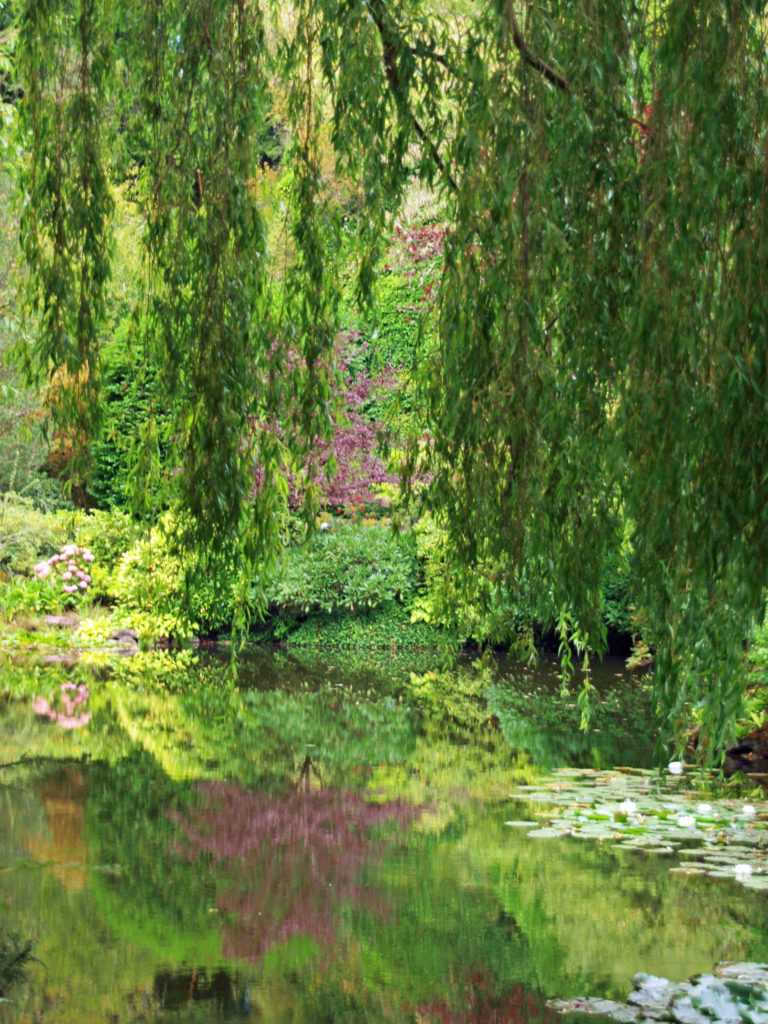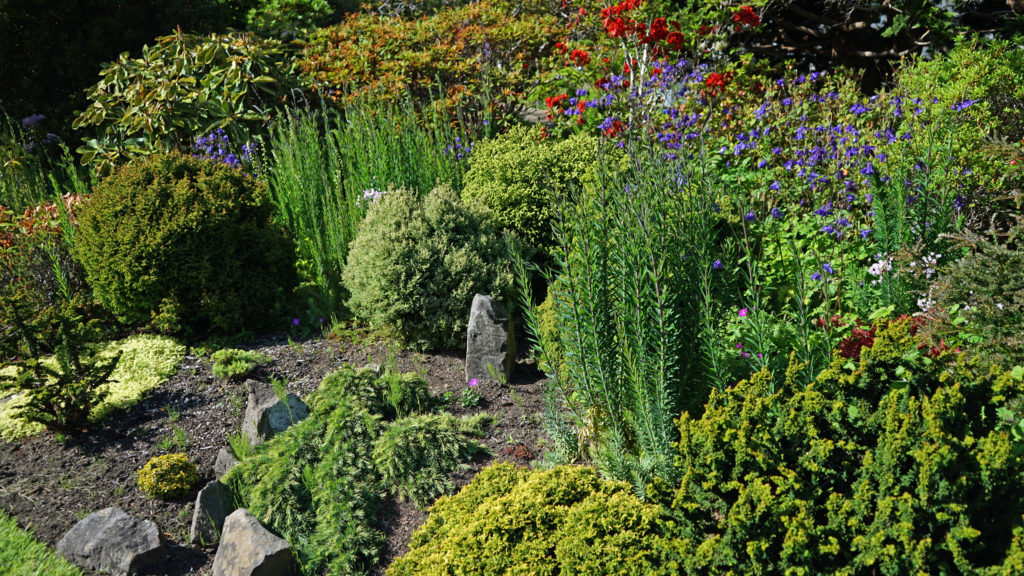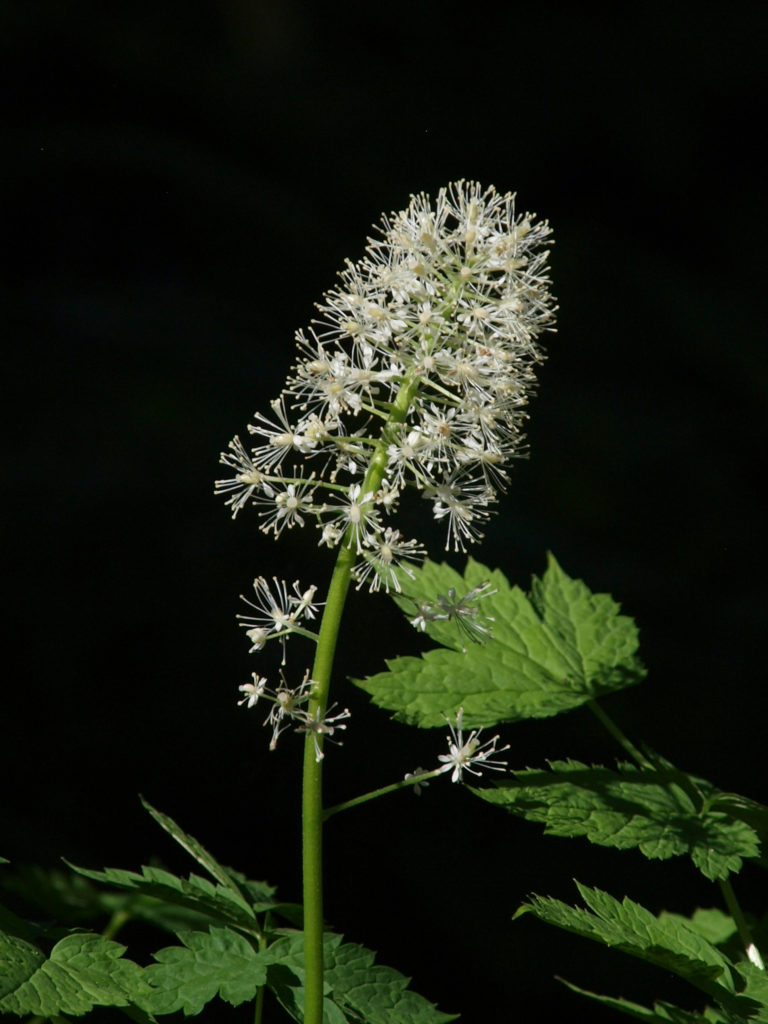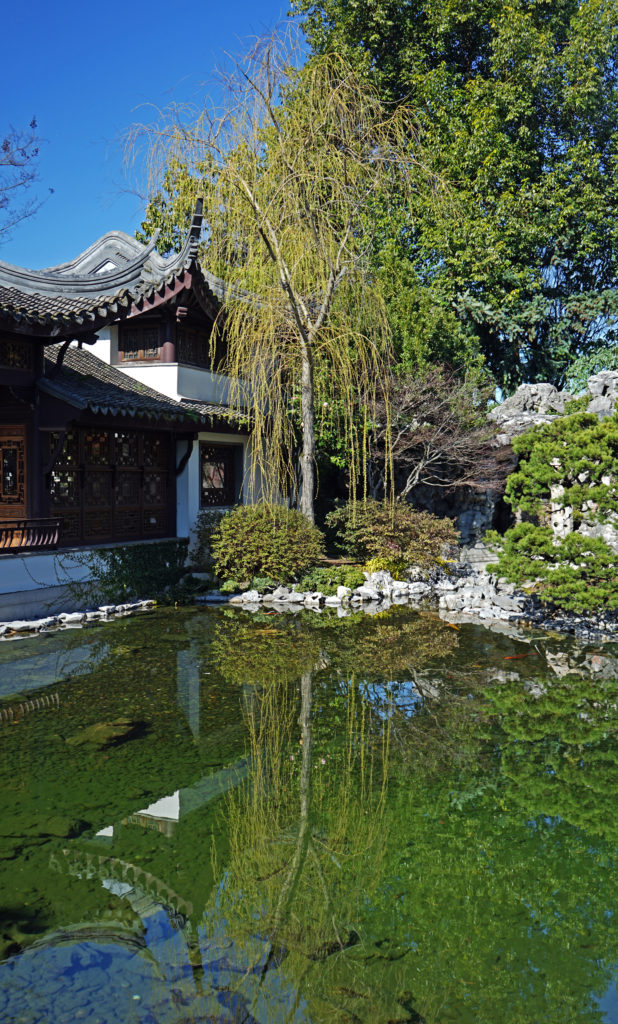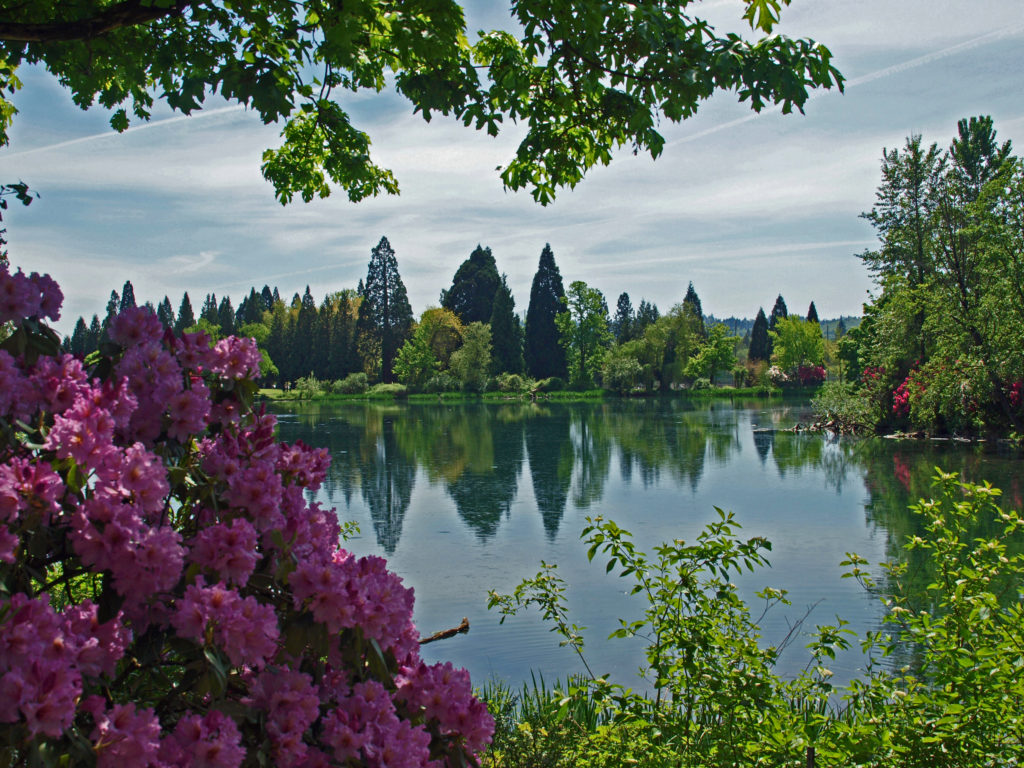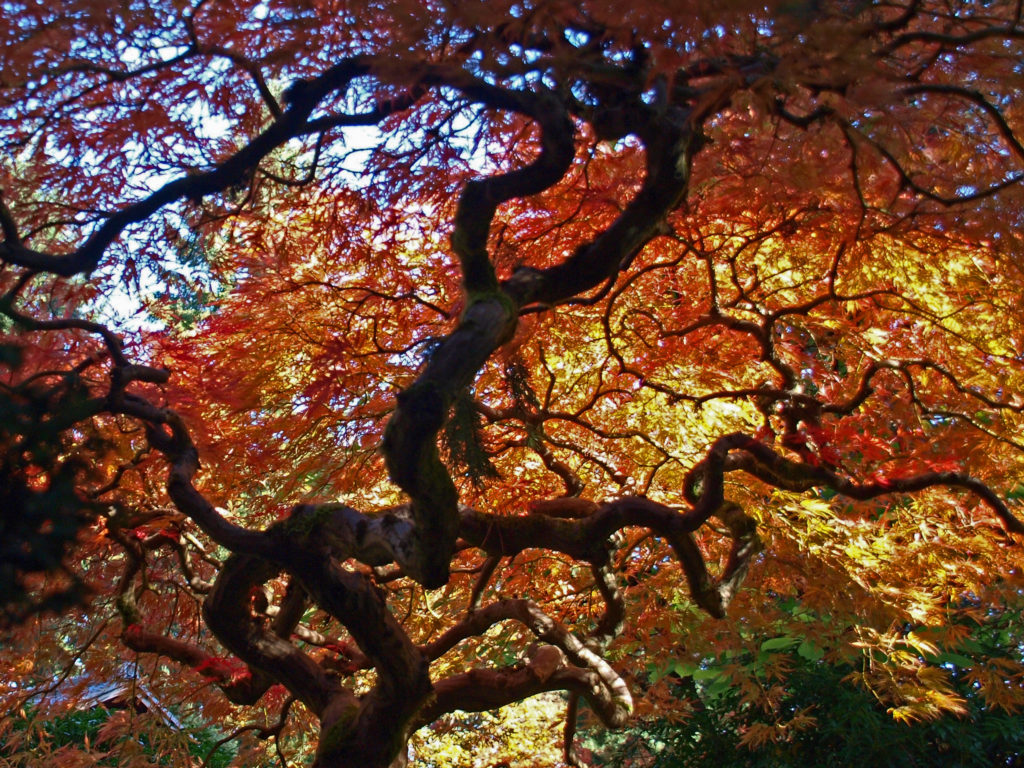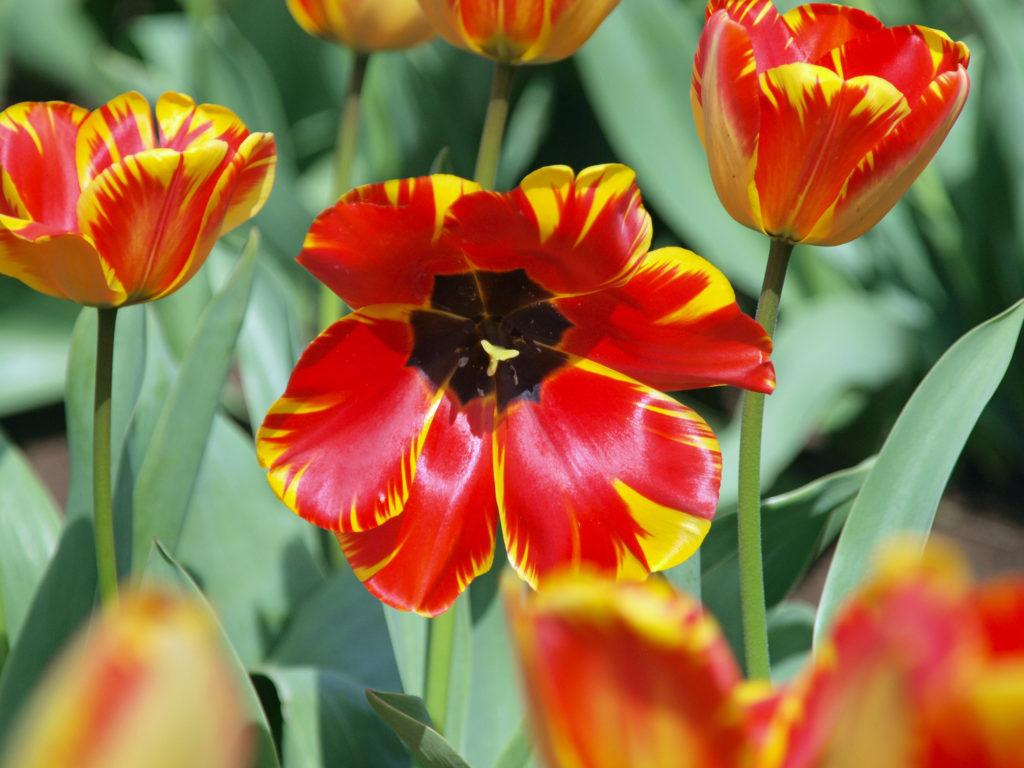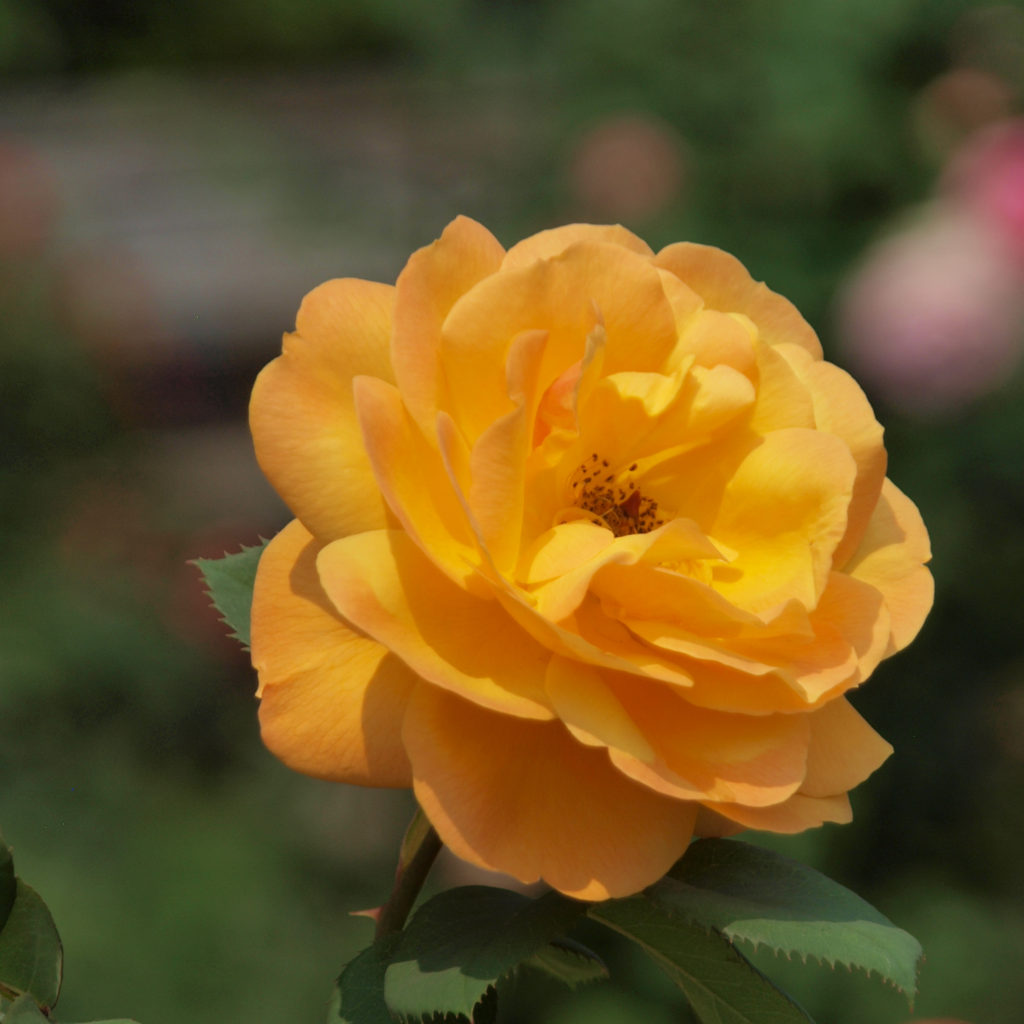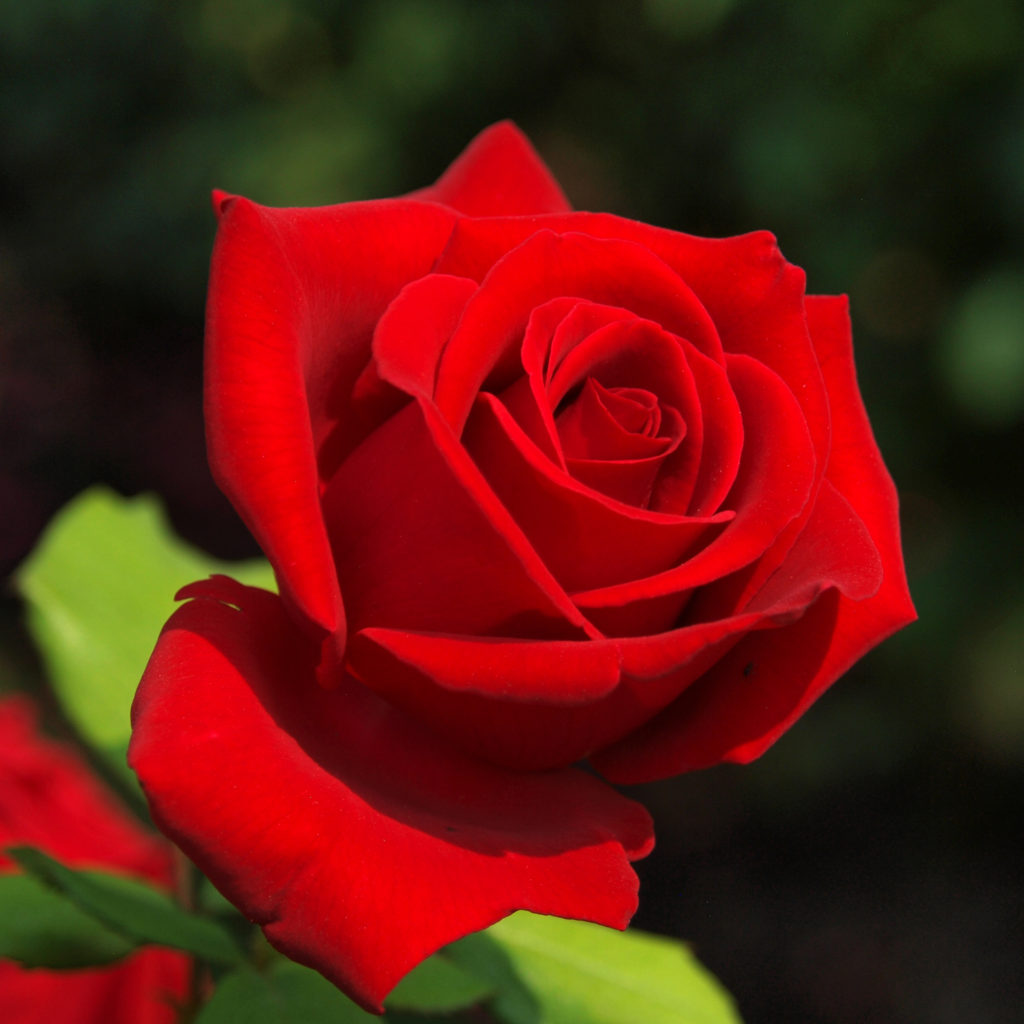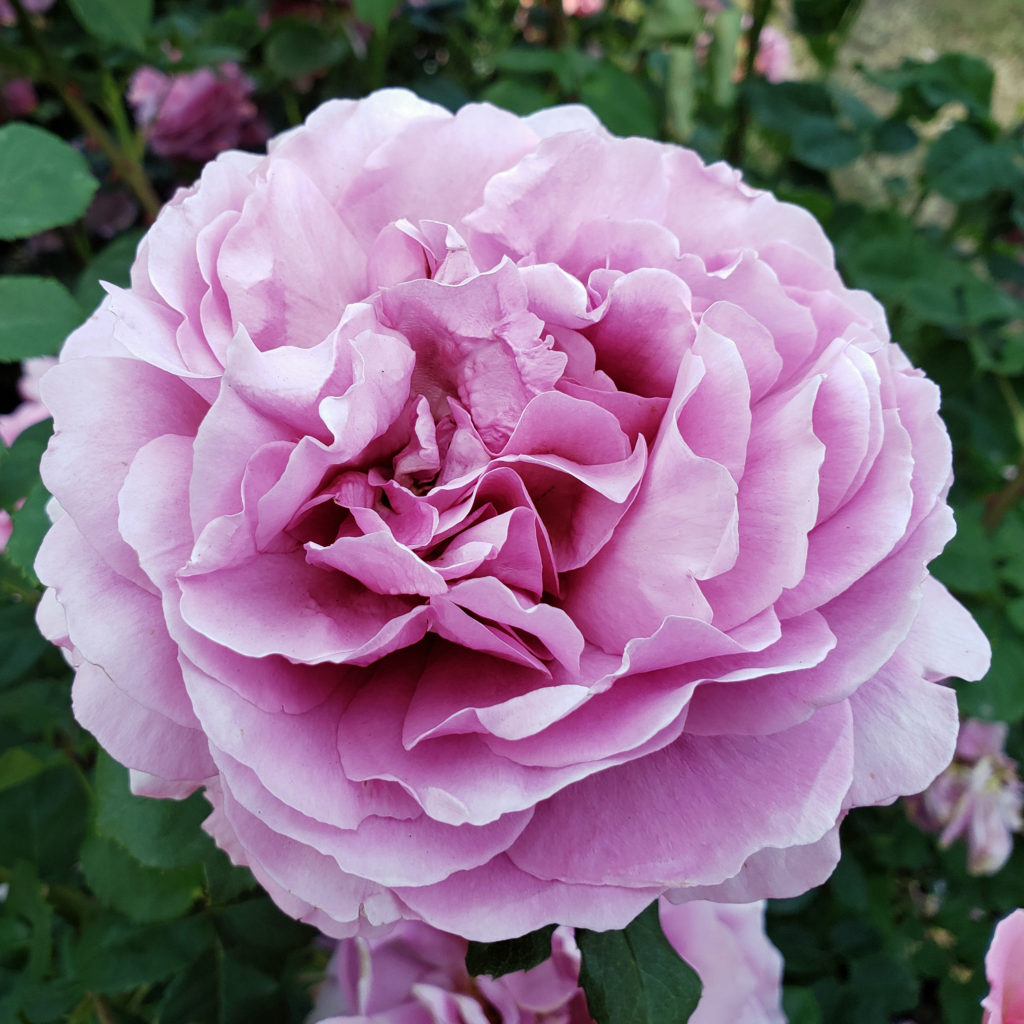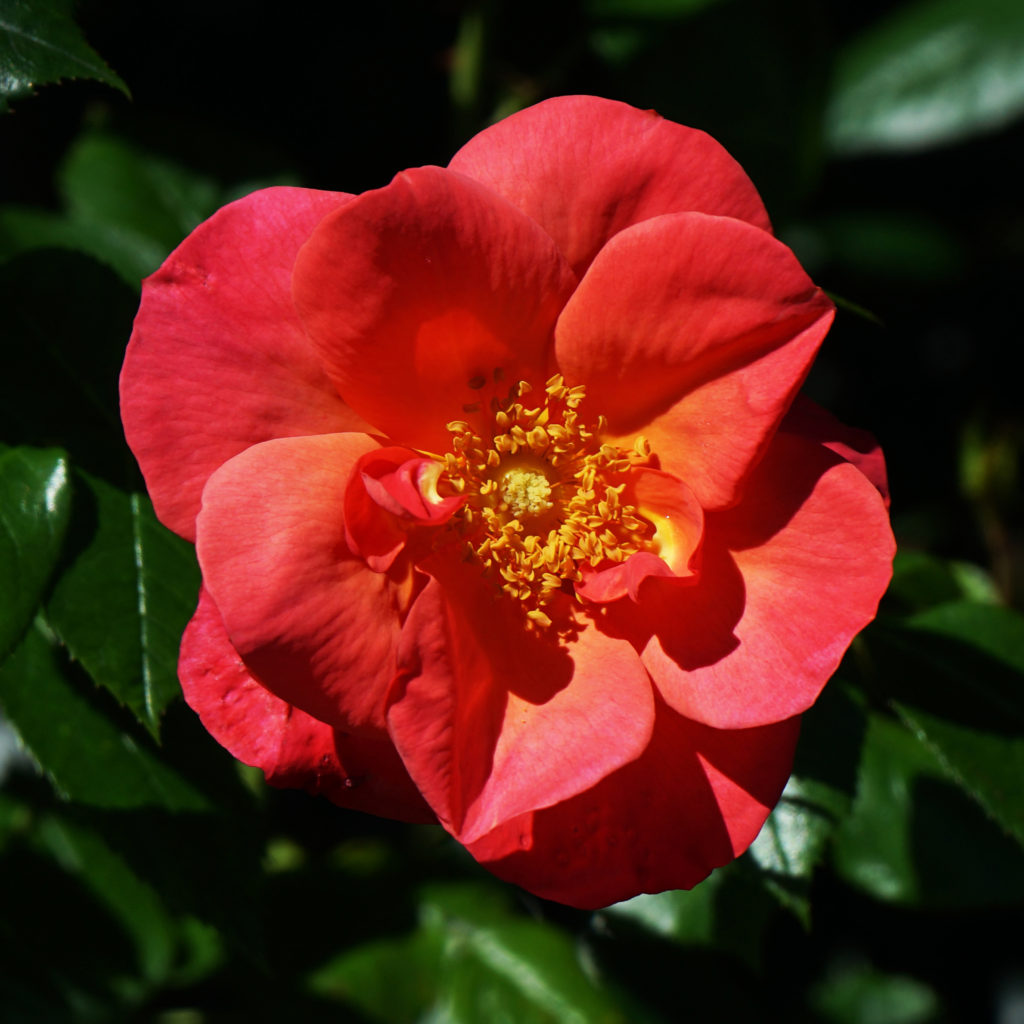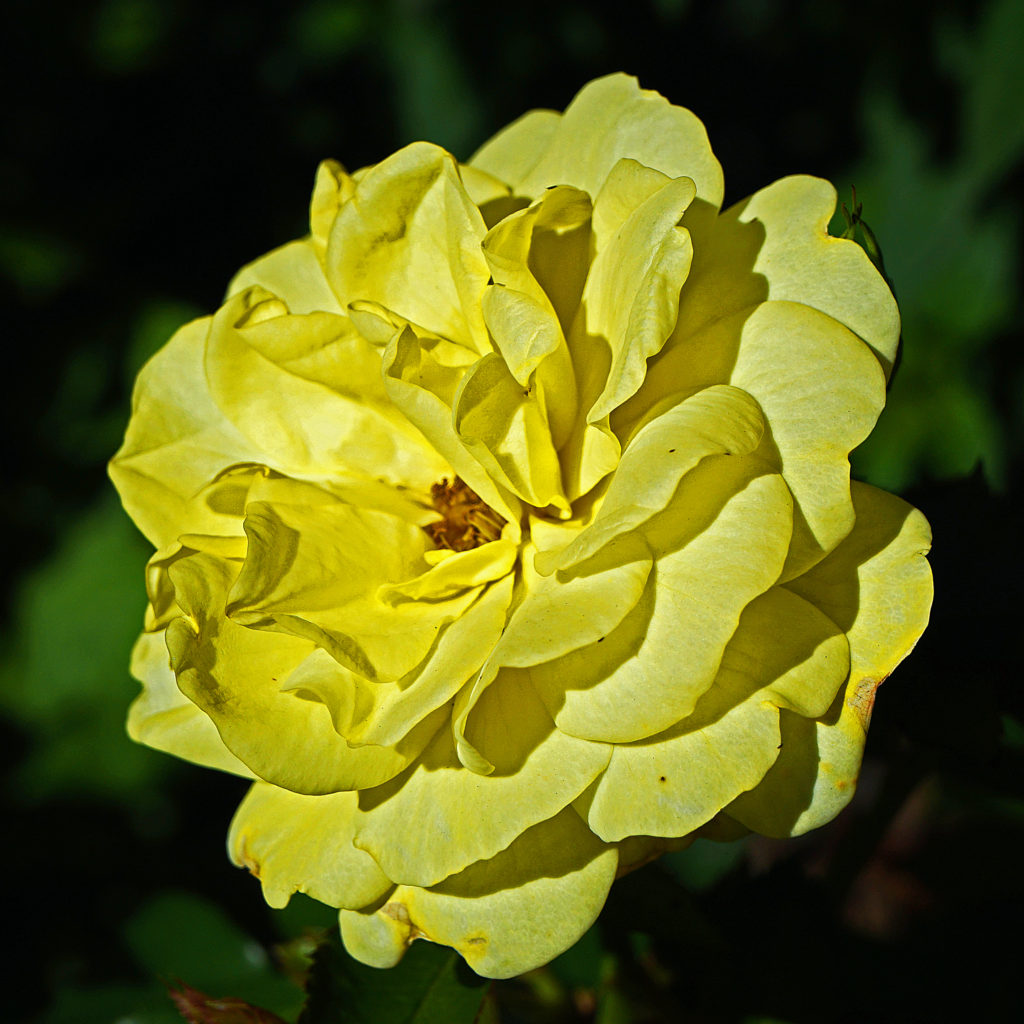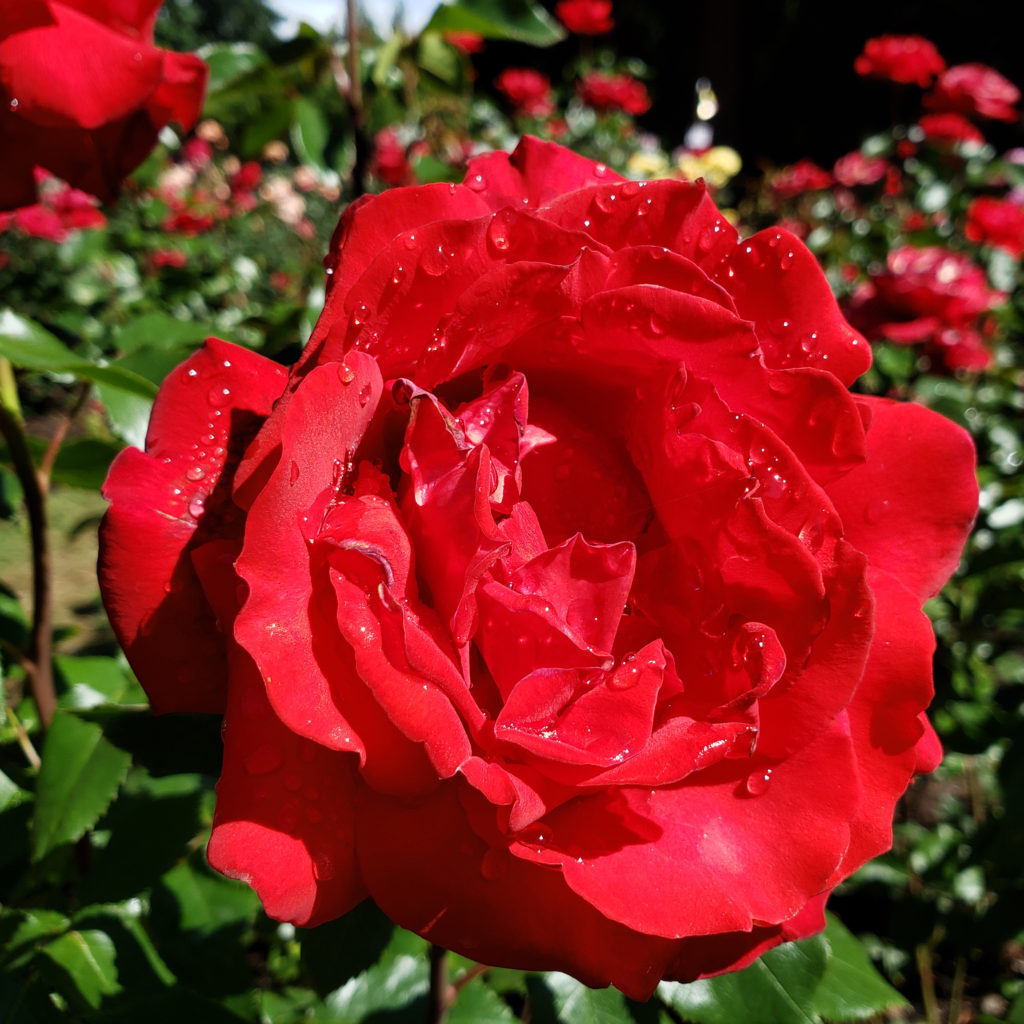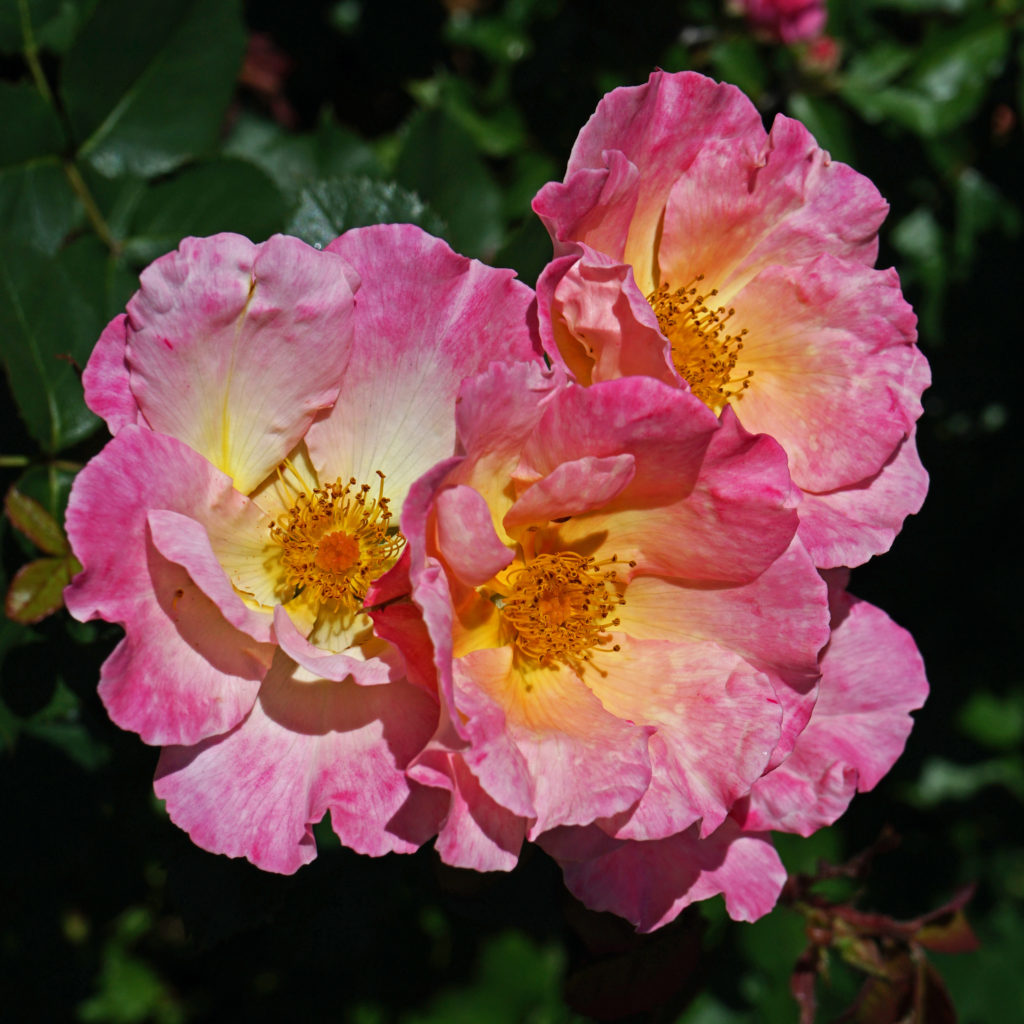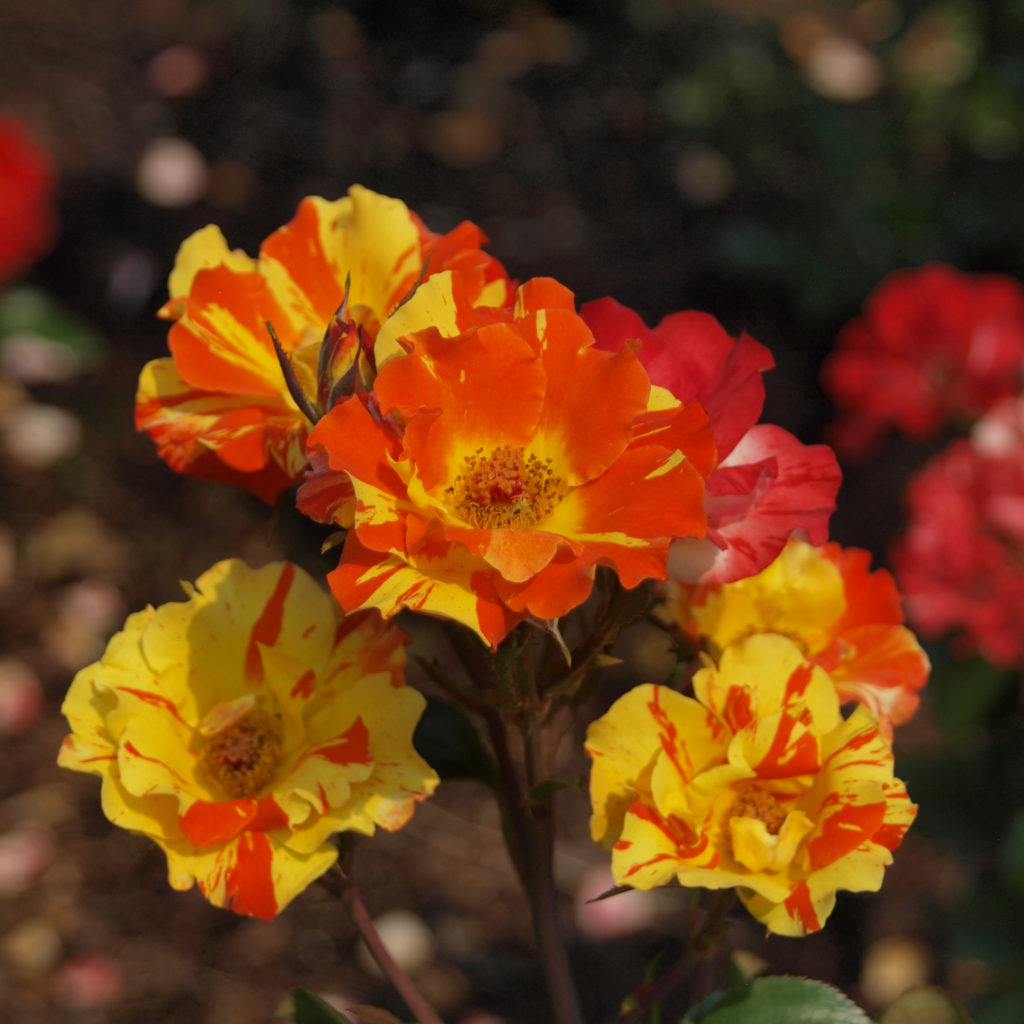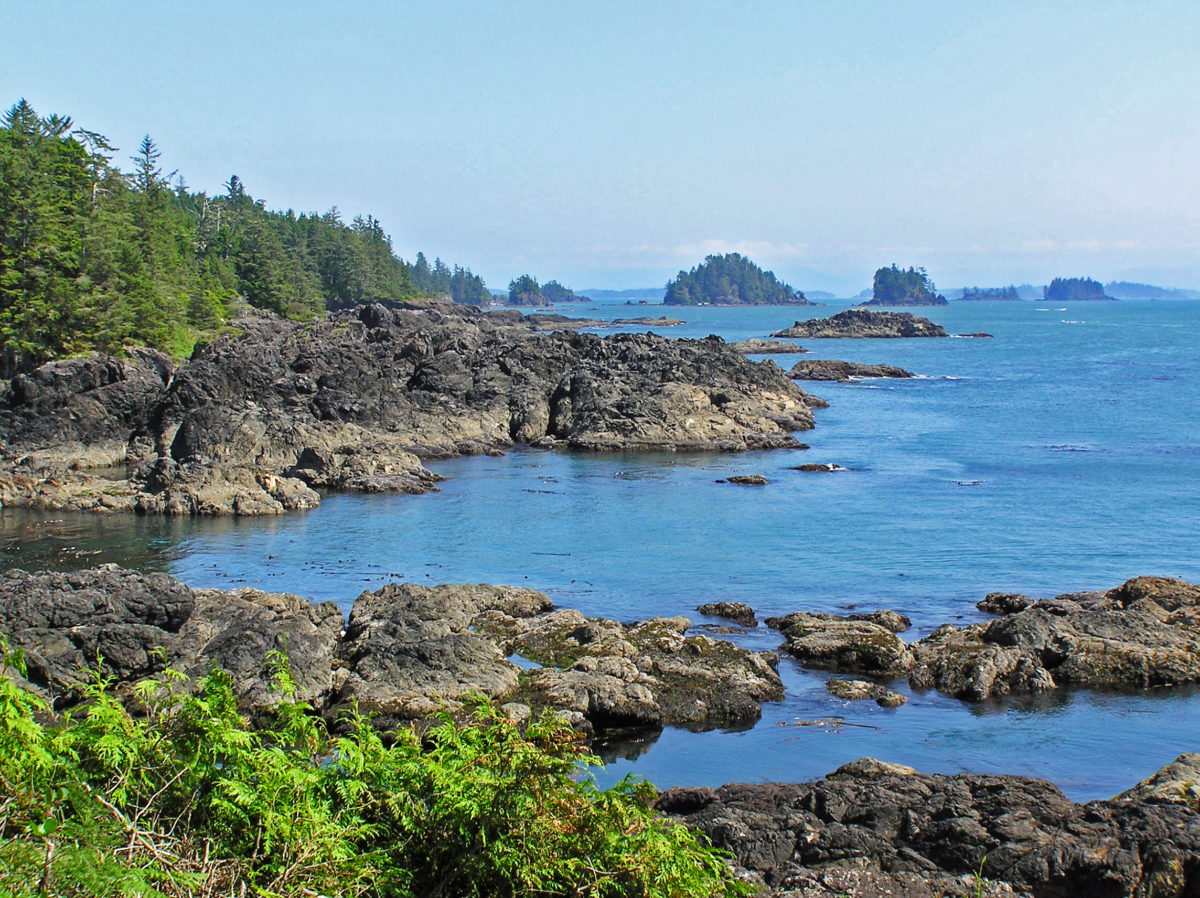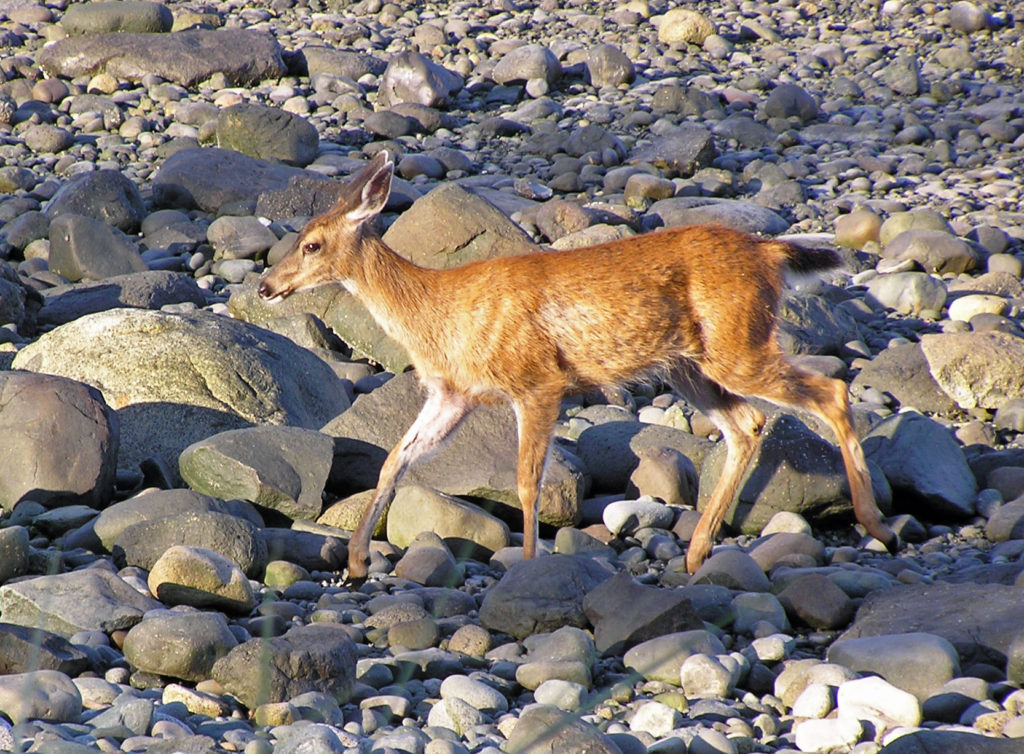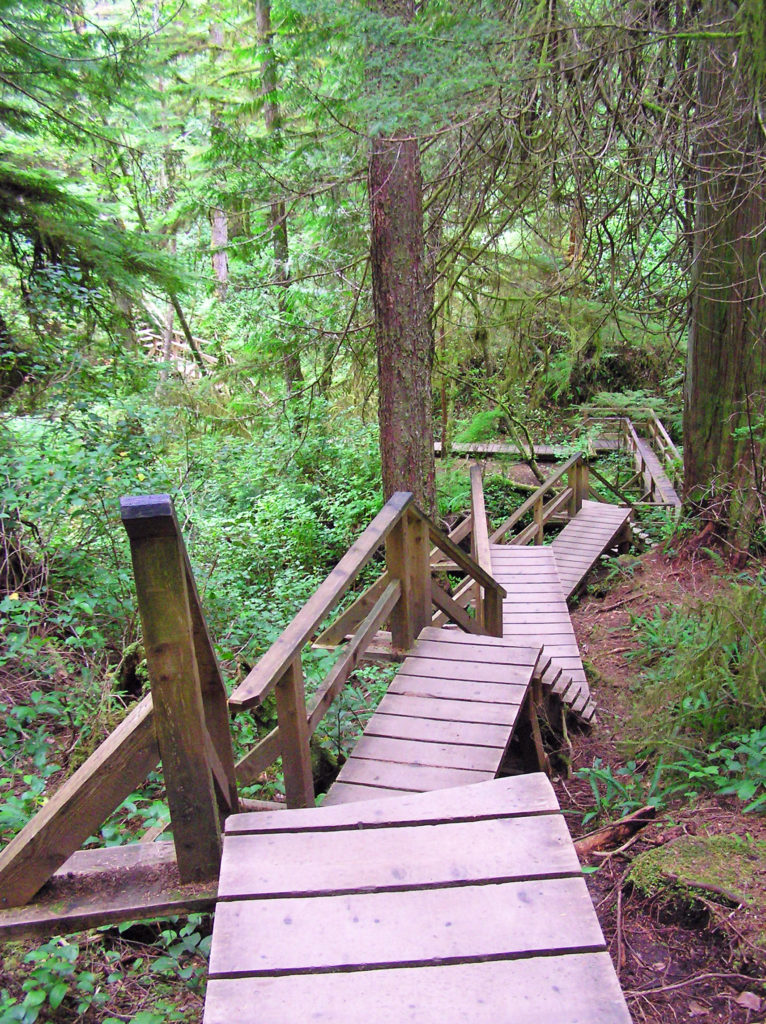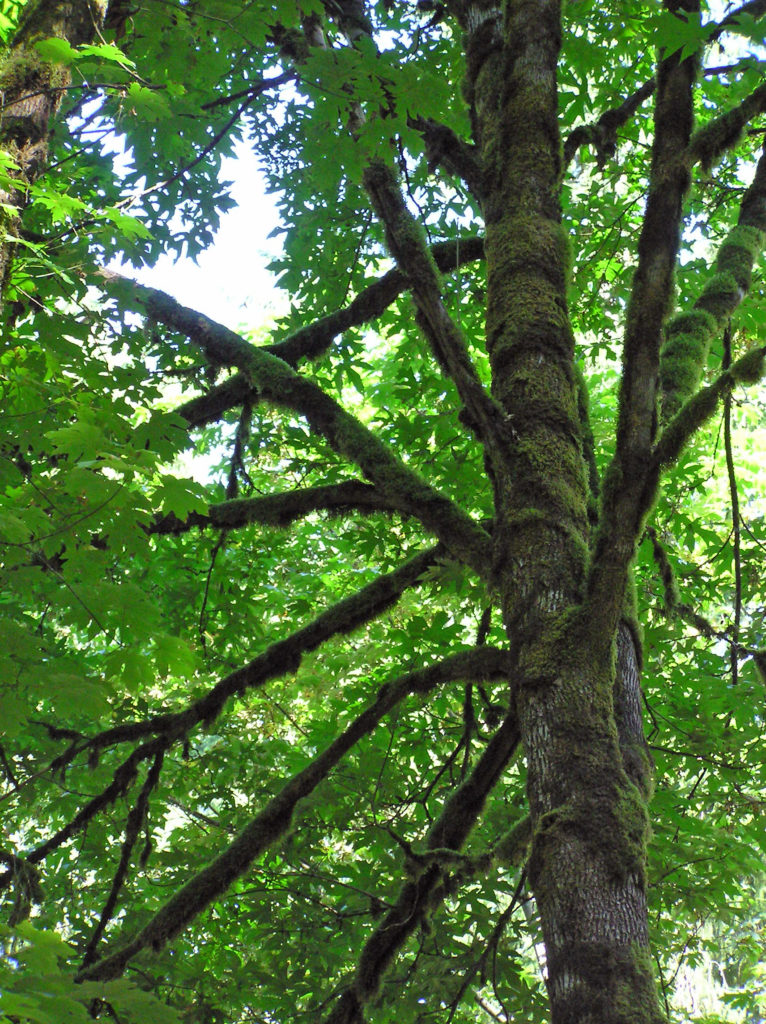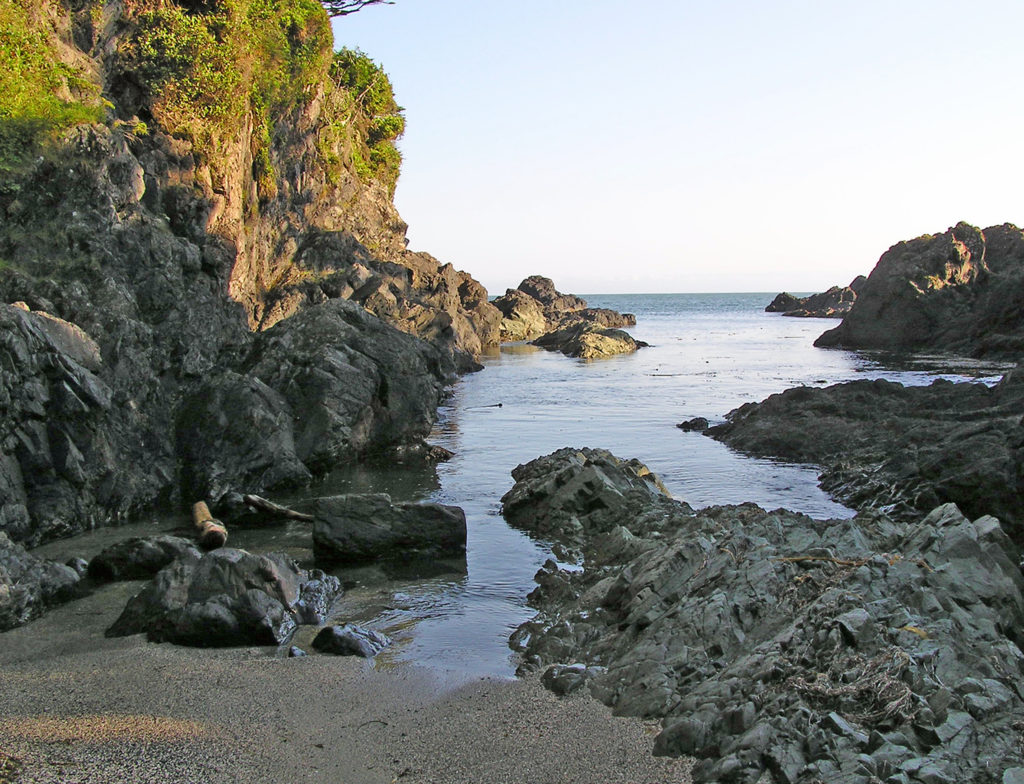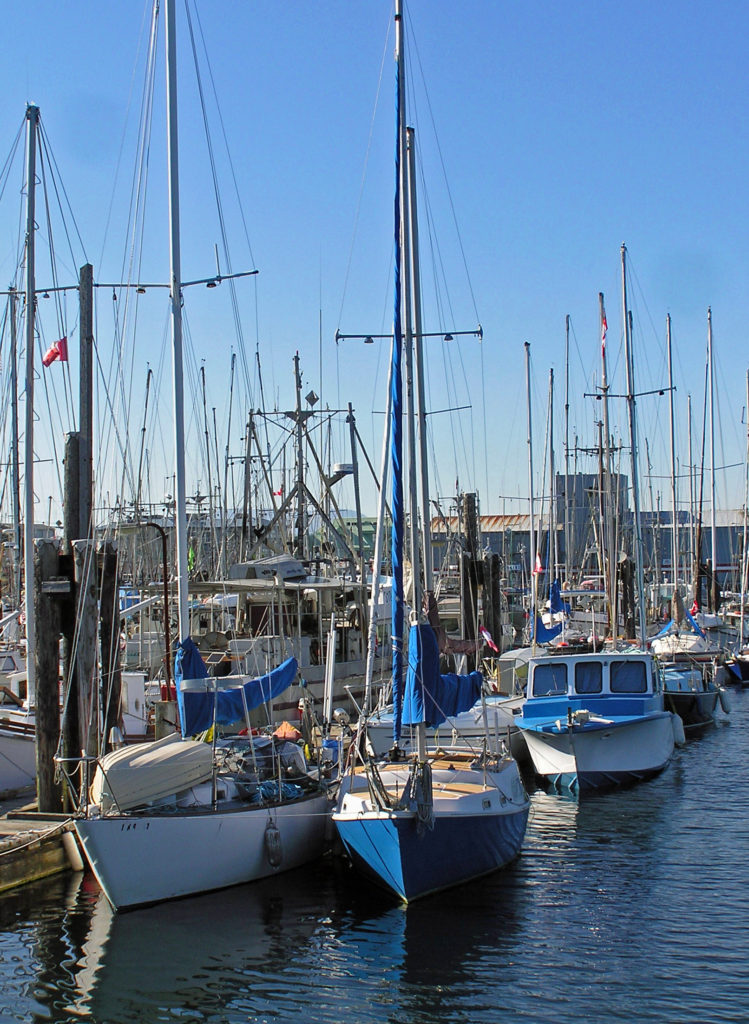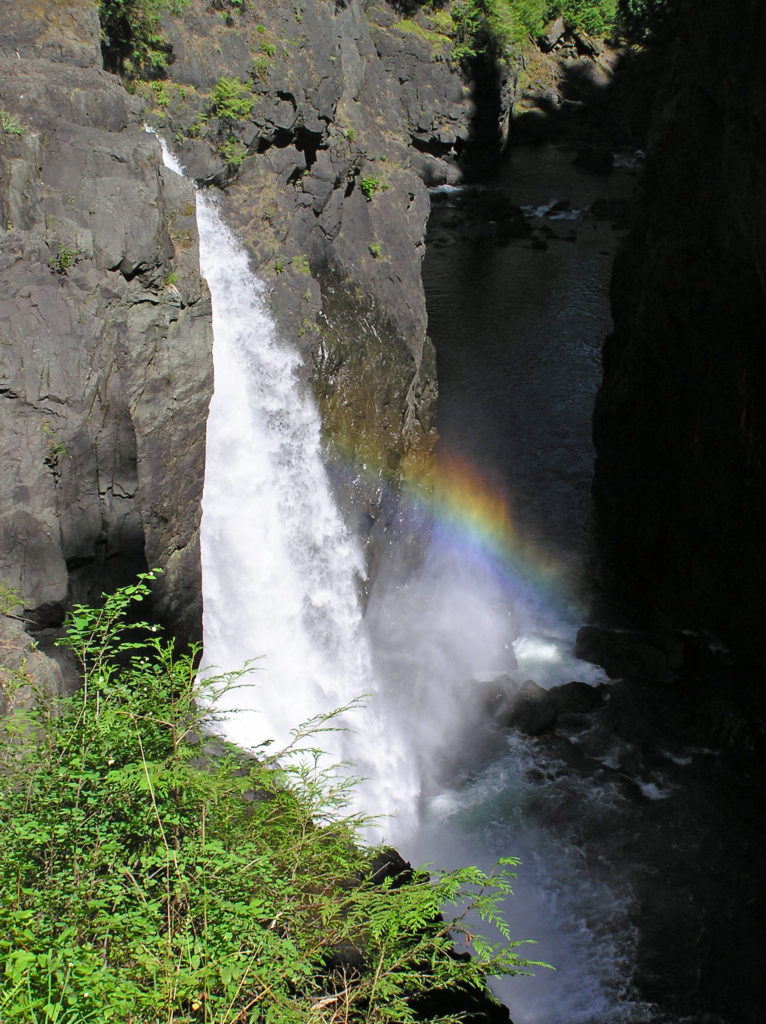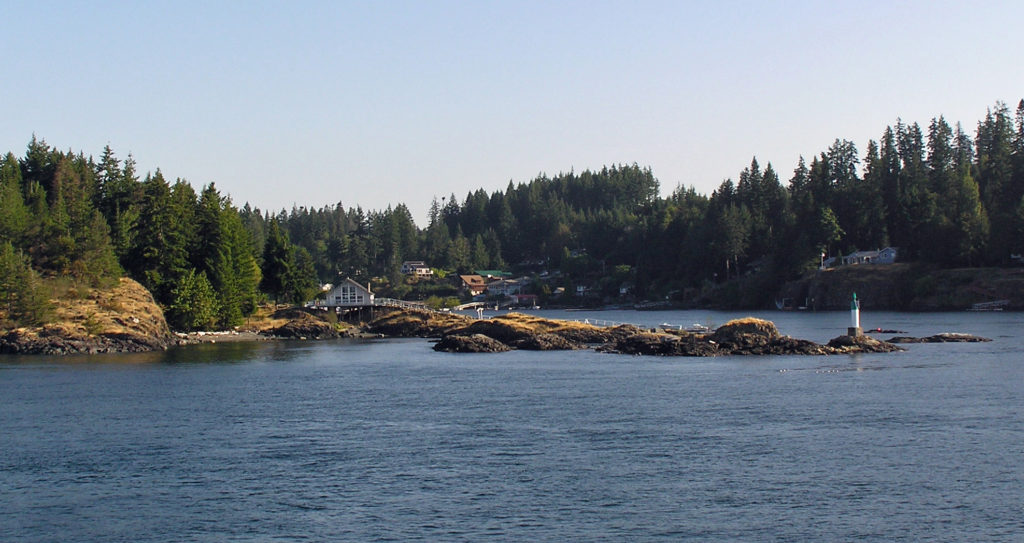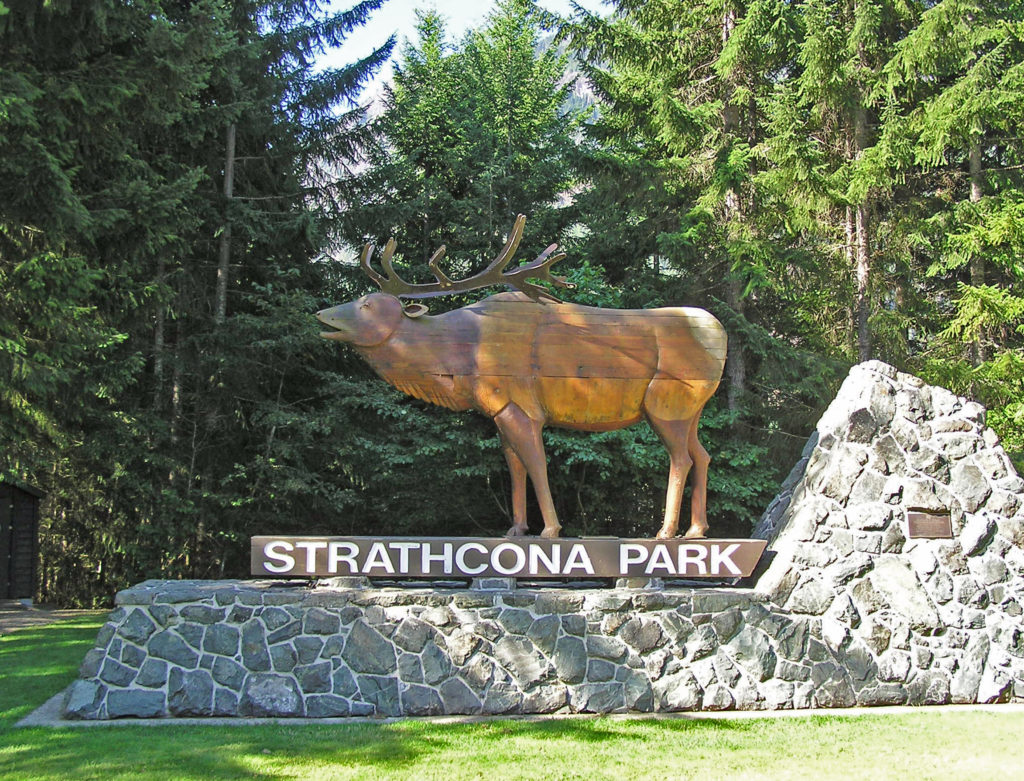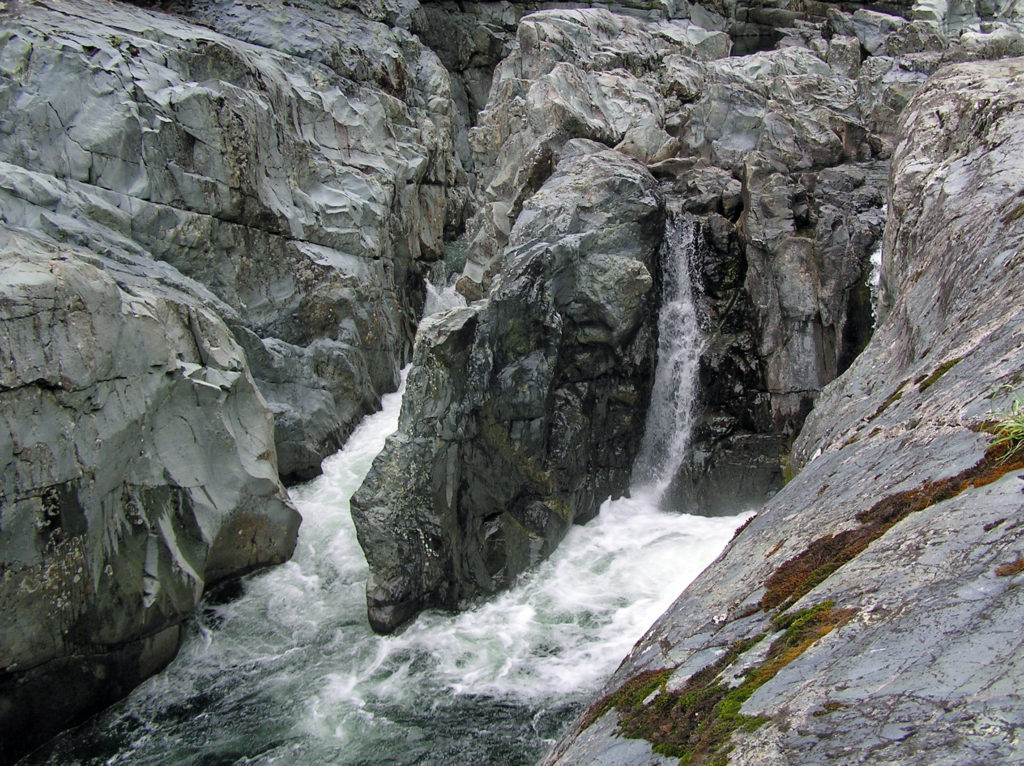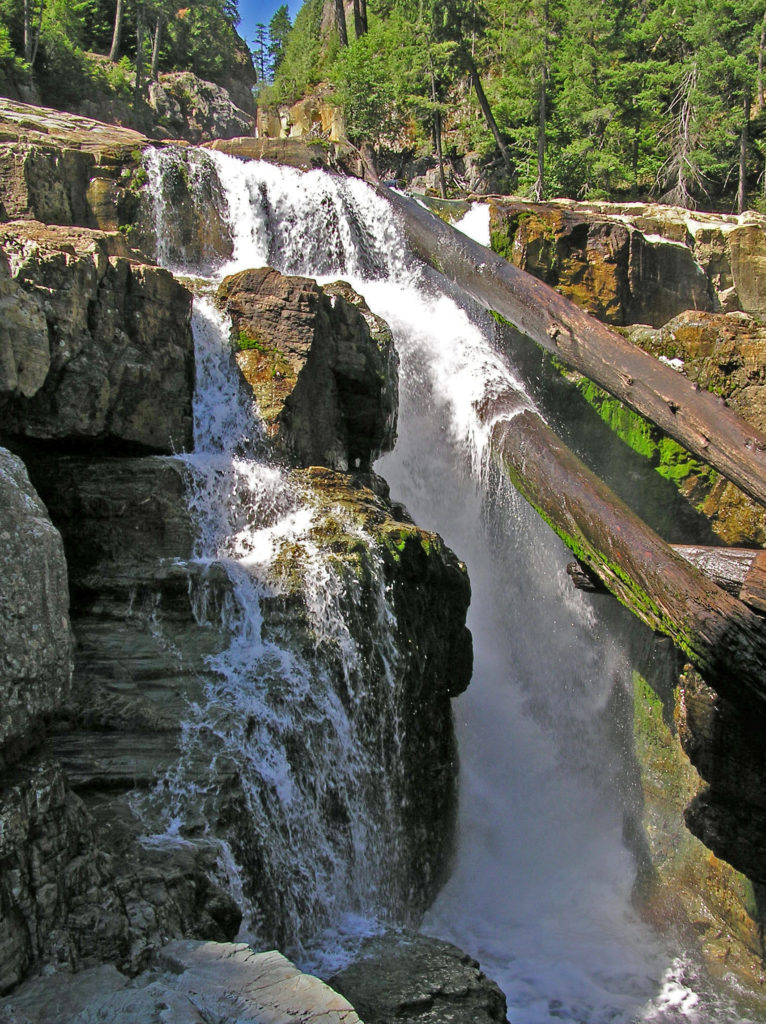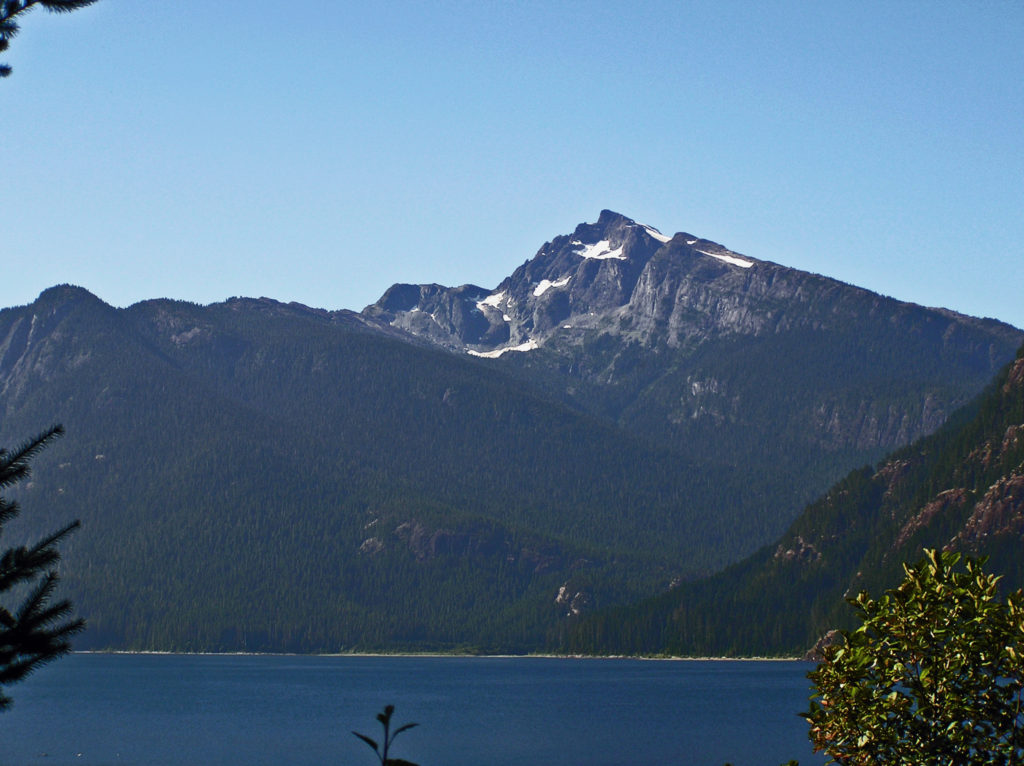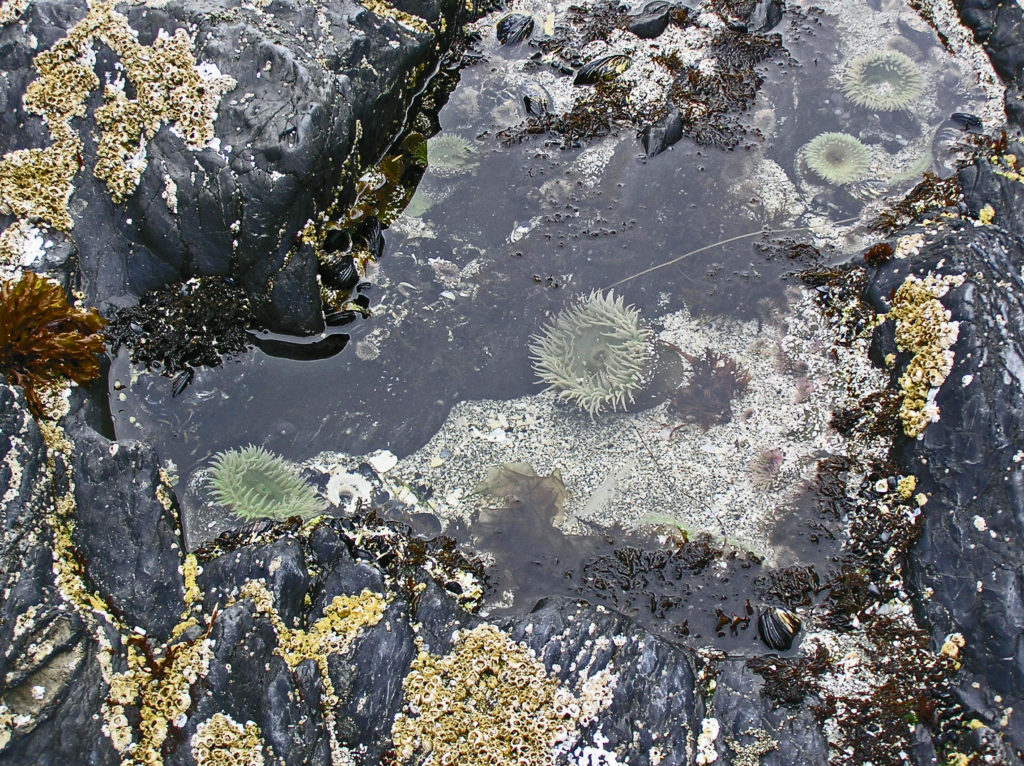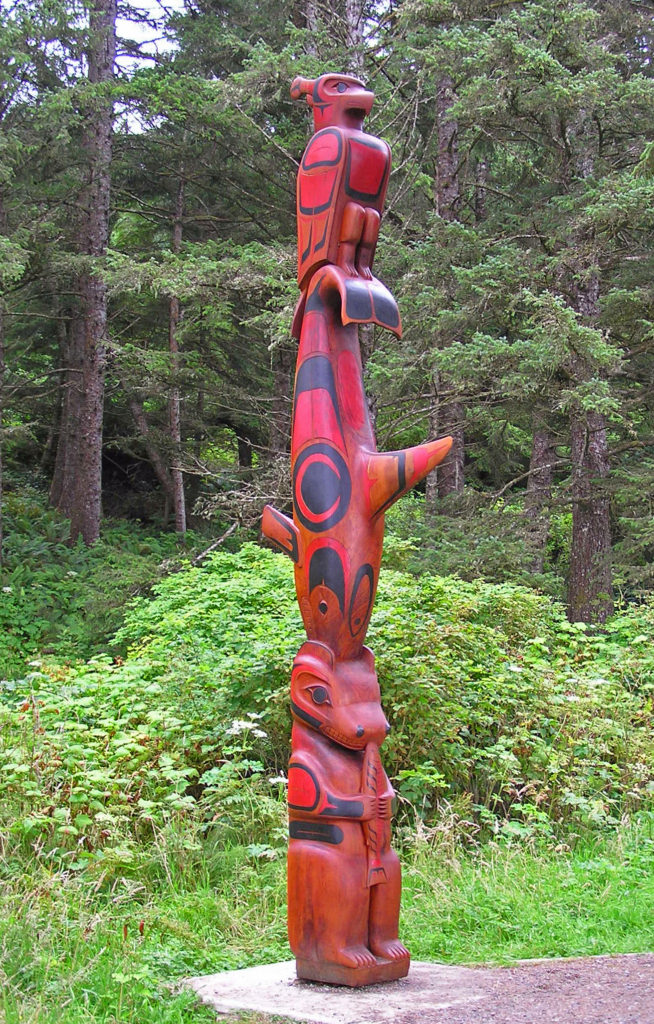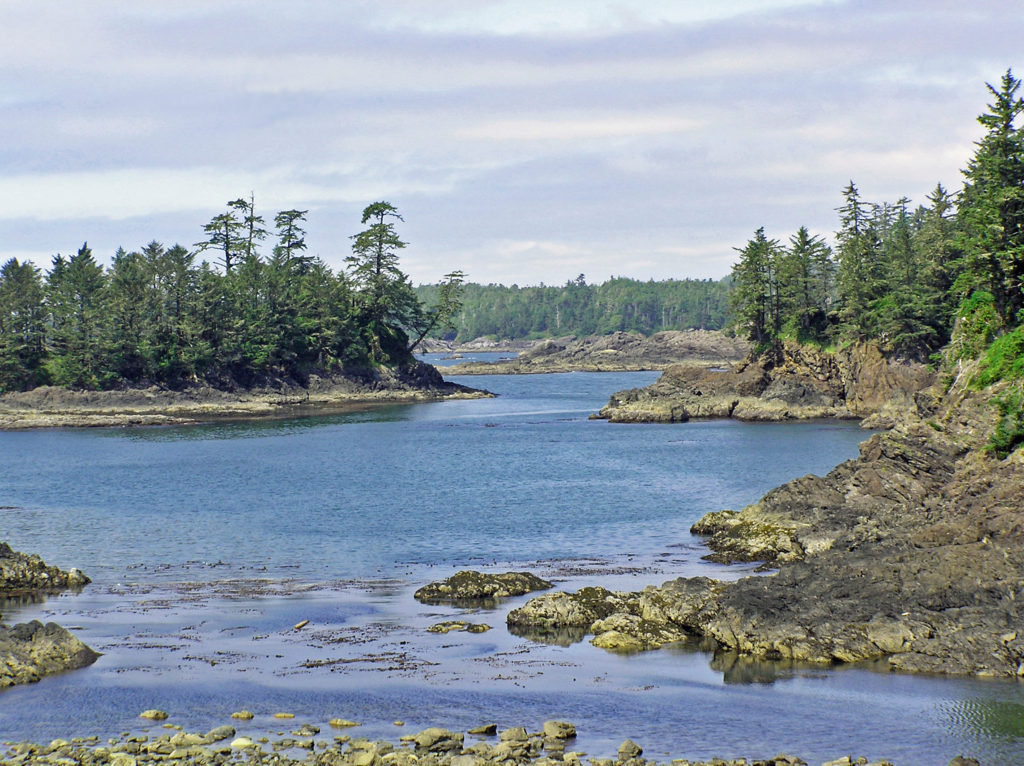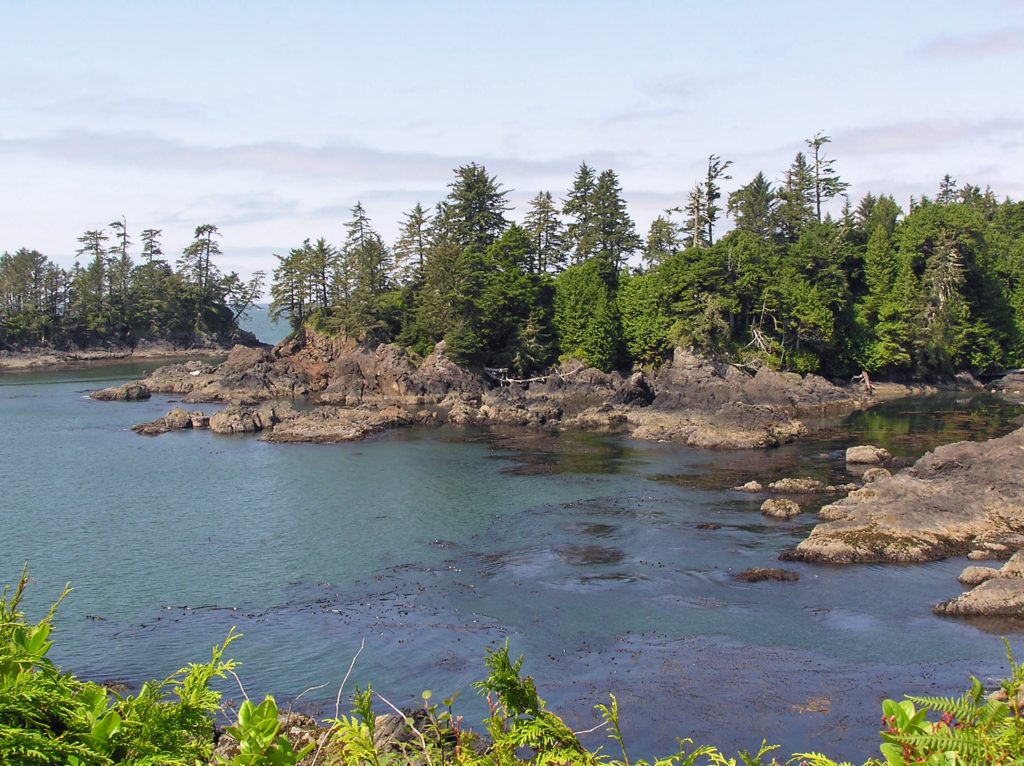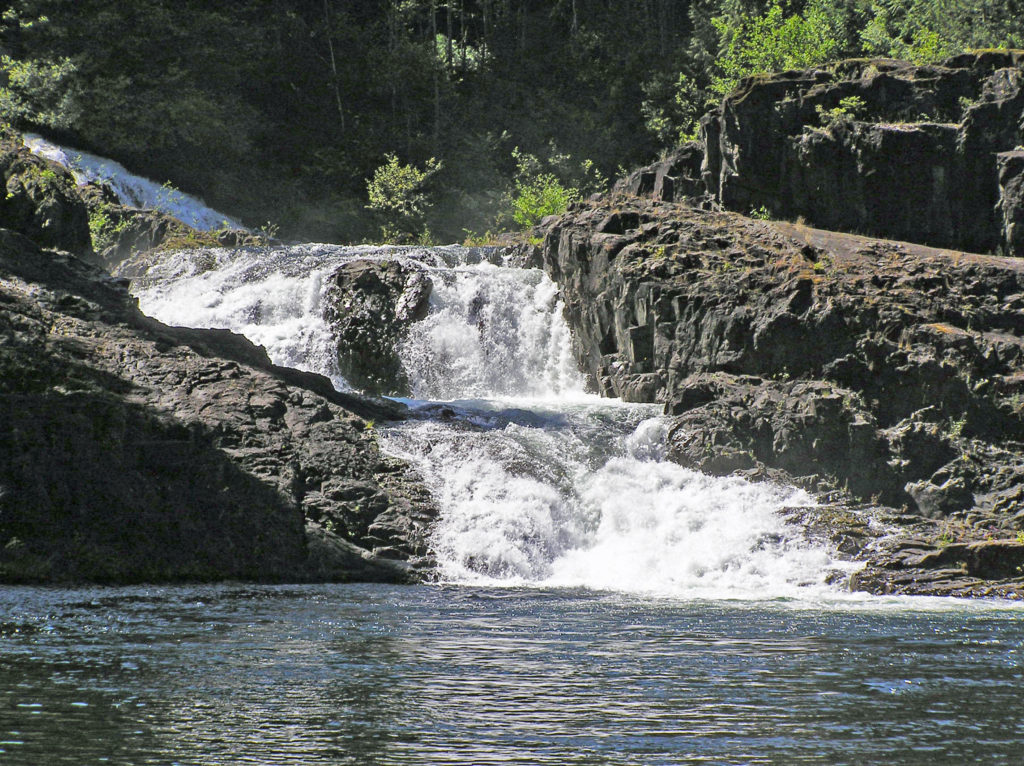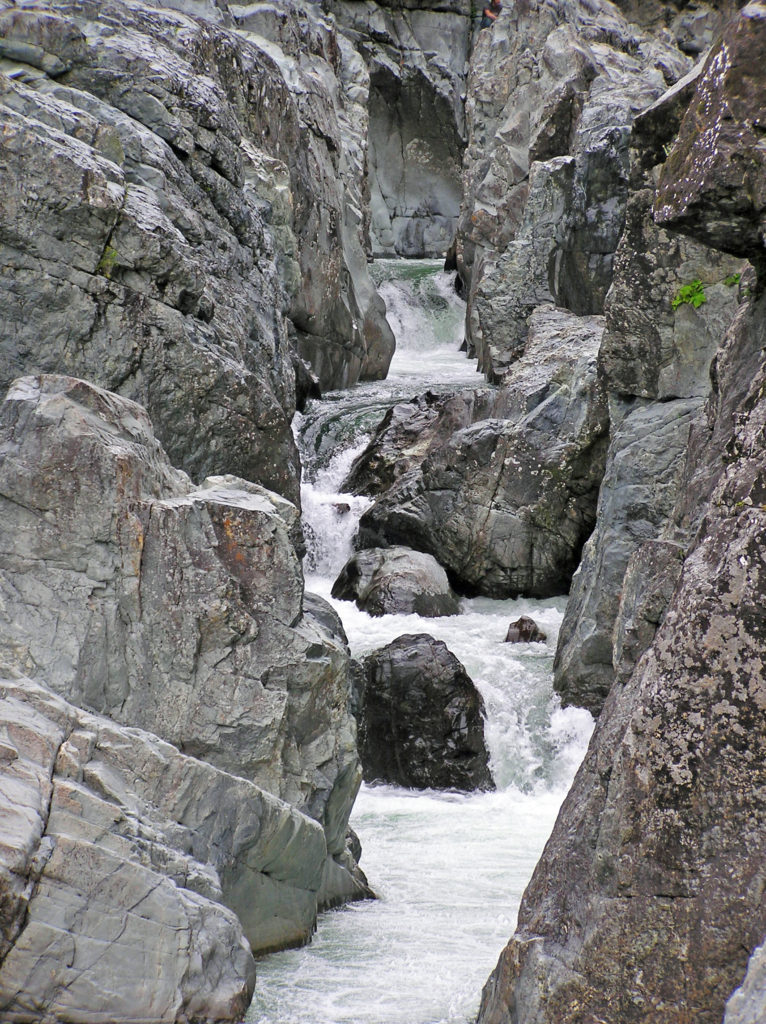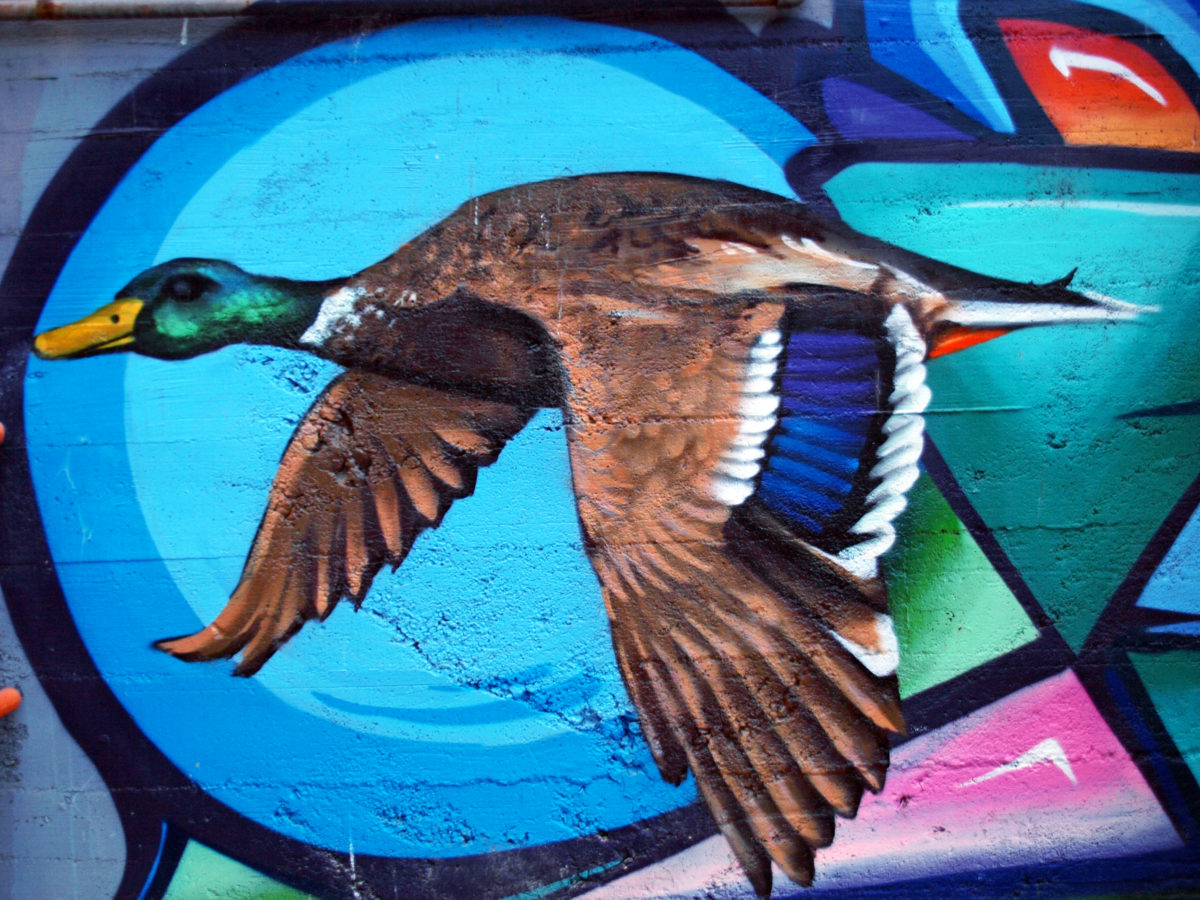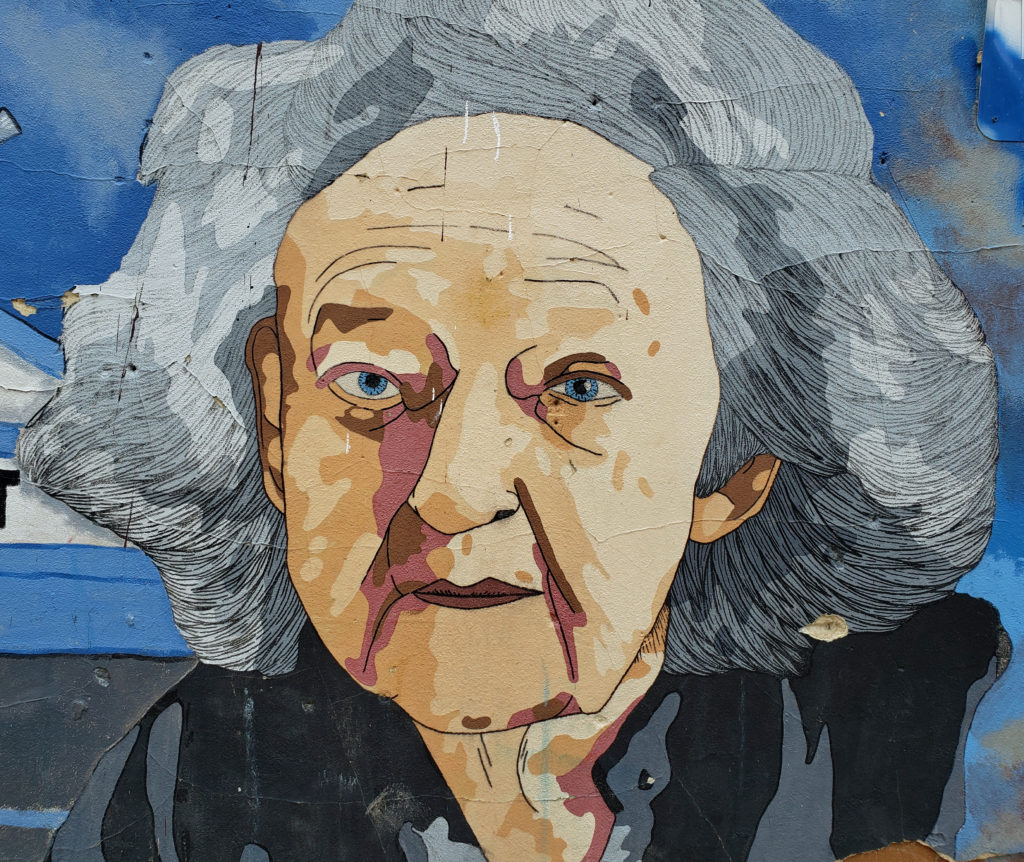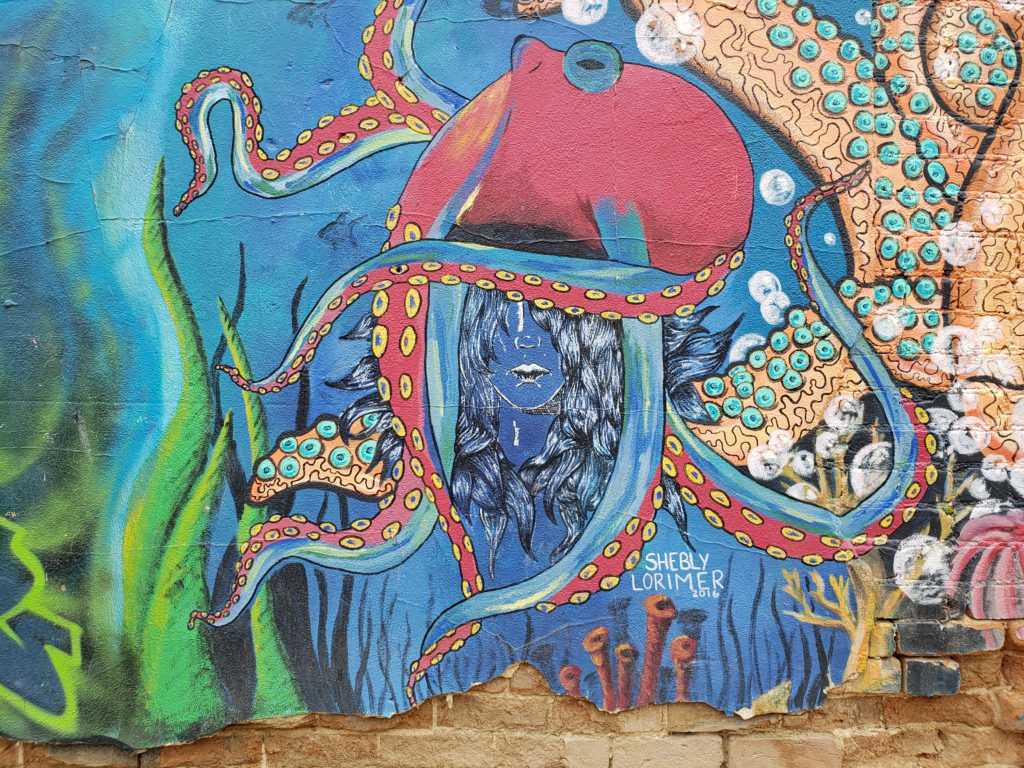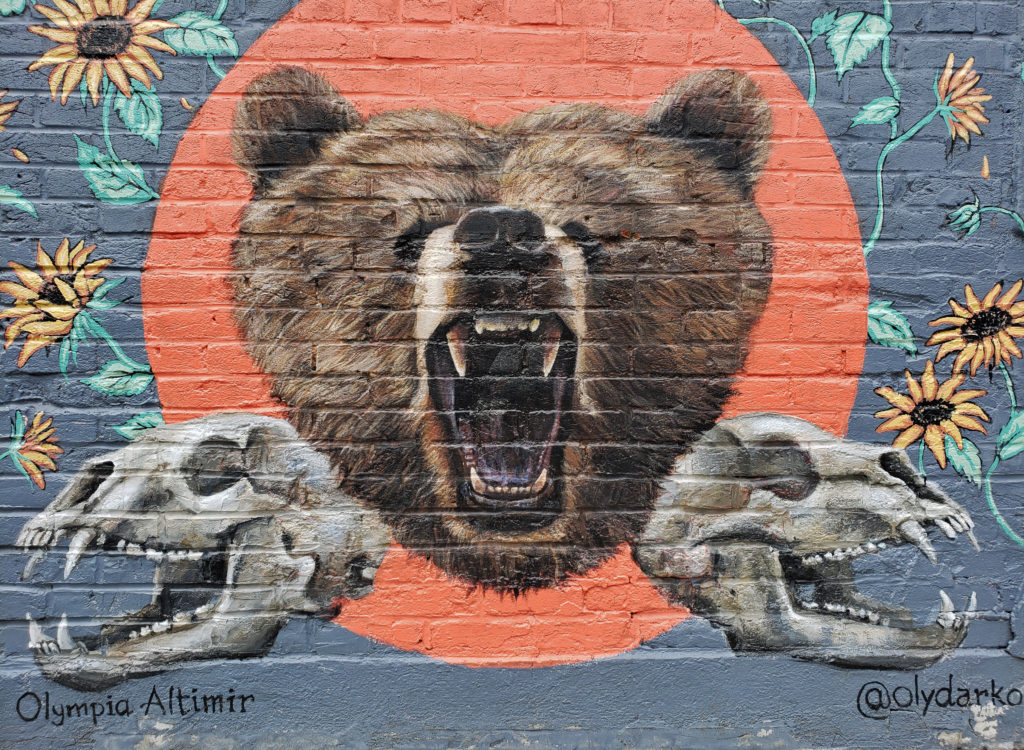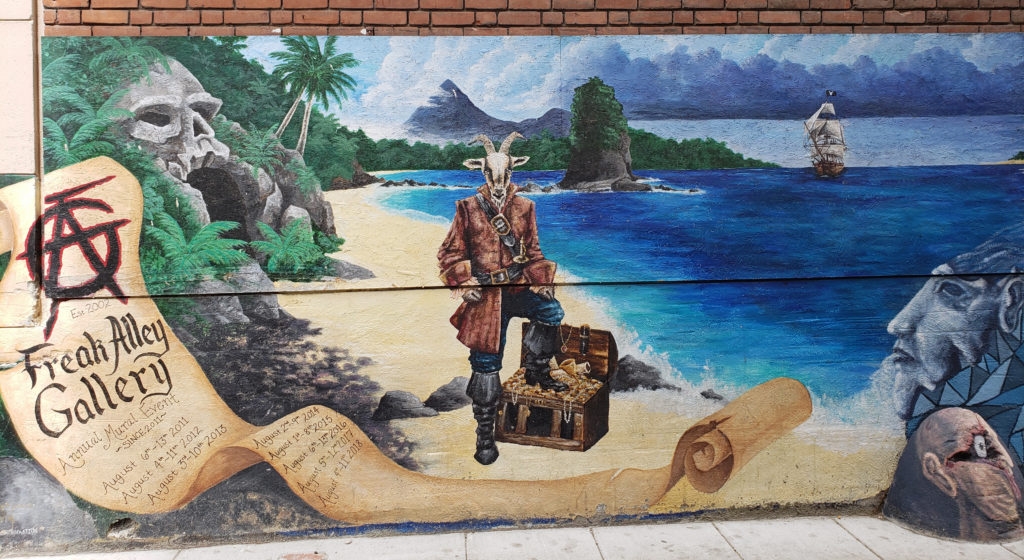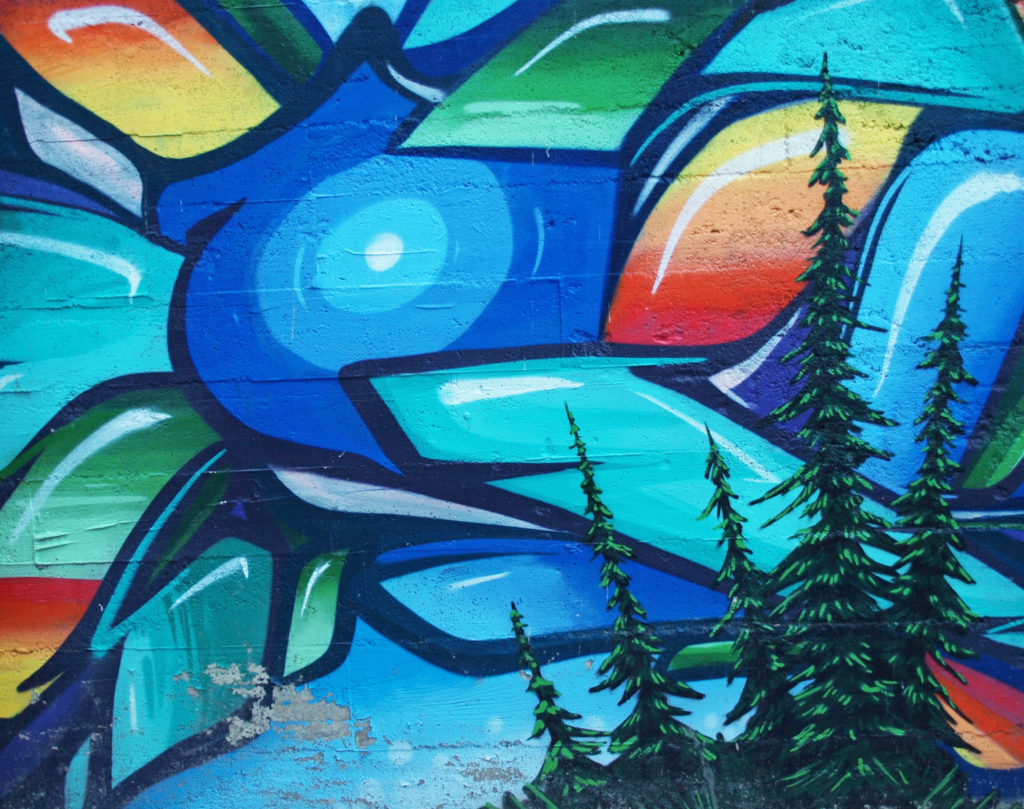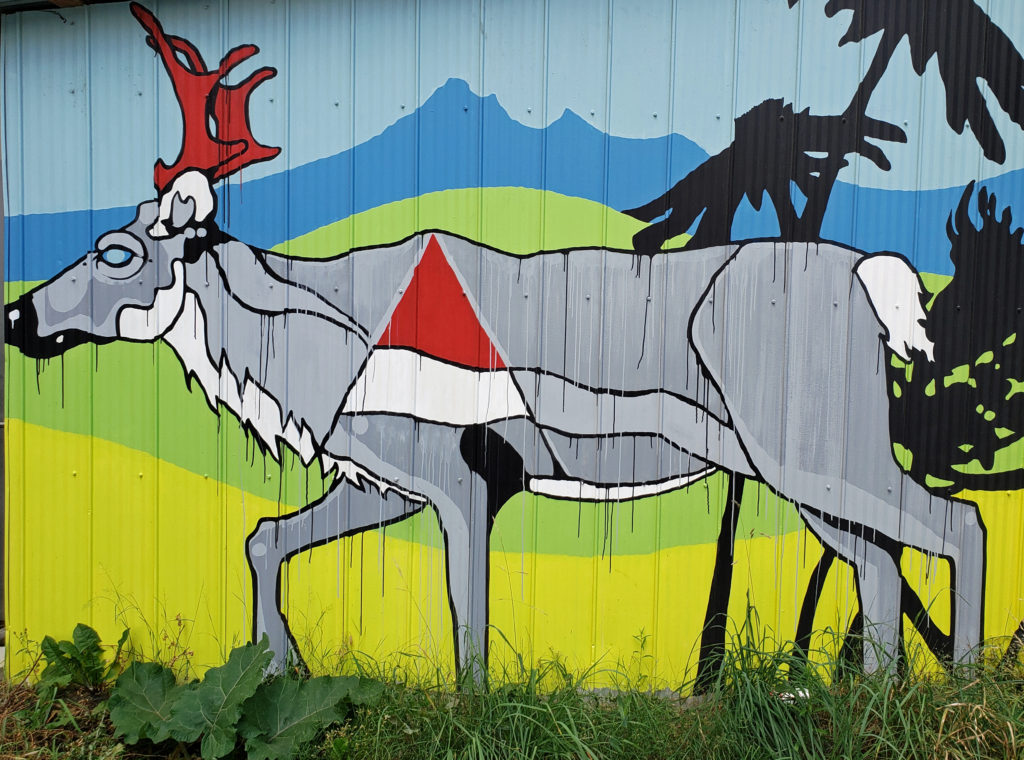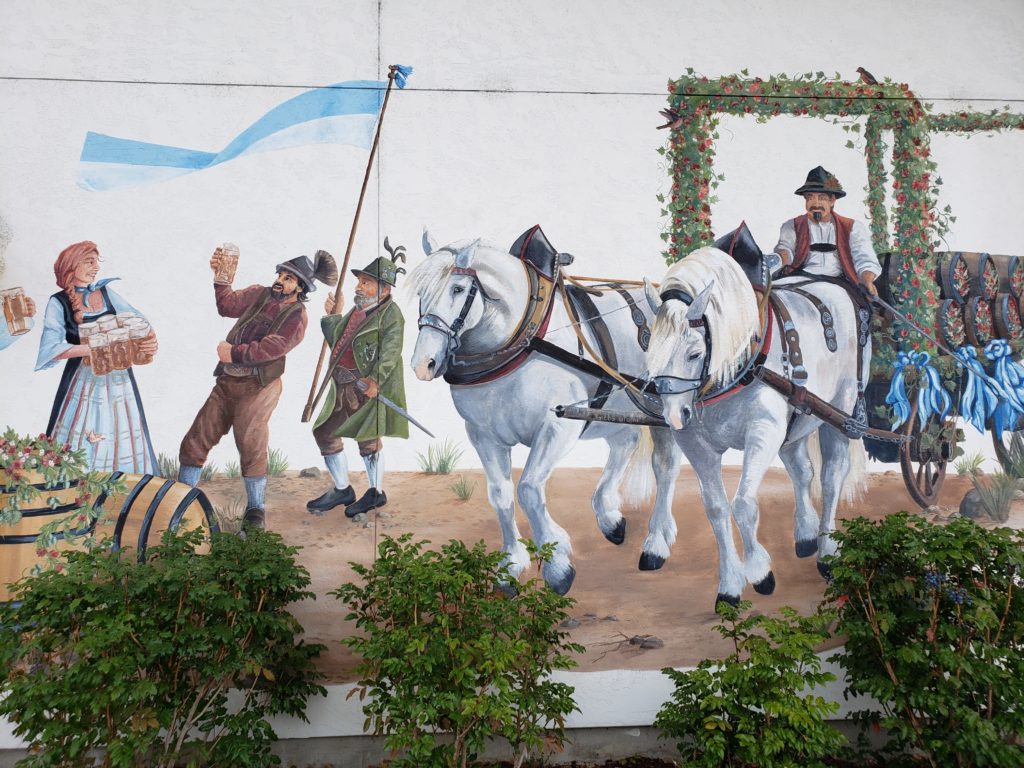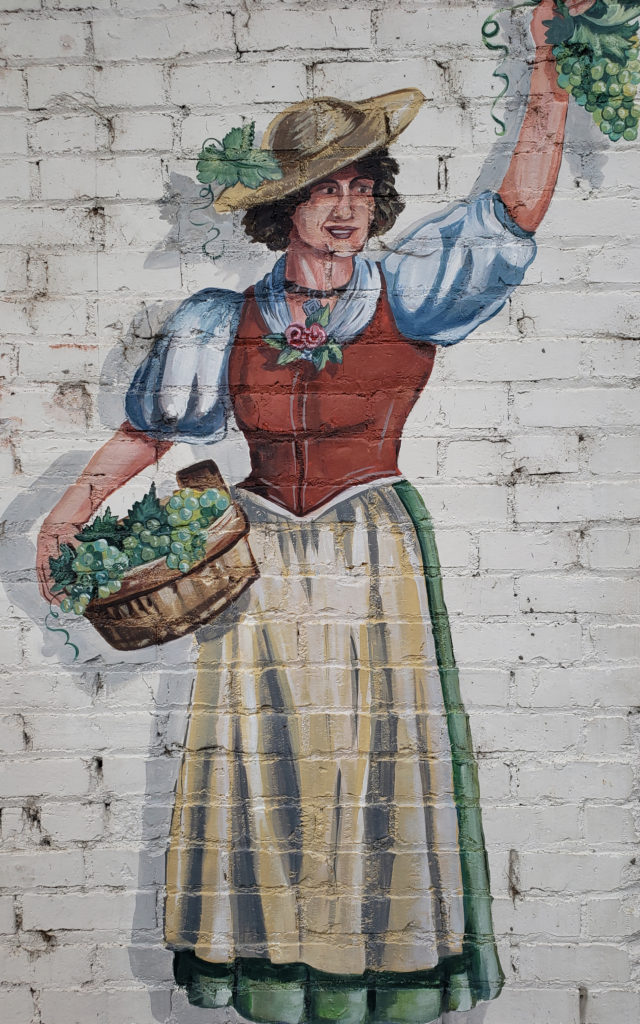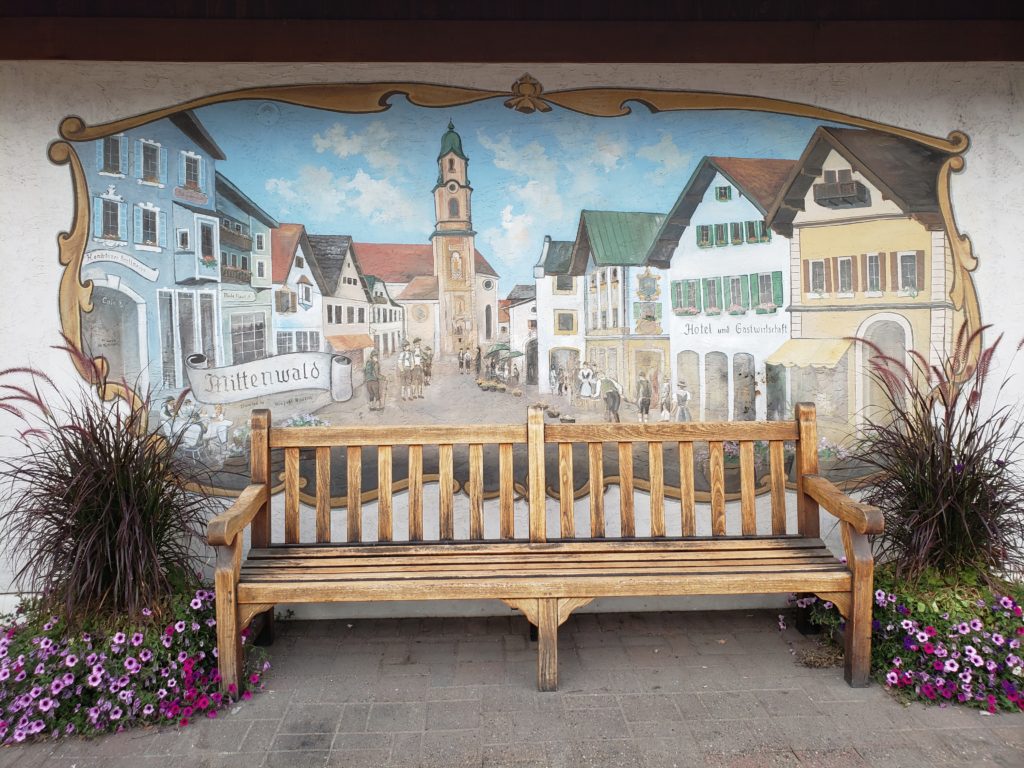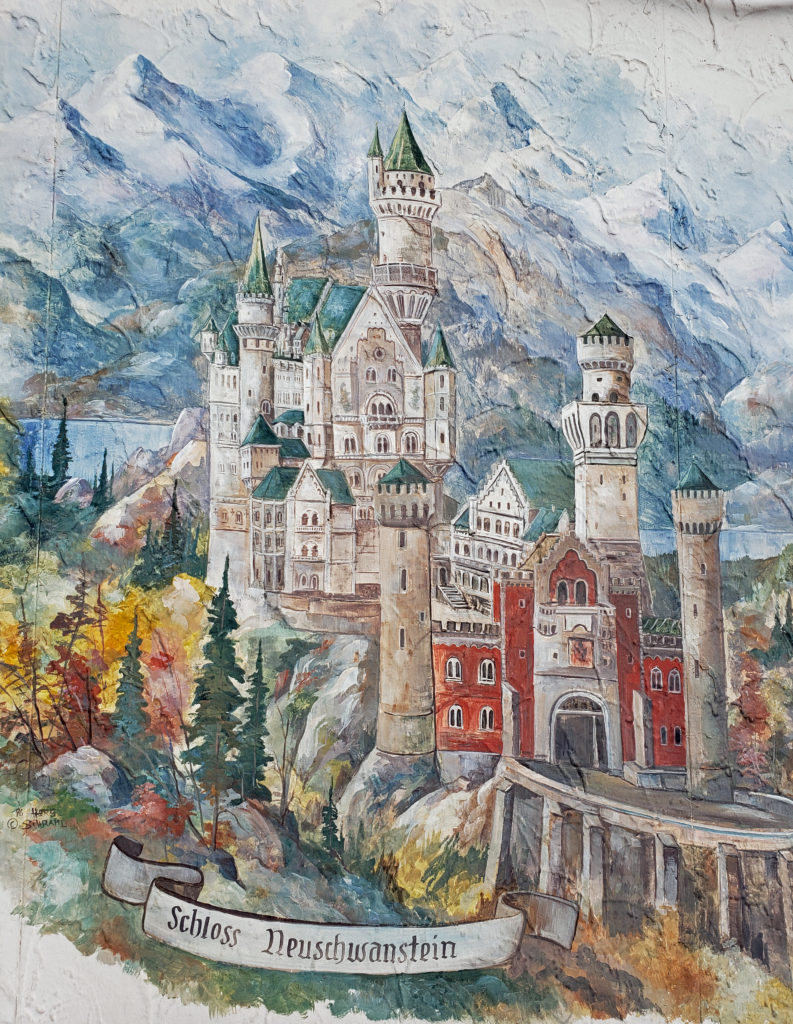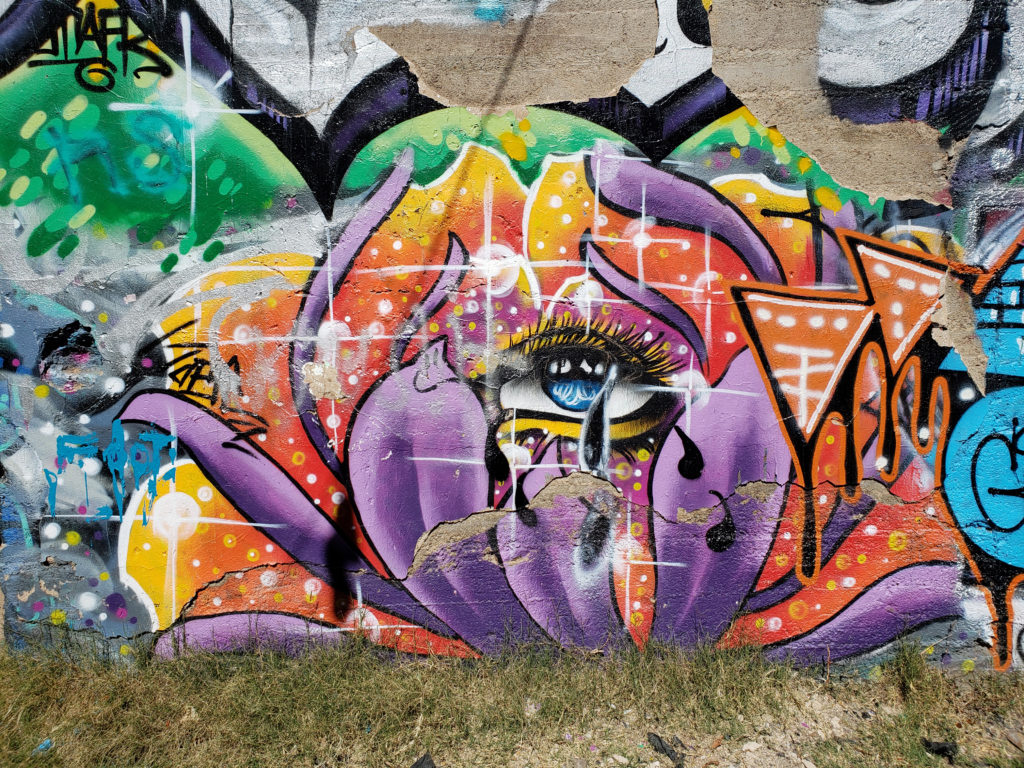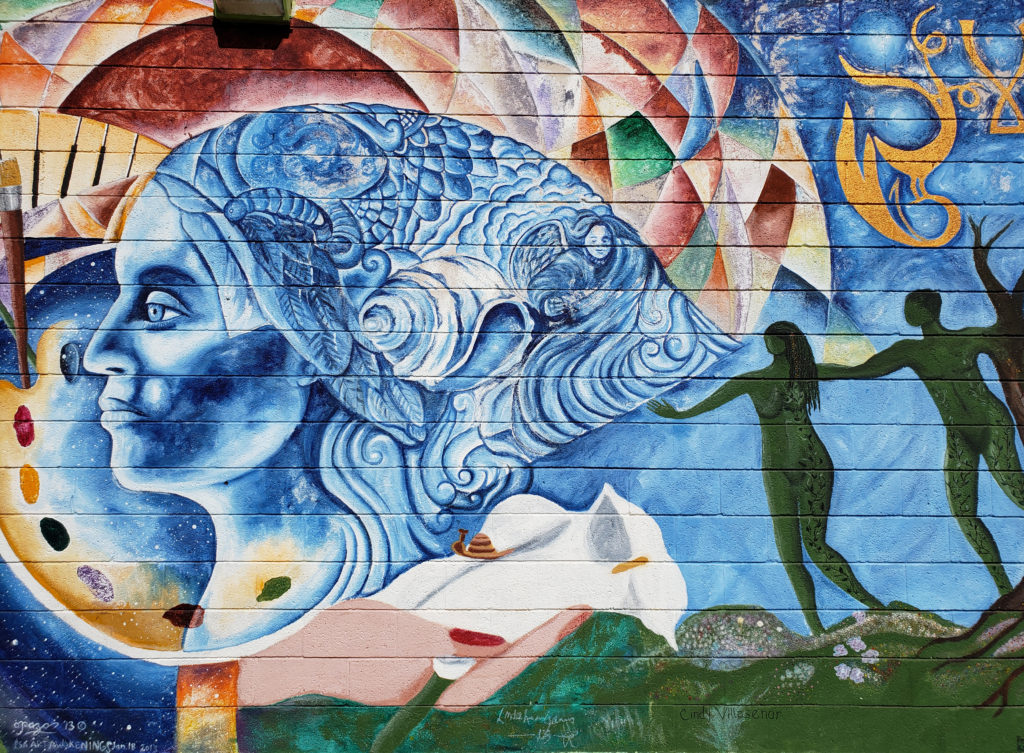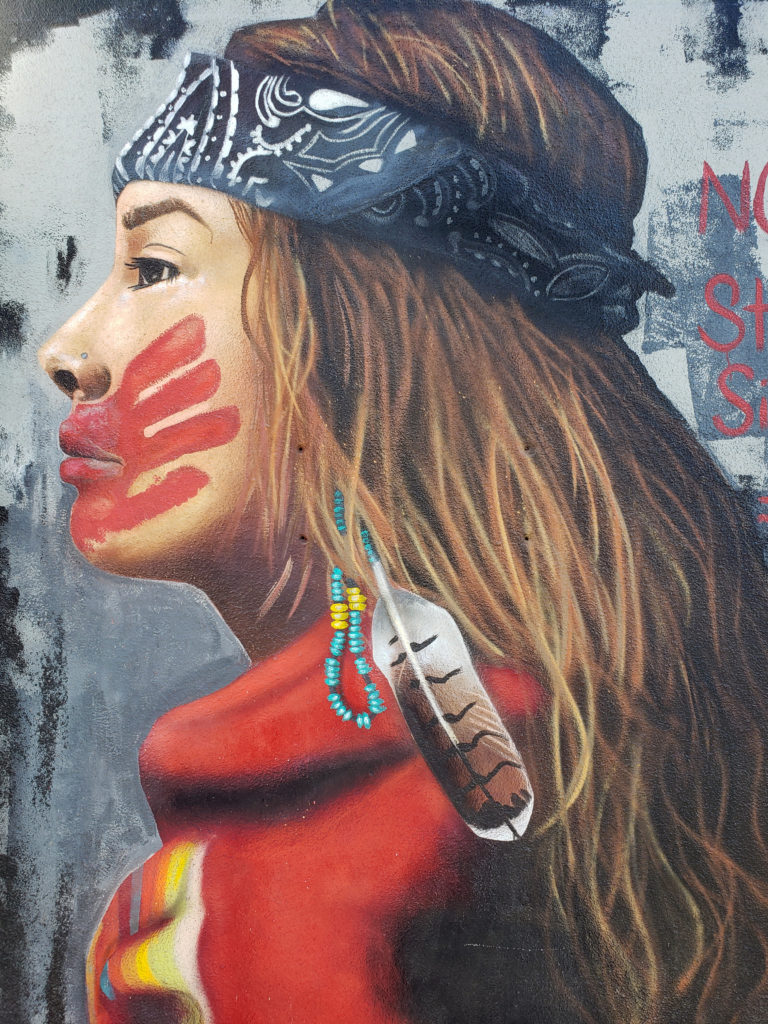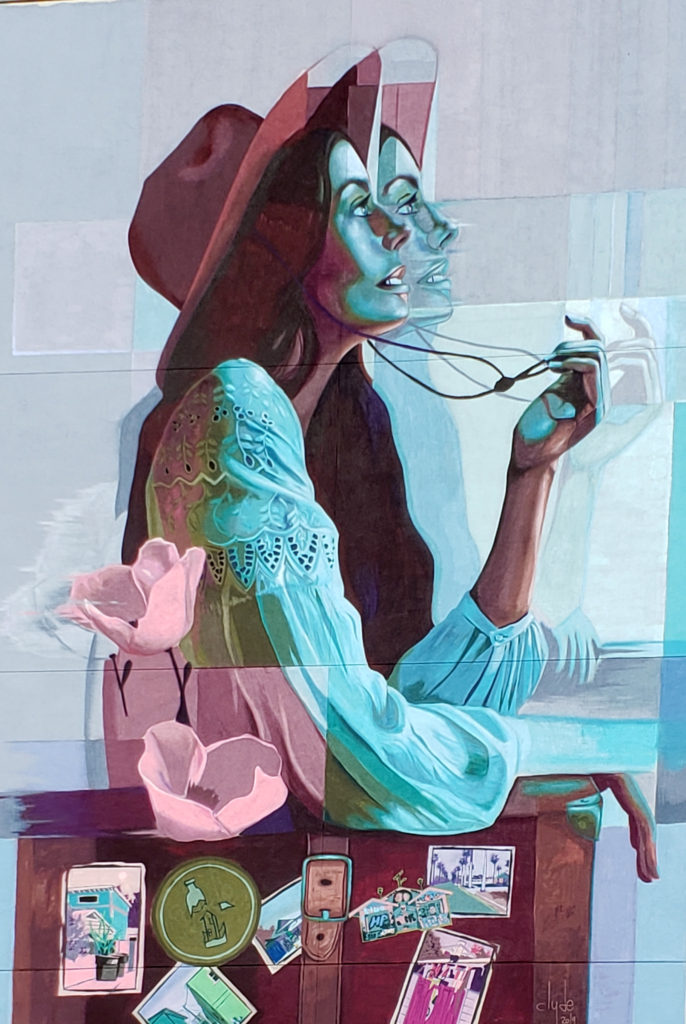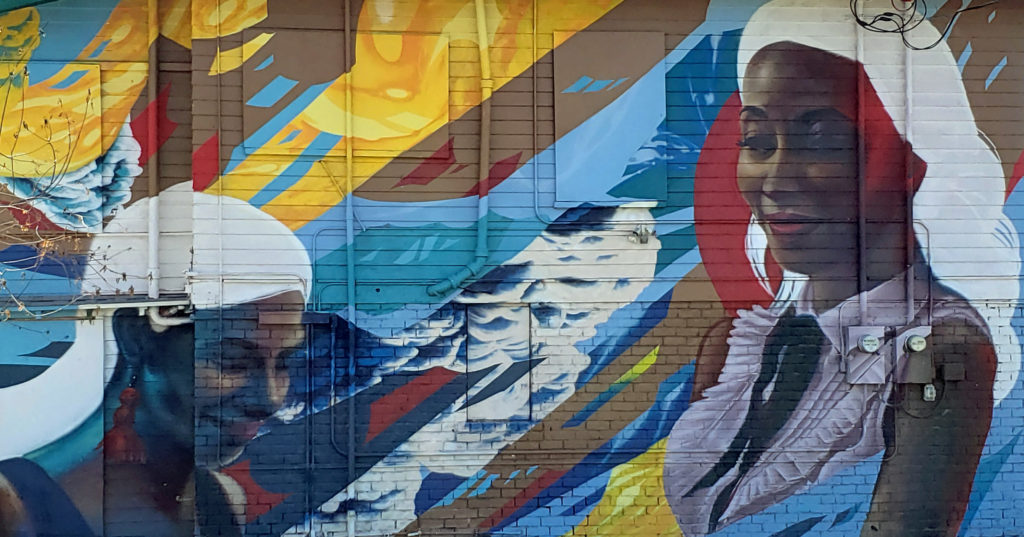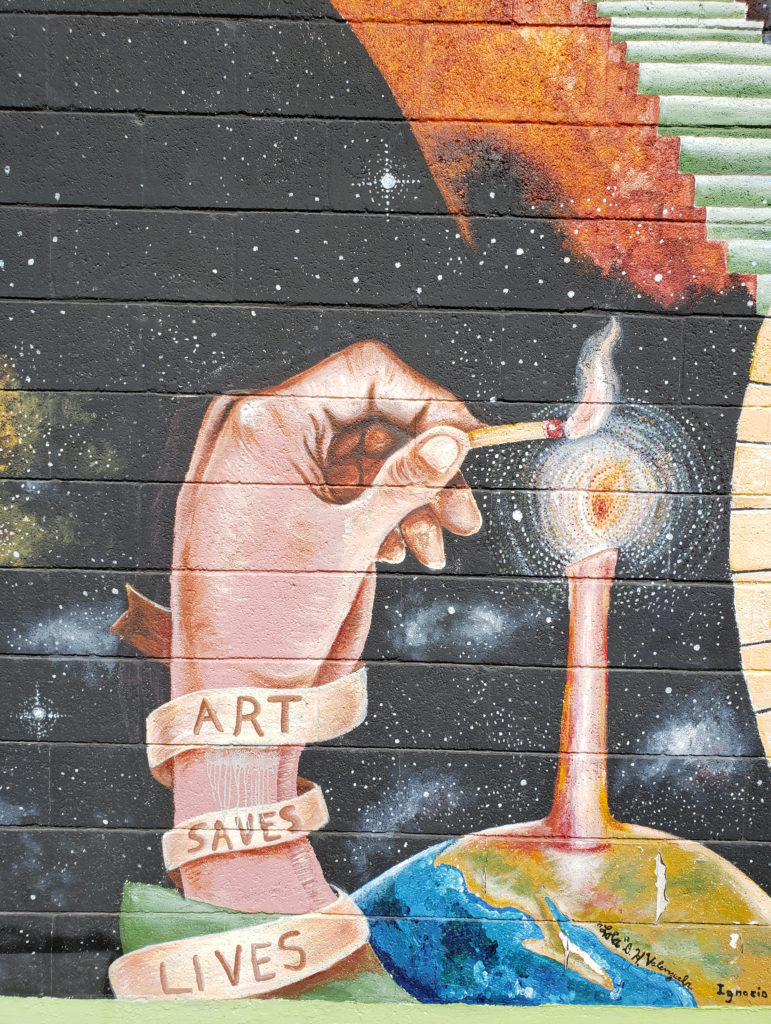by Alan K. Lee
Victoria, British Columbia has long been my favorite Pacific Northwest city. It has always been the most British city in British Columbia, but it also has a distinctly Pacific Northwest/Canadian vibe. The city certainly reflects its British heritage, but it has also been influenced by the Native American/First Nations cultures that preceded the British and exhibits its own unique version of Pacific Northwestern cross-border culture. Think British charm without the stiff upper lip formality of Old England.
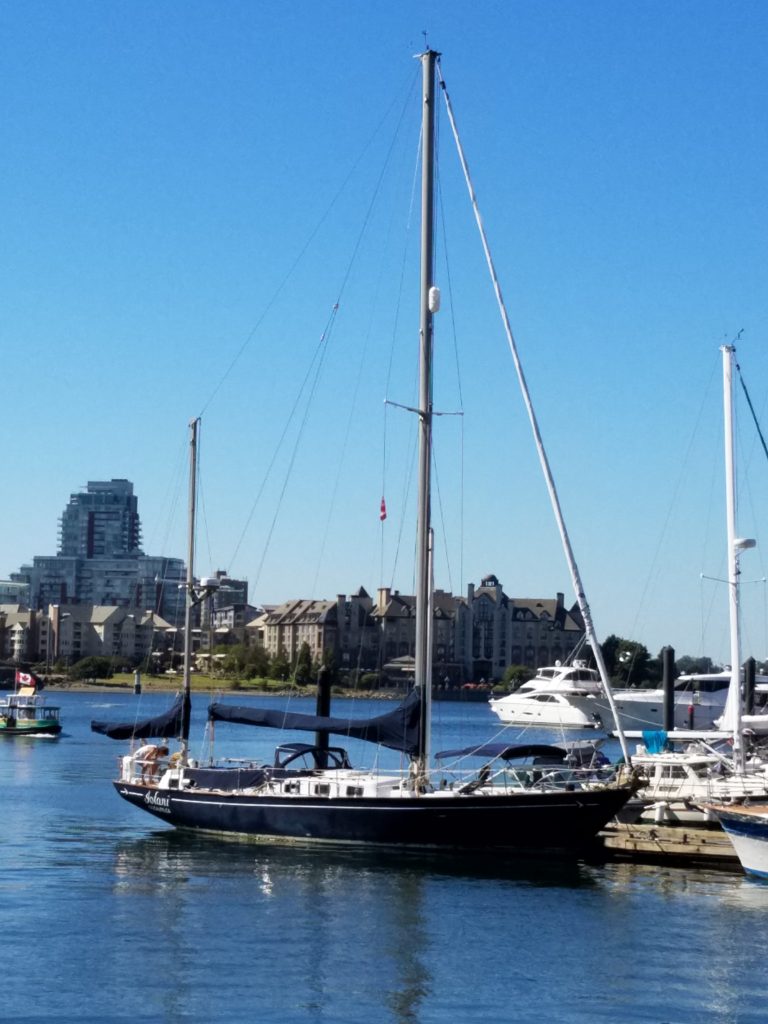
Victoria’s British charm may have been diluted a little over the years as it has grown and become a more cosmopolitan city, but it retains enough of that charm that so captivated me the first time I visited that I keep coming back. My wife and I have traveled to Victoria many times and will visit again soon.
The following is an updated and slightly edited version of a 2018 post on this site.
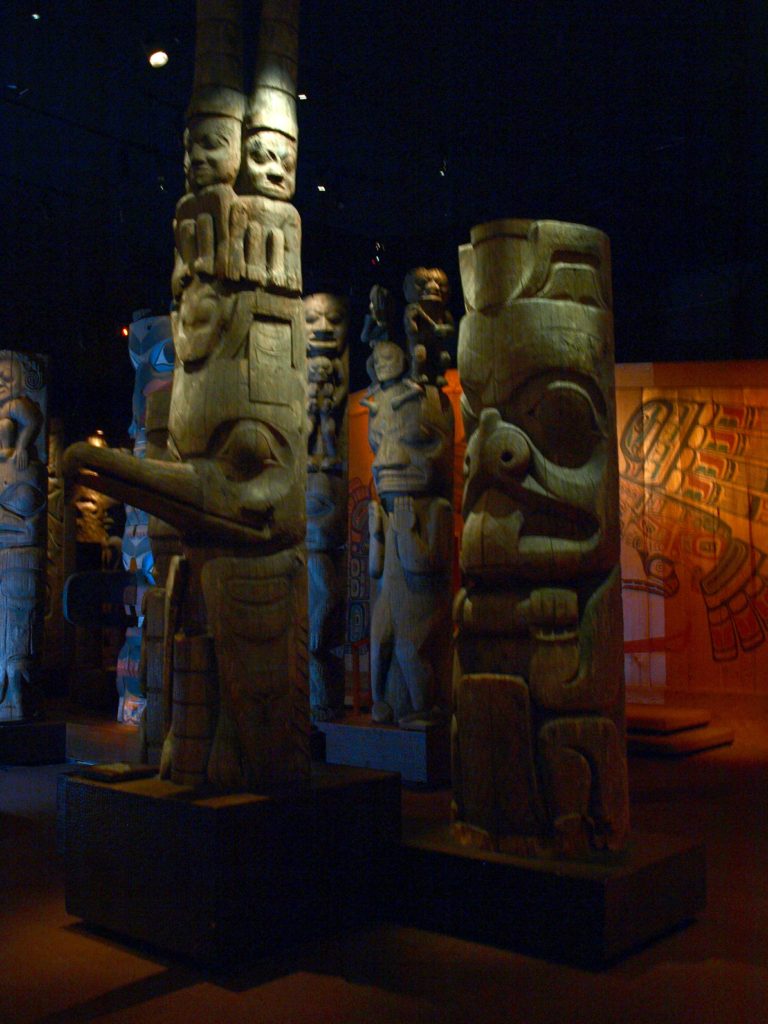
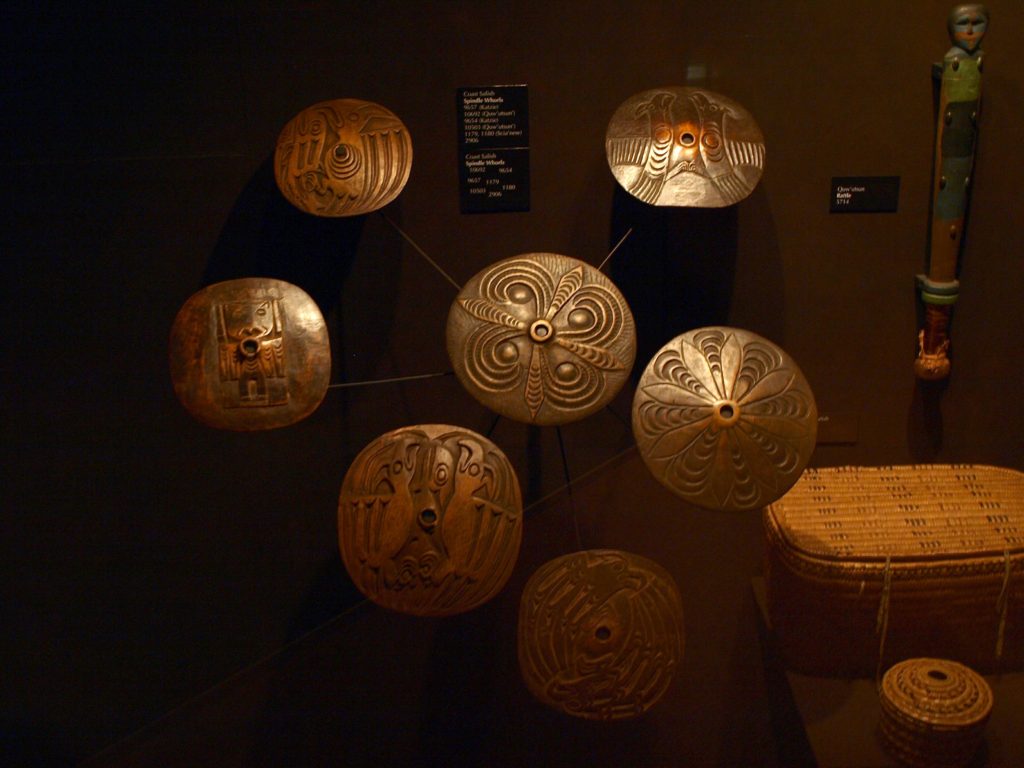
The Royal British Columbia Museum will probably always be my first choice of places to visit in Victoria. Too many museums are stodgy and boring, but the Royal BC has always been immersive and captivating. It’s expansive enough and interesting enough that spending a full day there is not out of the question.
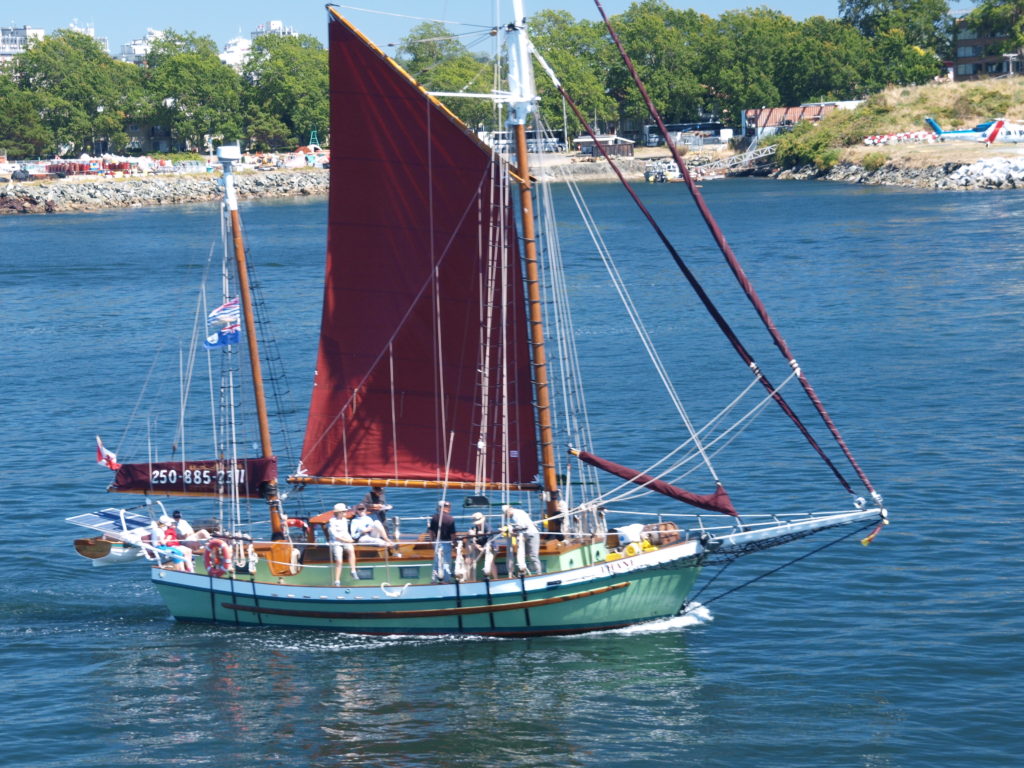
If you’re visiting Victoria, the Royal BC Museum should be near the top of your must see list. If you’re not as captivated by it as I am, and don’t want to spend a half a day, or more, there, there are half a dozen other places worth visiting in close proximity. The British Columbia Parliament buildings are next door. On the other side, Thunderbird Park has a collection of totem poles and several historic structures. The Empress Hotel (officially the Fairmont Empress) is a block away. And Beacon Hill Park is just a few blocks to the south. Then there is the Victoria Bug Zoo, just north of the Empress. I would probably enjoy seeing that, but I don’t think there’s any way I could drag my wife there.
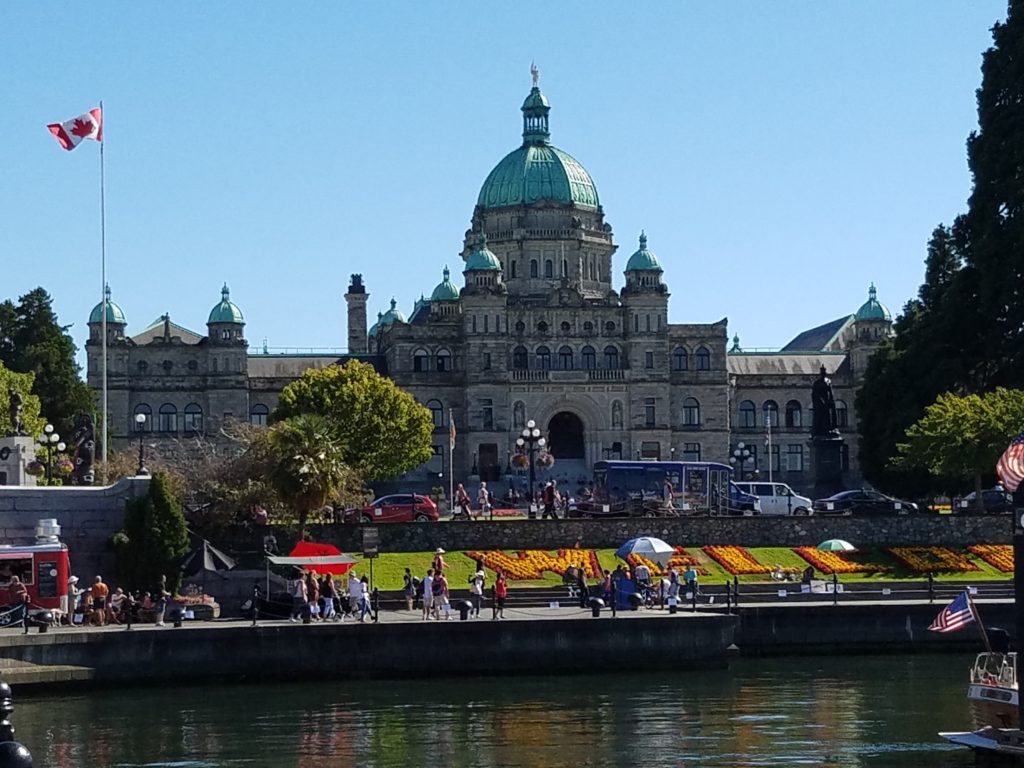
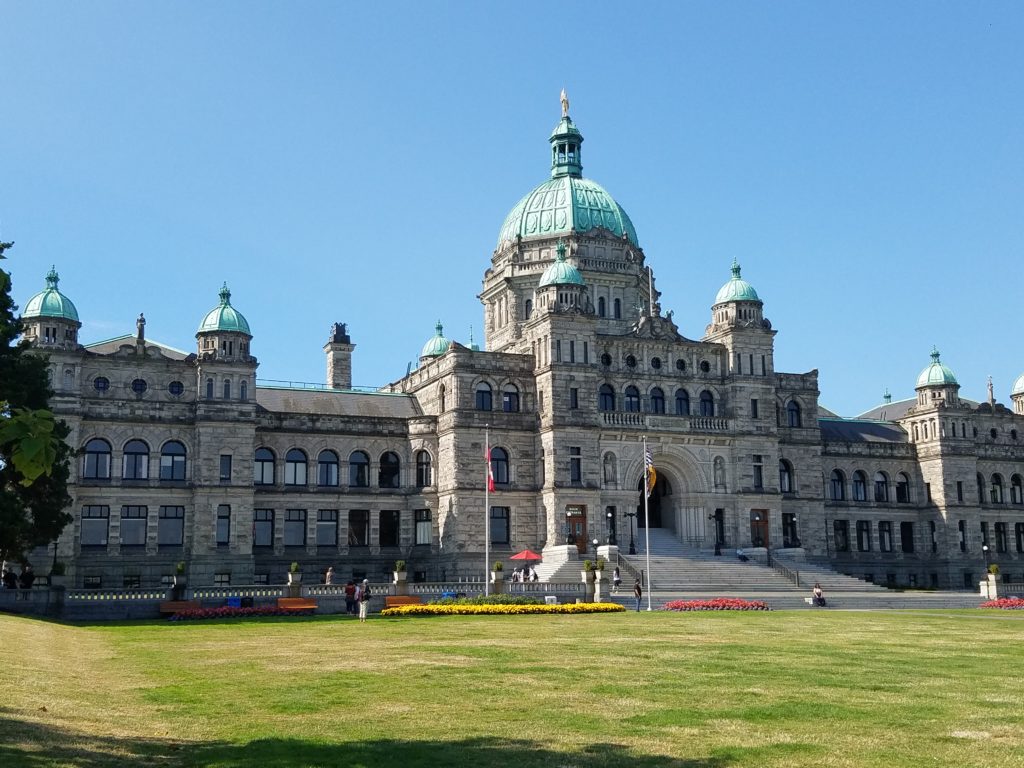
The BC Parliament Buildings and grounds are open to the public. Free guided tours of the buildings lasting 30-45 minutes are conducted daily in the summer and on weekdays the rest of the year. You can also take a self-guided tour, and tour books are available in a variety of languages. Self-guided tours are not available on weekends and holidays, though. The grounds are free and open to the public at all times. For more information, click here.
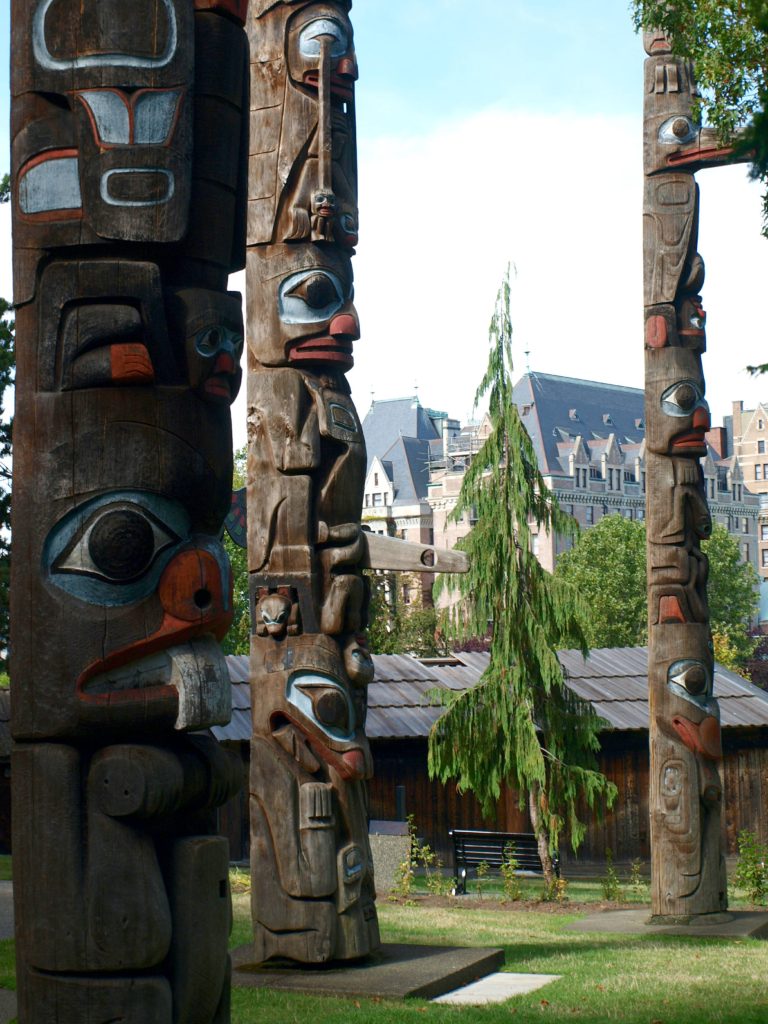
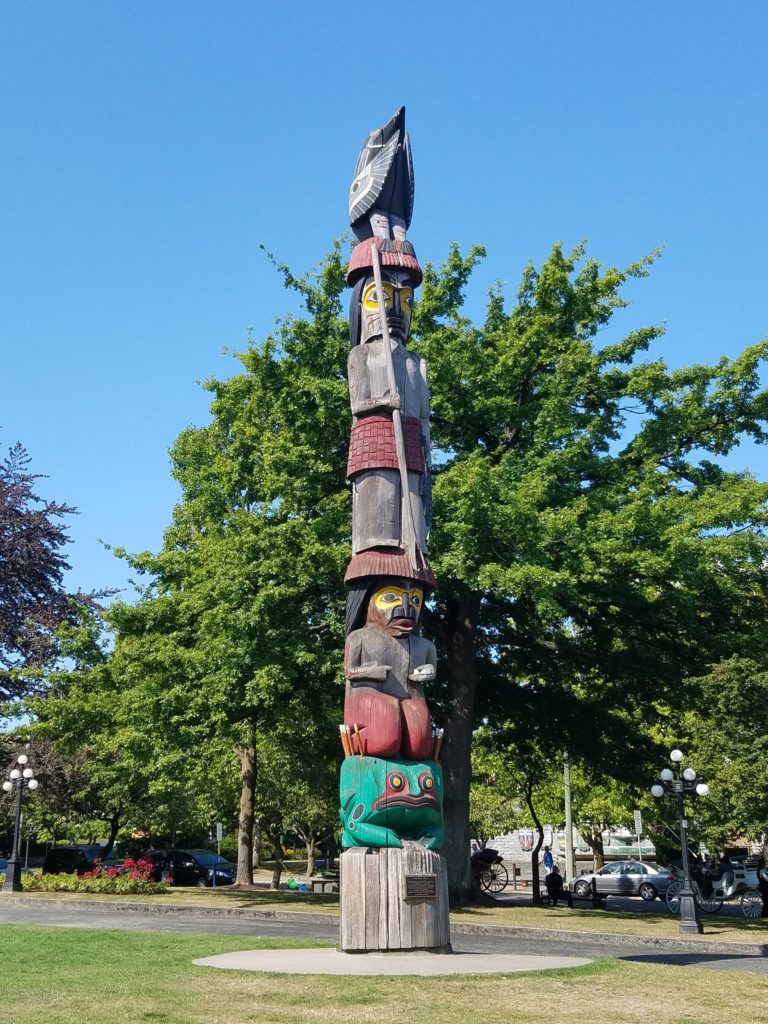
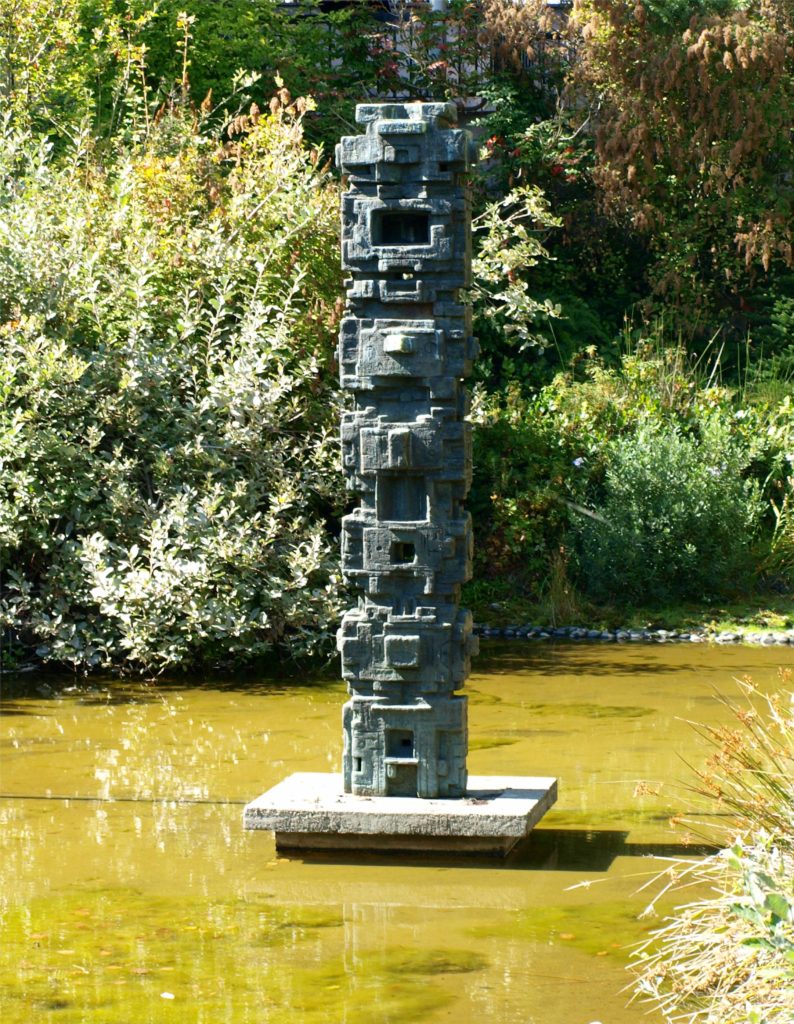
Thunderbird Park, next door to the Royal BC Museum, is a nice place to relax in the harbor area. It has a nice collection of native totem poles, and three historic structures: the Mungo Martin House, built by native carver Chief Mungo Martin in 1953; the Helmcken House, built by Dr. John Helmcken in 1852; and St. Anne’s Schoolhouse, built in 1844.
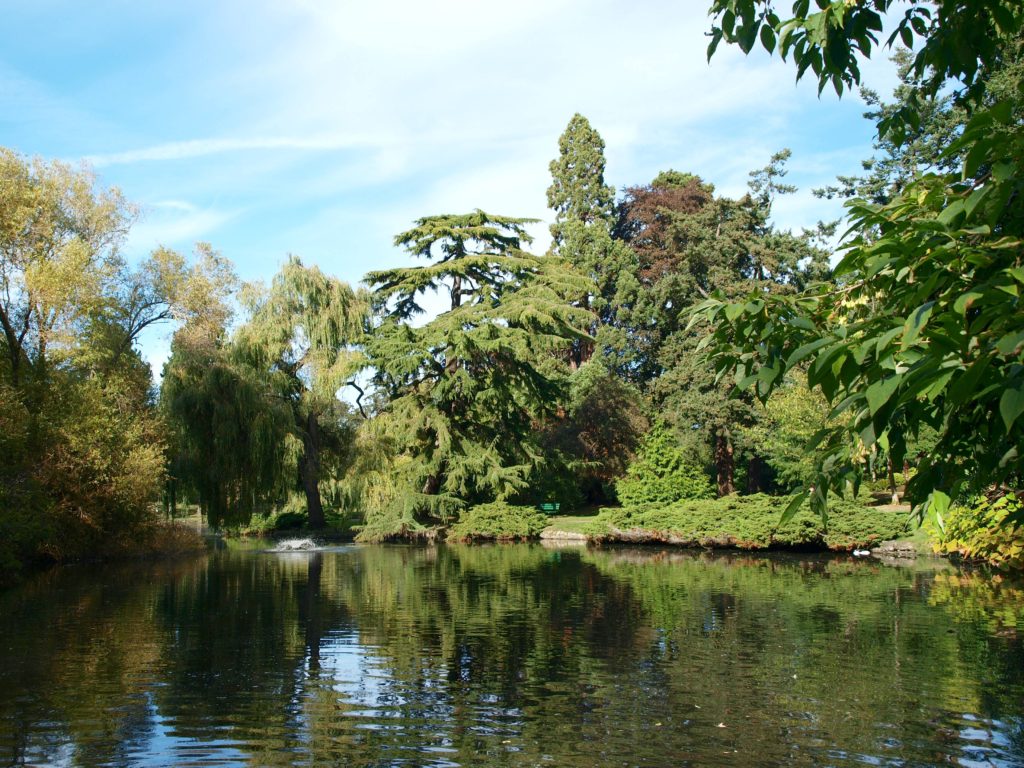
Beacon Hill Park, stretching from a block south of Thunderbird Park to the shore of the Strait of Juan de Fuca, is a beautiful 62-acre parcel of land dedicated as a city park in 1882. It is home to a totem pole carved by Chief Mungo Martin, David Martin, and Henry Hunt that was the world’s tallest (160 feet) when it was erected in 1956. It is still billed as the world’s tallest free standing totem pole. Park facilities include hiking trails, including a trail along the shore of the Strait of Juan de Fuca, a petting zoo (officially the Beacon Hill Children’s Farm), a wading pool, water fountains, picnic areas, sports fields and playgrounds, and a band pavilion.
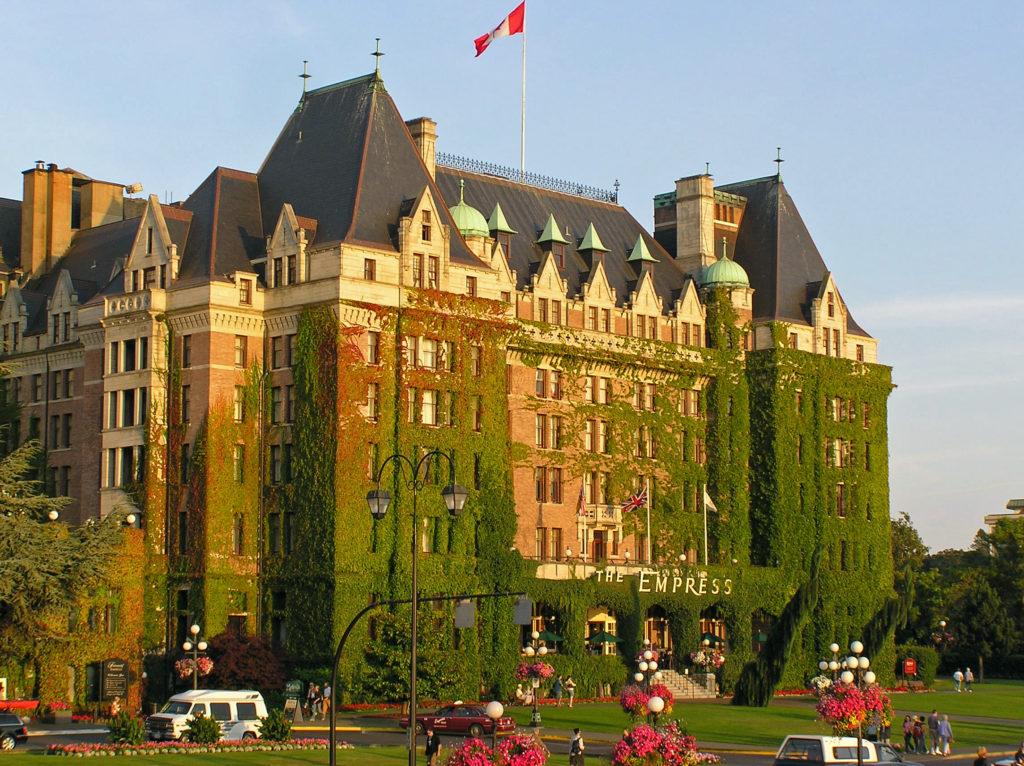
The harbor front has a number of restaurants and hotels, the most famous of which, by far, is the Empress Hotel. Built in 1908 by the Canadian Pacific Railway in the Chateauesque style similar to other CPR hotels such as the Banff Springs Hotel and Chateau Lake Louise, the Empress was designated as a National Historic Site of Canada in 1981.
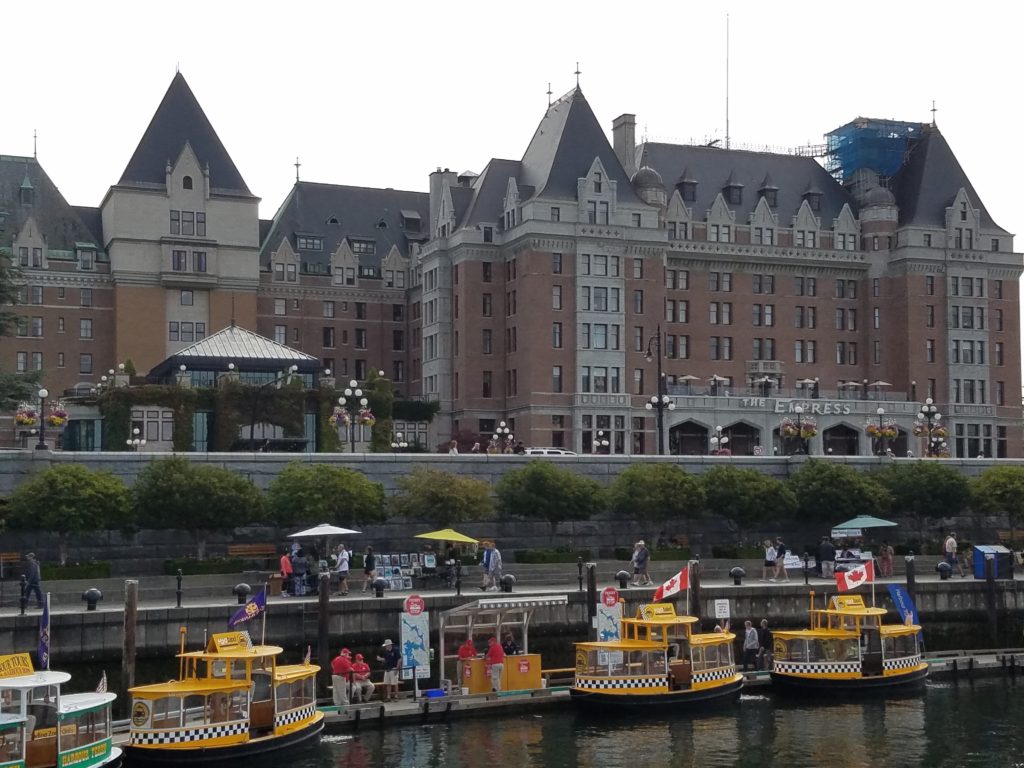
The Inner Harbor is a busy place, and if you like to people watch, the harbor front is the place go. You can also book whale watching trips, seaplane flights, and carriage rides at the harbor front. Small water taxis, also called pickle boats, are also available that will take you to various waterfront locations, including many of the waterfront hotels and restaurants. Harbor tours are also available. And if you’re there on a weekend morning in the summer, you can catch a group of these little, very maneuverable boats putting on a water ballet, with the boats’ maneuvers choreographed to music broadcast from the shore. It’s fascinating and guaranteed to put a smile on your face. Performances are conducted every Sunday at 10:45 a.m. from late May to late September, and on Saturdays at 10:45 a.m. in July and August.
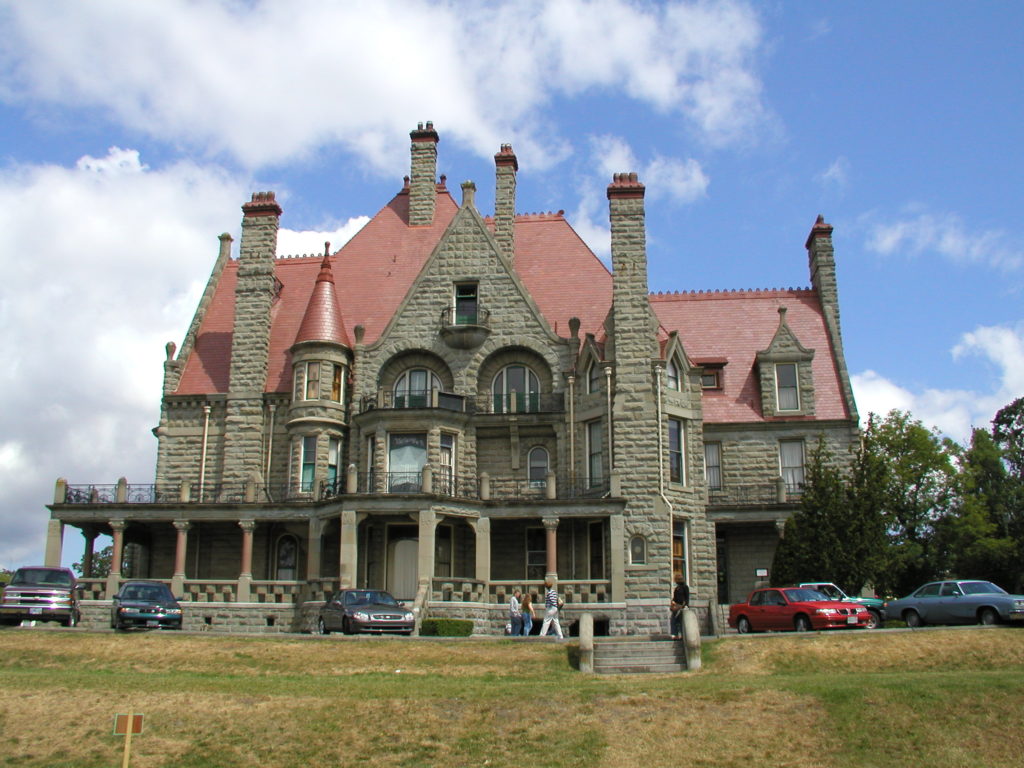
There is much more to Victoria than what can be found near the harbor front, of course. Tour Craigdarroch Castle, an ornate Victorian mansion located a mile east of the inner harbor area, and Government House, just a few blocks to the south. Take in a performance at the Royal Theatre, on Broughton St, a few blocks north and east of the Empress. Or relax in one of the area’s other parks, such as Saxe Point and McAulay Point in Esquimalt, Uplands Park in Oak Bay, or Gorge Park on the Gorge Waterway.
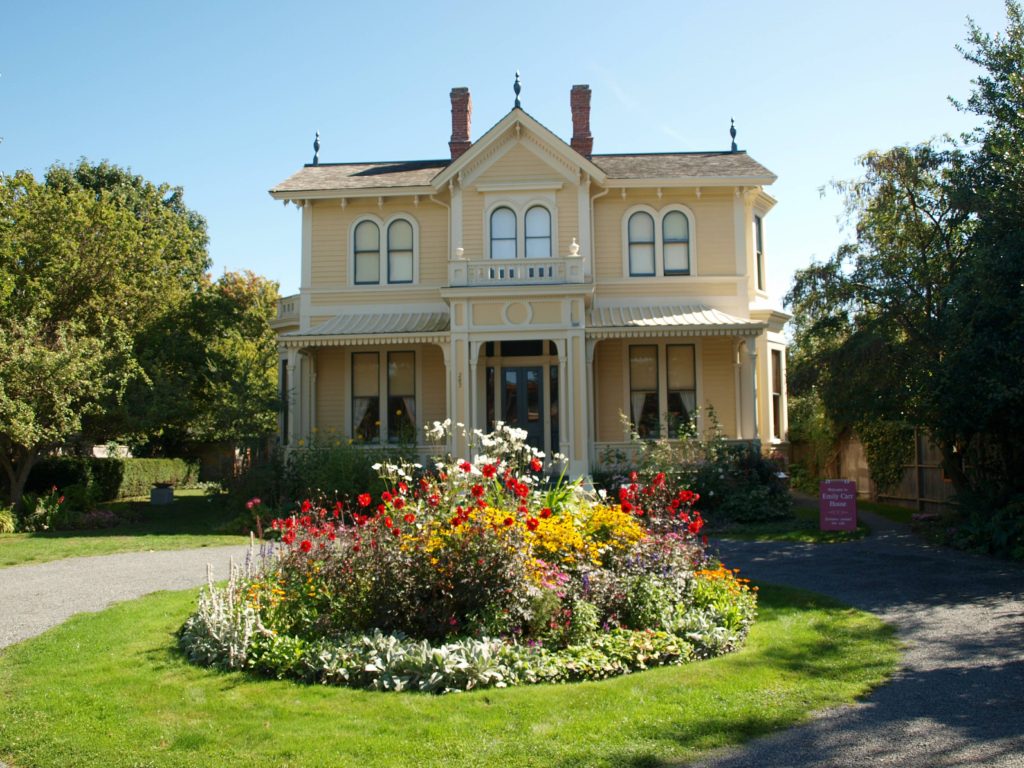 The Emily Carr House, pictured above, is another place worth visiting. Emily Carr (1871-1945) was a renowned artist, writer, and advocate for social justice.
The Emily Carr House, pictured above, is another place worth visiting. Emily Carr (1871-1945) was a renowned artist, writer, and advocate for social justice.
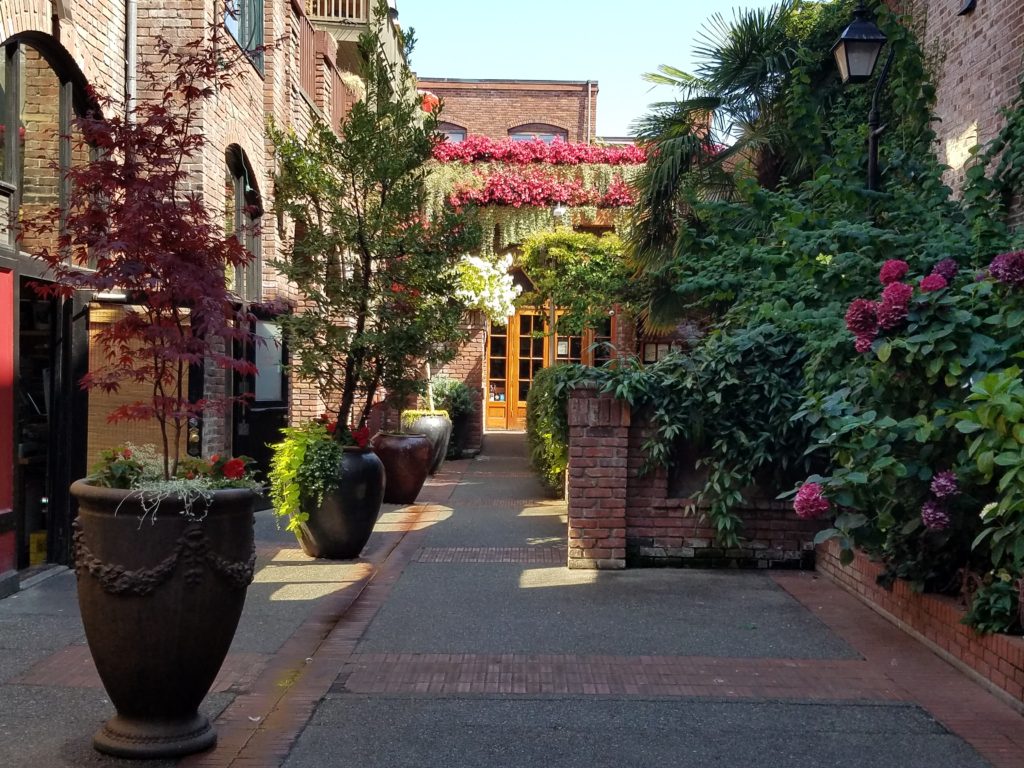
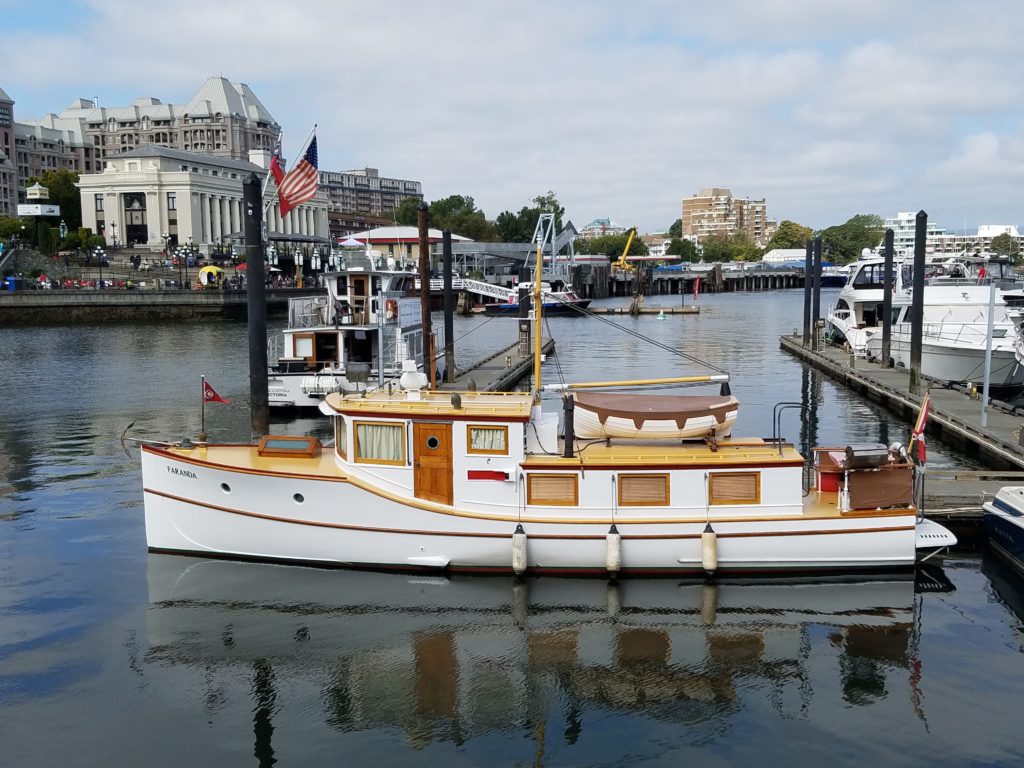
Eating and drinking spots are abundant in downtown Victoria. Afternoon Tea at the Empress is one of Victoria’s most iconic experiences, and high on the list of Victoria’s premier attractions. If the cost of high tea at the Empress (currently 78 Canadian dollars, approx. 60 US dollars, per person) is too rich for your blood, other slightly less expensive (and sometimes more highly rated) tea services can be found at the Tea House at Abkhazi Garden, White Heather Tea Room, and Pendray Inn and Tea House (formerly known as the Gatsby Mansion).
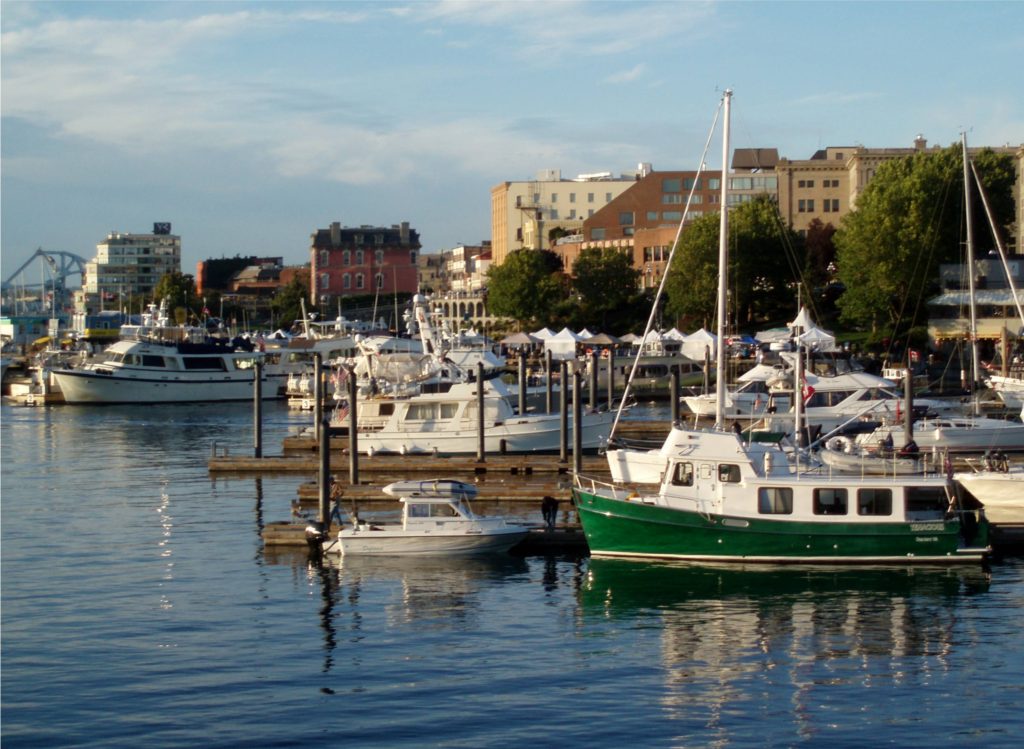
If a pint is more to your liking than a cuppa, there are many quality pubs near the Inner Harbor. Try Spinnakers Gastro Pub, across the Johnson Street Bridge in the Outer Harbor area. On Government Street, a few blocks north of the Empress you’ll find Bard and Banker, The Churchill, Garrick’s Head Pub, and Irish Times Pub, all rated highly and all within a block and a half of each other.

For an upscale dinner in the Inner Harbor area, Little Jumbo Restaurant and Bar is hard to beat. Catch their happy hour for a more affordable menu and cocktails. Il Terazzo, Brasserie L’Ecole, Il Covo, OLO Restaurant, and Saveur Restaurant all get rave reviews as well. For breakfast, try John’s Place (eight different versions of Eggs Benedict), or Jam (popular and crowded, but well worth it).
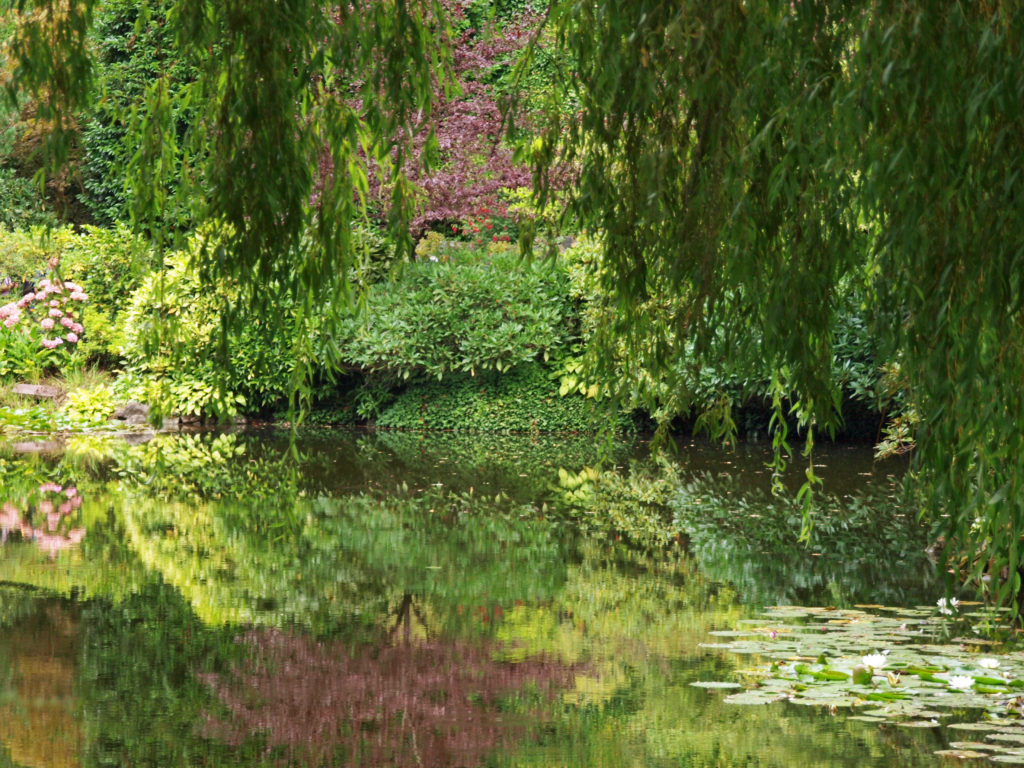
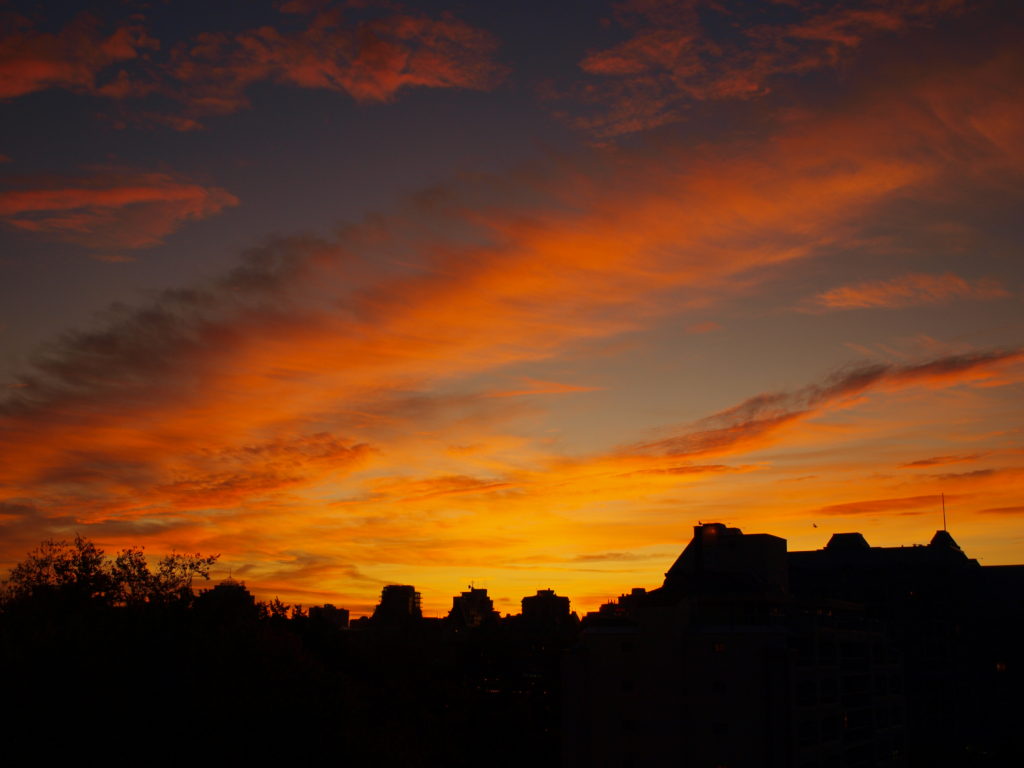
If you haven’t experienced Victoria yet, go! You won’t regret it.
Originally posted 11-15-18. Most recent update 4-29-23.
All photos © Alan K. Lee, except as noted

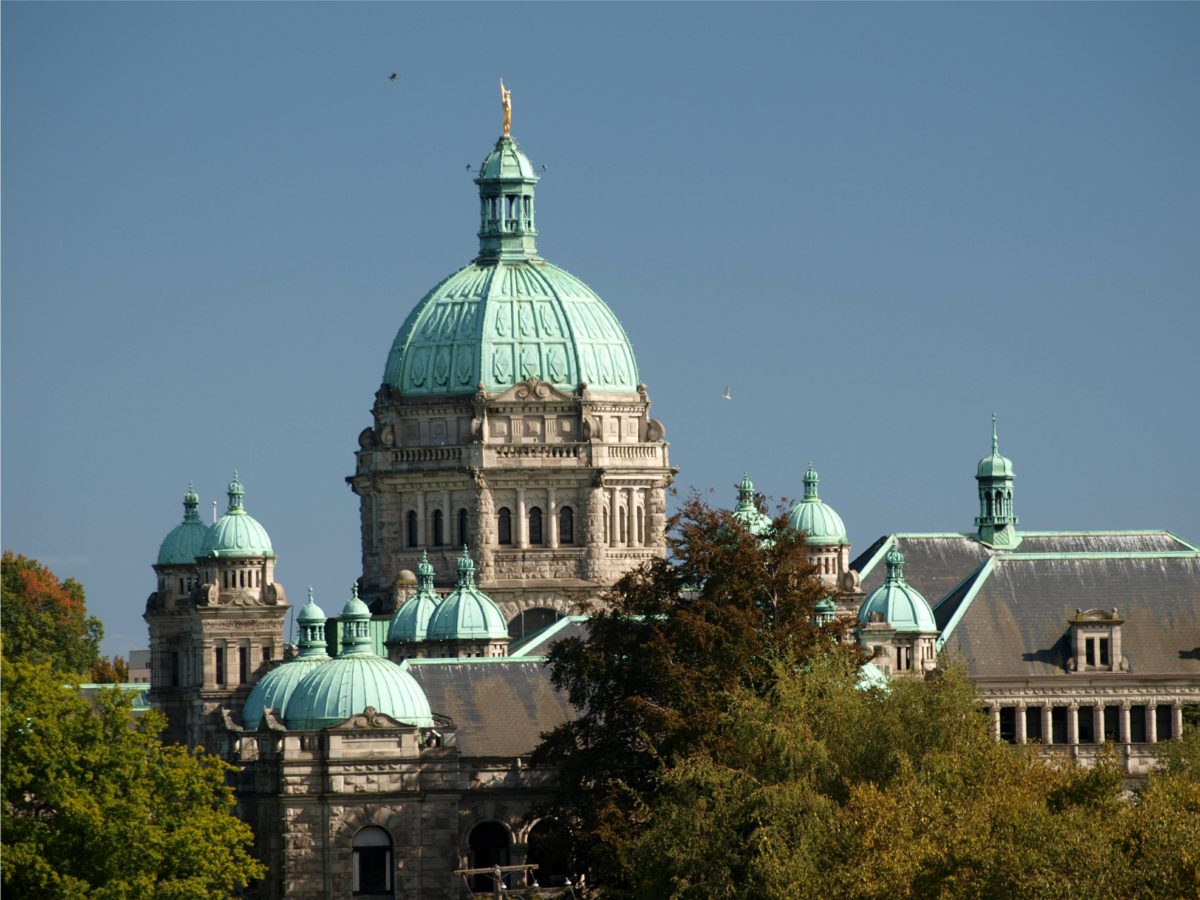
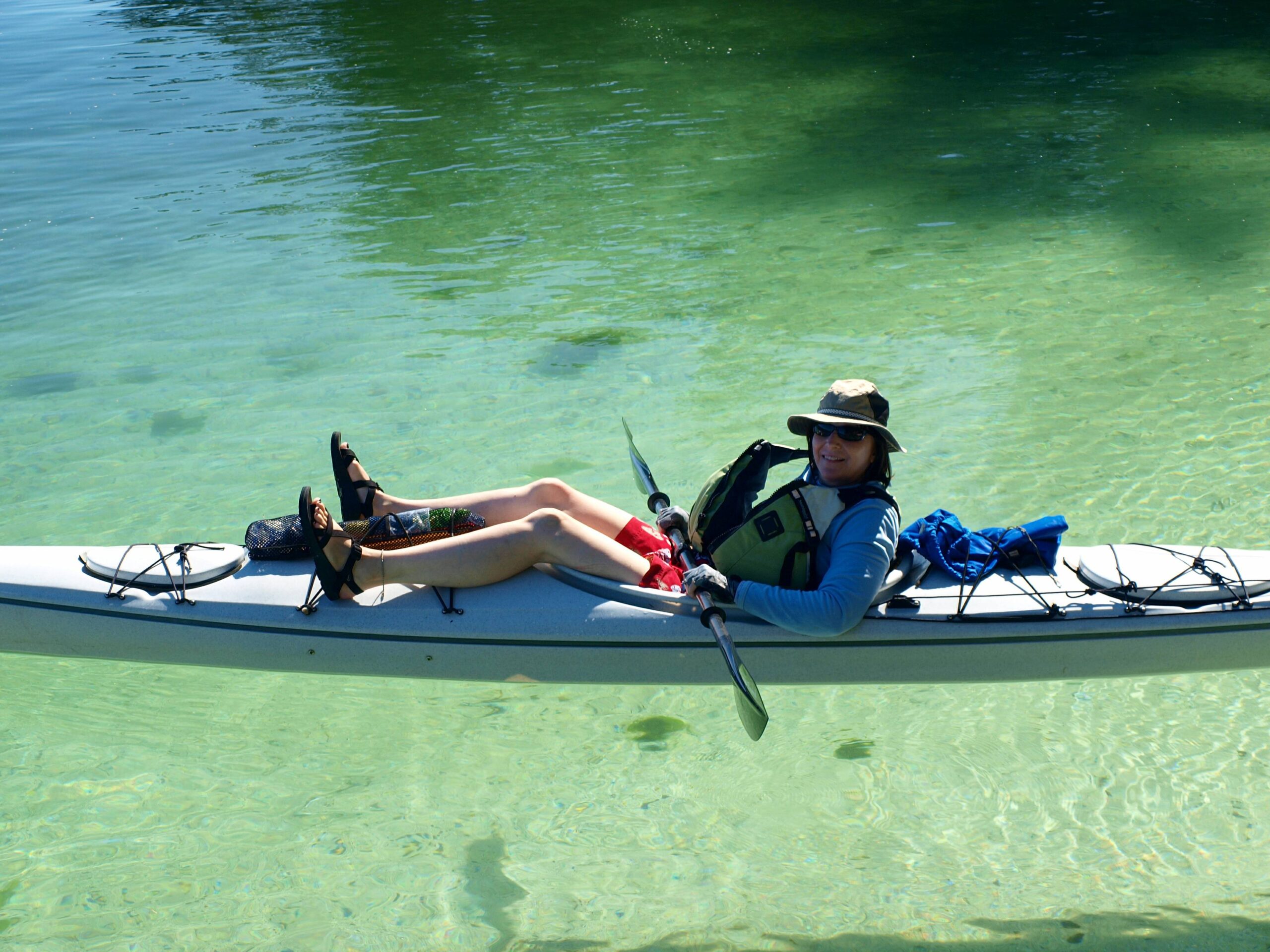
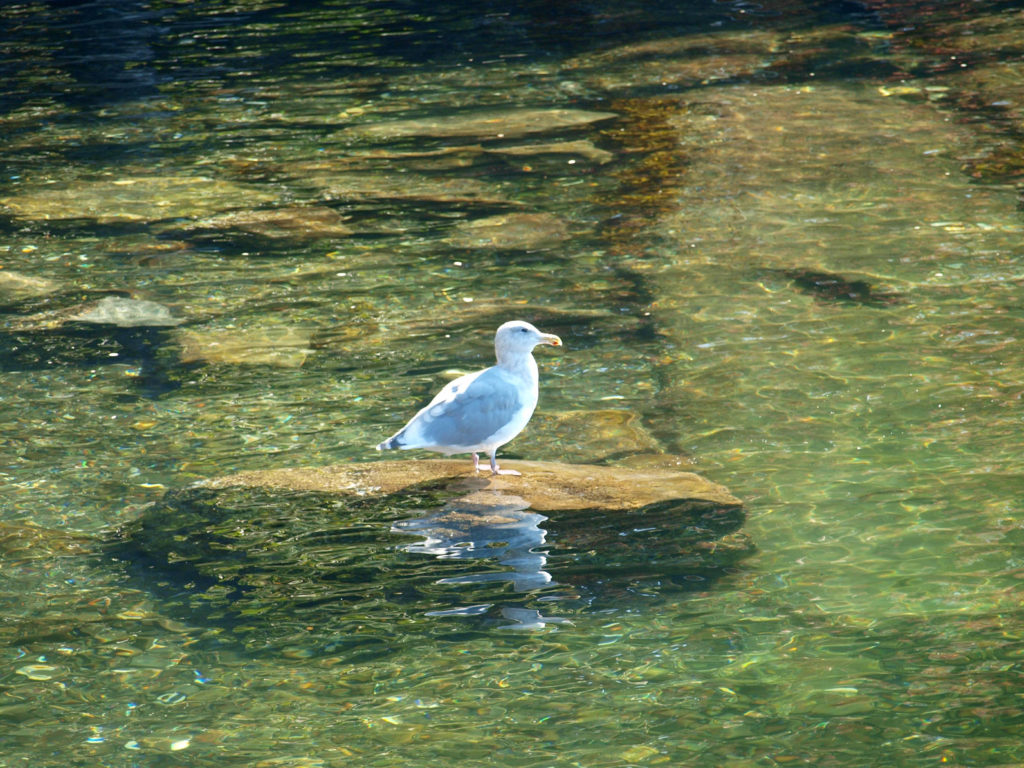 The Gulf Islands are located off the southeast coast of Vancouver Island. There are six main islands in the Southern Gulf Islands: Salt Spring, Mayne, North Pender, South Pender, Saturna, and Galiano. The Northern Gulf Islands consist of Thetis, Penelakut, Valdes, and Gabriola Islands. Each island has its own particular charms, and all are well worth exploring.
The Gulf Islands are located off the southeast coast of Vancouver Island. There are six main islands in the Southern Gulf Islands: Salt Spring, Mayne, North Pender, South Pender, Saturna, and Galiano. The Northern Gulf Islands consist of Thetis, Penelakut, Valdes, and Gabriola Islands. Each island has its own particular charms, and all are well worth exploring.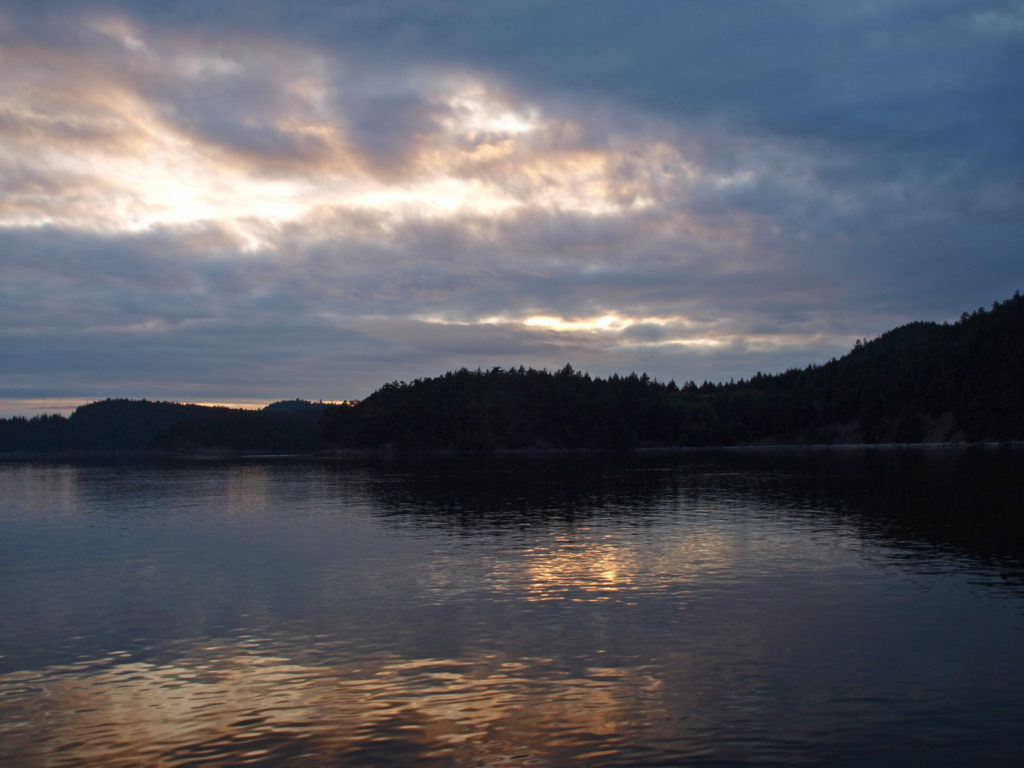 The
The 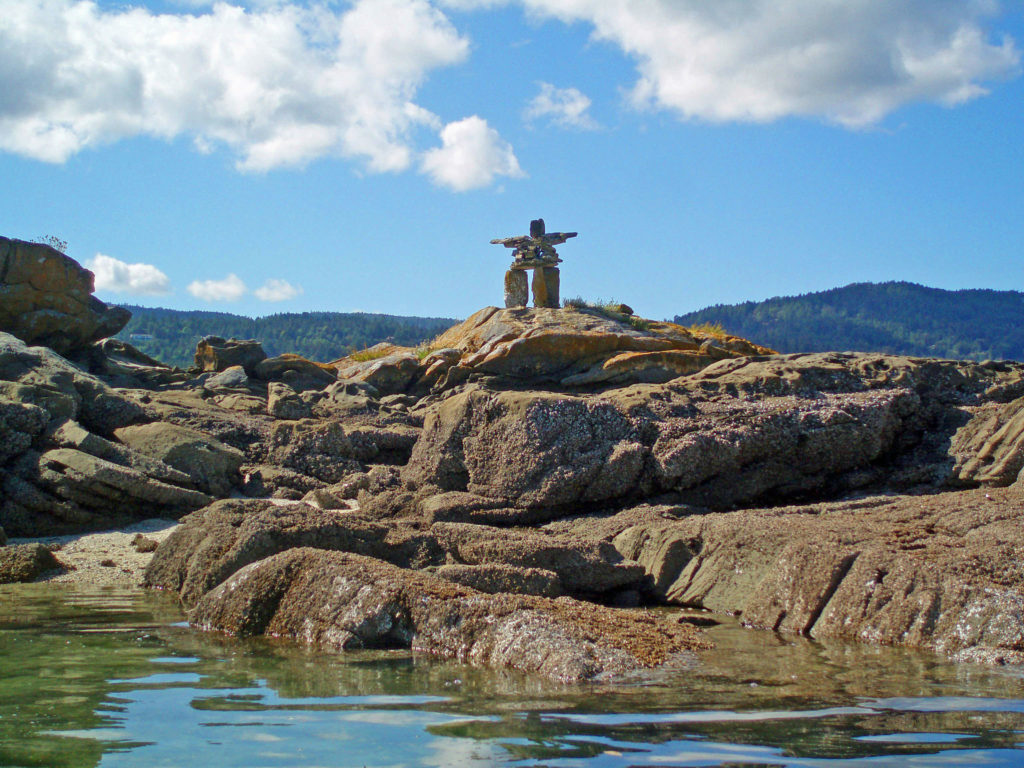 The largest, most populated, and most accessible of the Southern Gulf Islands is Salt Spring. Ganges, on Salt Spring, is the commercial and cultural heart of the Islands. It is the largest (and really the only) town in the Southern Gulf Islands. One of the charms of the Gulf Islands is that they are largely untrammeled by commercial development. There are no big resorts, no malls, nothing to draw in the masses except the natural beauty that surrounds you everywhere in the Islands. But once there, many people are captivated not only by the scenery and wildlife, but also by the people and the islands’ culture and lifestyle.
The largest, most populated, and most accessible of the Southern Gulf Islands is Salt Spring. Ganges, on Salt Spring, is the commercial and cultural heart of the Islands. It is the largest (and really the only) town in the Southern Gulf Islands. One of the charms of the Gulf Islands is that they are largely untrammeled by commercial development. There are no big resorts, no malls, nothing to draw in the masses except the natural beauty that surrounds you everywhere in the Islands. But once there, many people are captivated not only by the scenery and wildlife, but also by the people and the islands’ culture and lifestyle.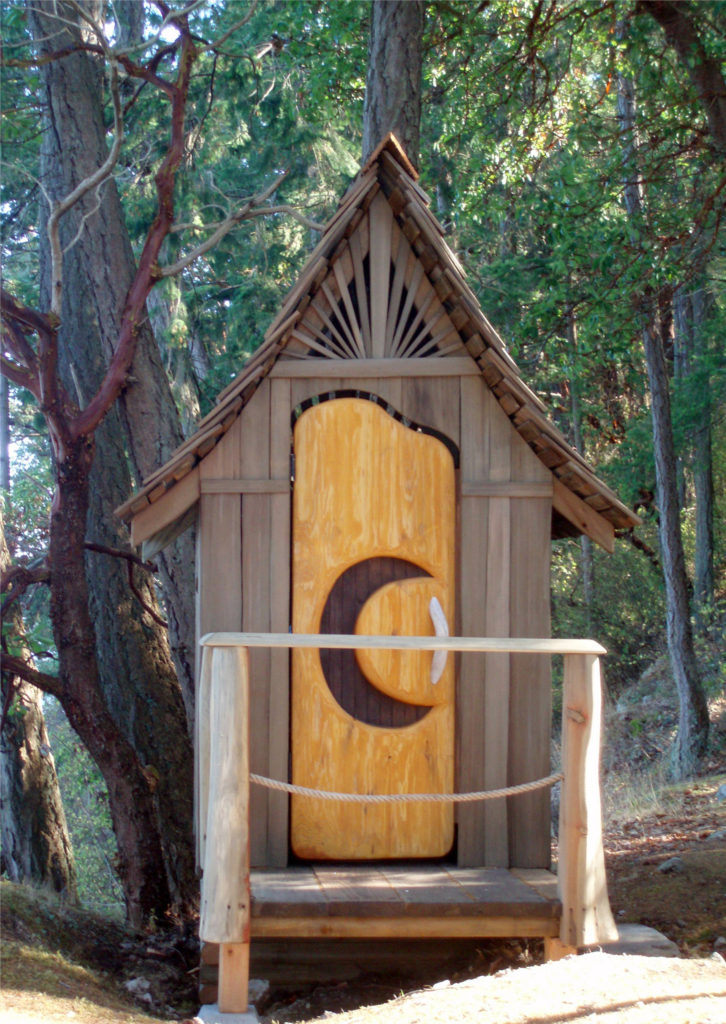 Salt Spring has an active arts community, with numerous galleries and studios in Ganges and scattered across the island. A
Salt Spring has an active arts community, with numerous galleries and studios in Ganges and scattered across the island. A 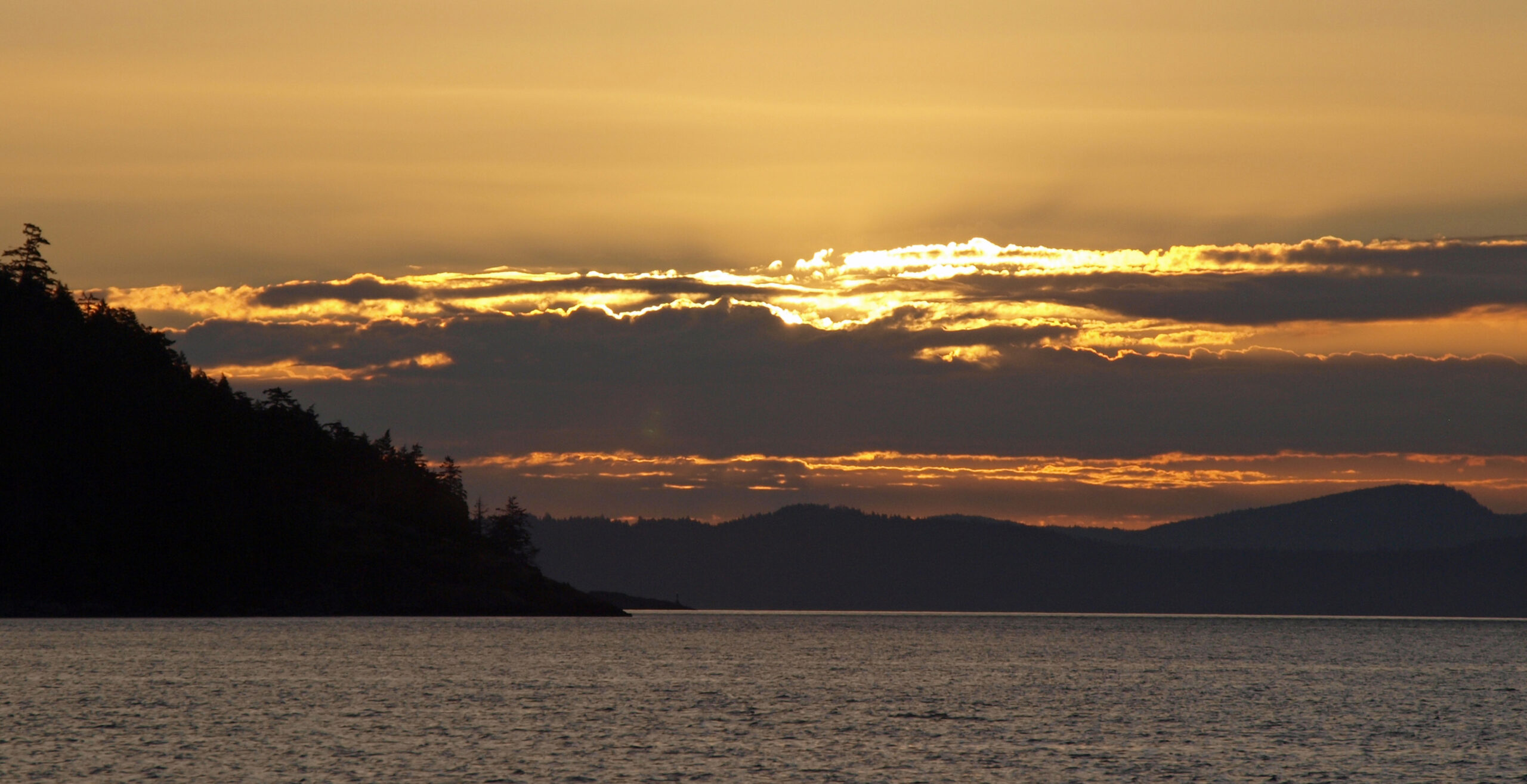 There are no commercial airports in the Gulf Islands, but there are float plane companies that will take you to the islands. And the Victoria airport is only a few miles from the Schwartz Bay ferry terminal, so flying to Victoria and renting a car is a good option for people from outside the Northwest that want to visit the Southern Gulf Islands.
There are no commercial airports in the Gulf Islands, but there are float plane companies that will take you to the islands. And the Victoria airport is only a few miles from the Schwartz Bay ferry terminal, so flying to Victoria and renting a car is a good option for people from outside the Northwest that want to visit the Southern Gulf Islands.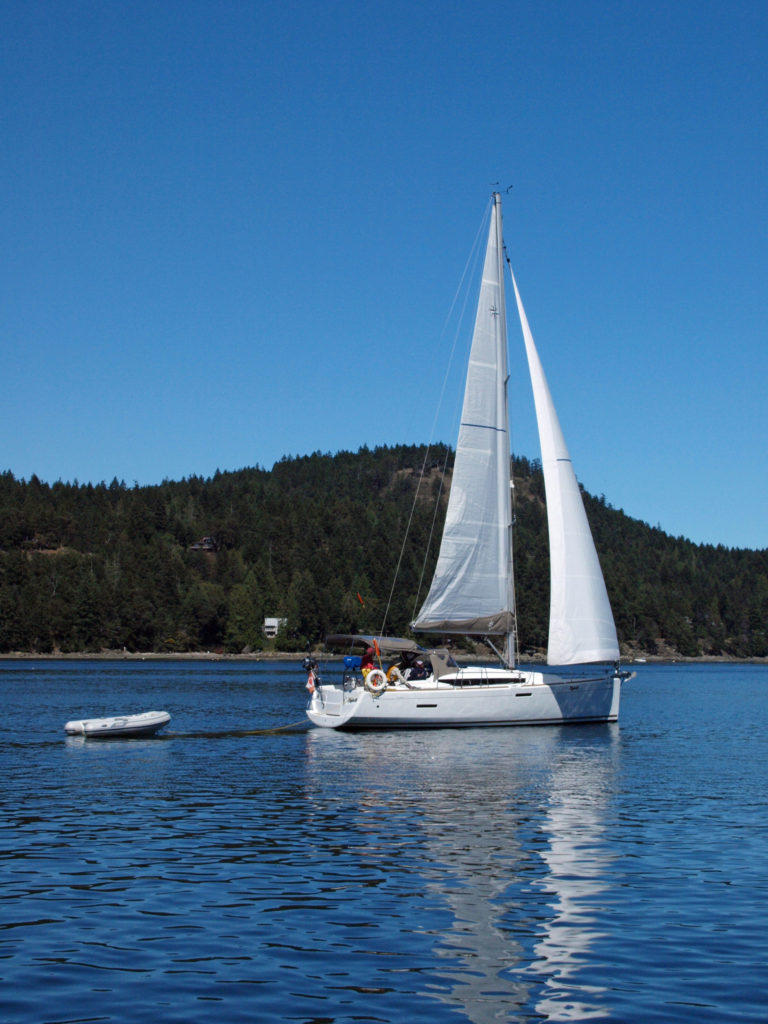
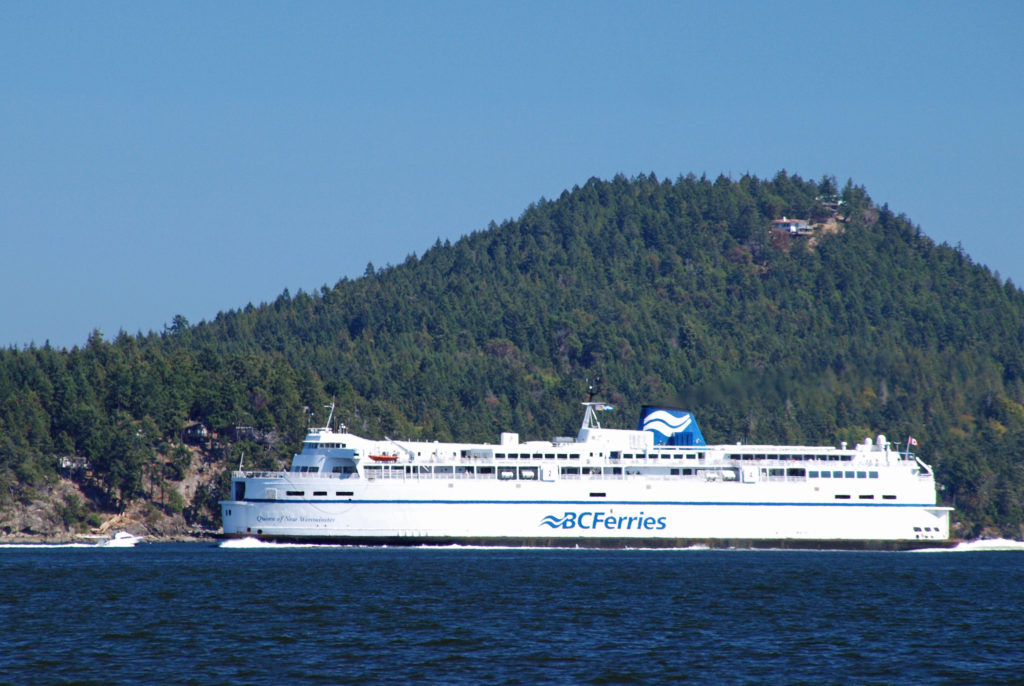 Most visitors to the Gulf Islands arrive via one of the
Most visitors to the Gulf Islands arrive via one of the 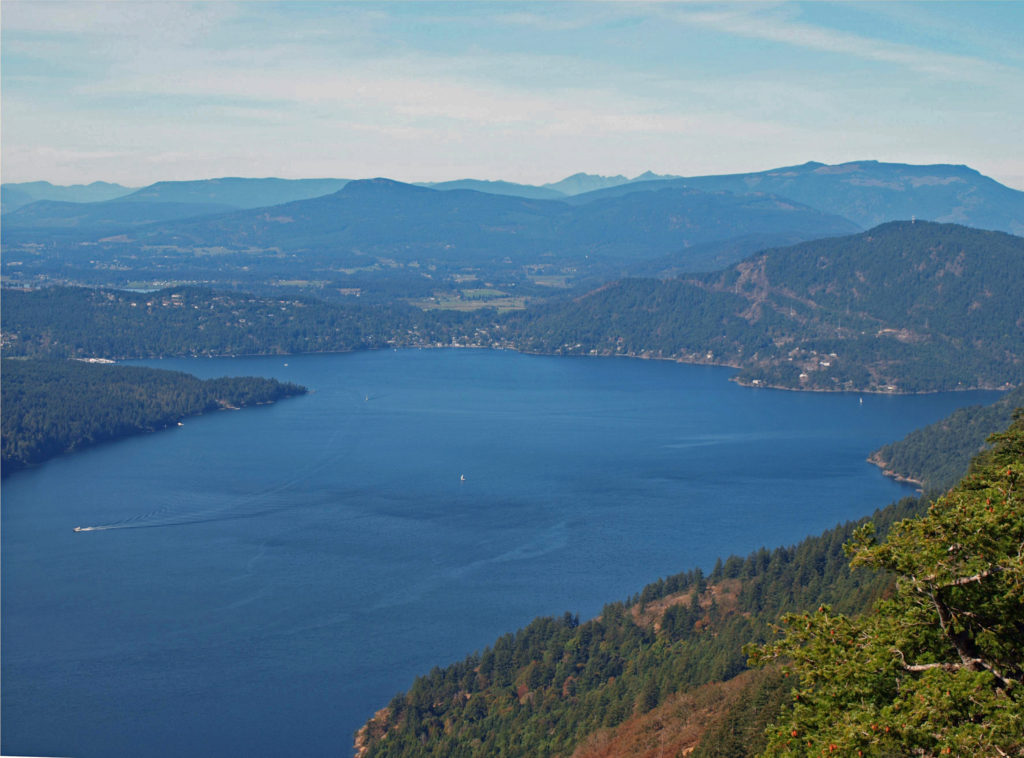 The Northern Gulf Islands are reached by ferries from Chemainus and Nanaimo on Vancouver Island. Be sure to check the ferry schedules on the BC Ferries website. Reservations may be required, especially on summer weekends, and the ferry system is designed to serve island residents, not tourists, so island hopping can be difficult.
The Northern Gulf Islands are reached by ferries from Chemainus and Nanaimo on Vancouver Island. Be sure to check the ferry schedules on the BC Ferries website. Reservations may be required, especially on summer weekends, and the ferry system is designed to serve island residents, not tourists, so island hopping can be difficult.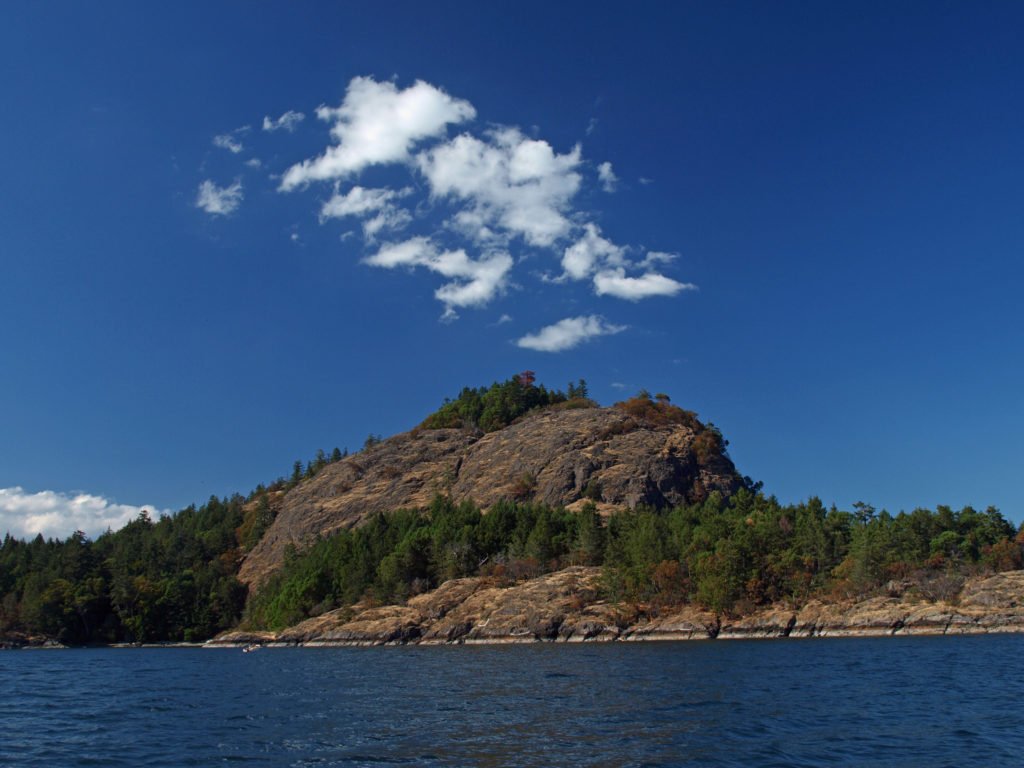 I’ve found that a good way to explore the Southern Gulf Islands by car is to base yourself on Salt Spring and pick an island to explore each day. North and South Pender Islands are connected by a bridge, so they can be explored in a day. Take another three days to explore Mayne, Saturna, and Galiano. That still leaves you several days to see all Salt Spring has to offer, even if you have only a week.
I’ve found that a good way to explore the Southern Gulf Islands by car is to base yourself on Salt Spring and pick an island to explore each day. North and South Pender Islands are connected by a bridge, so they can be explored in a day. Take another three days to explore Mayne, Saturna, and Galiano. That still leaves you several days to see all Salt Spring has to offer, even if you have only a week.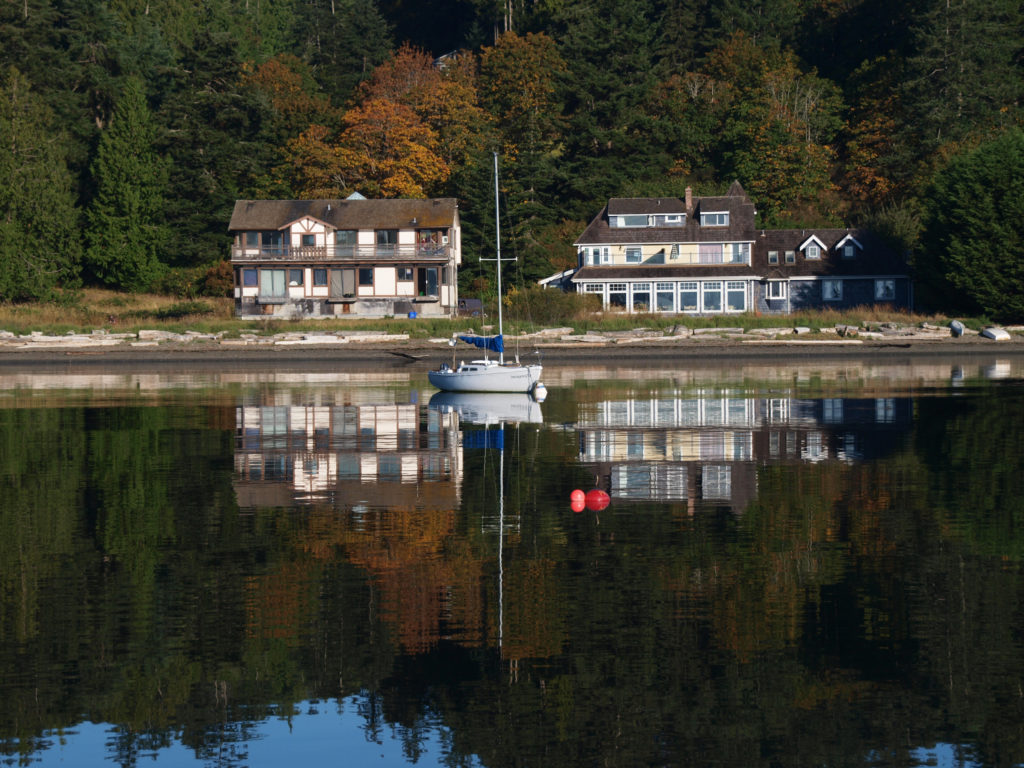
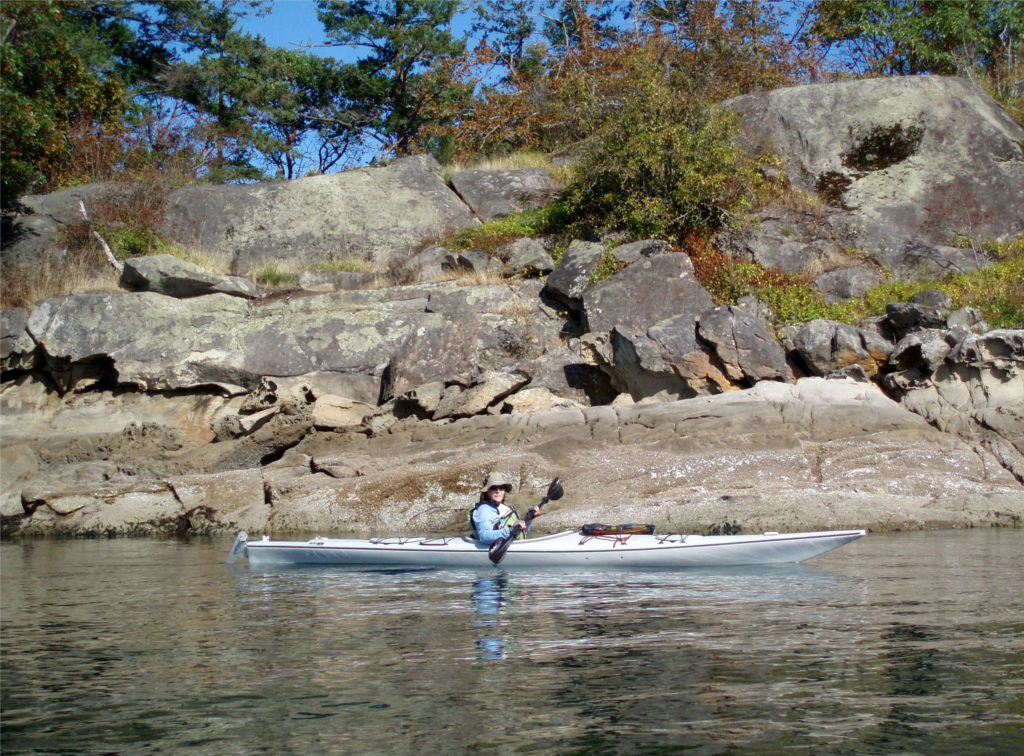 There is a bus system on Salt Spring Island, but public transportation is limited or nonexistent on the other islands. You can get around without a car, though. There is a unique
There is a bus system on Salt Spring Island, but public transportation is limited or nonexistent on the other islands. You can get around without a car, though. There is a unique 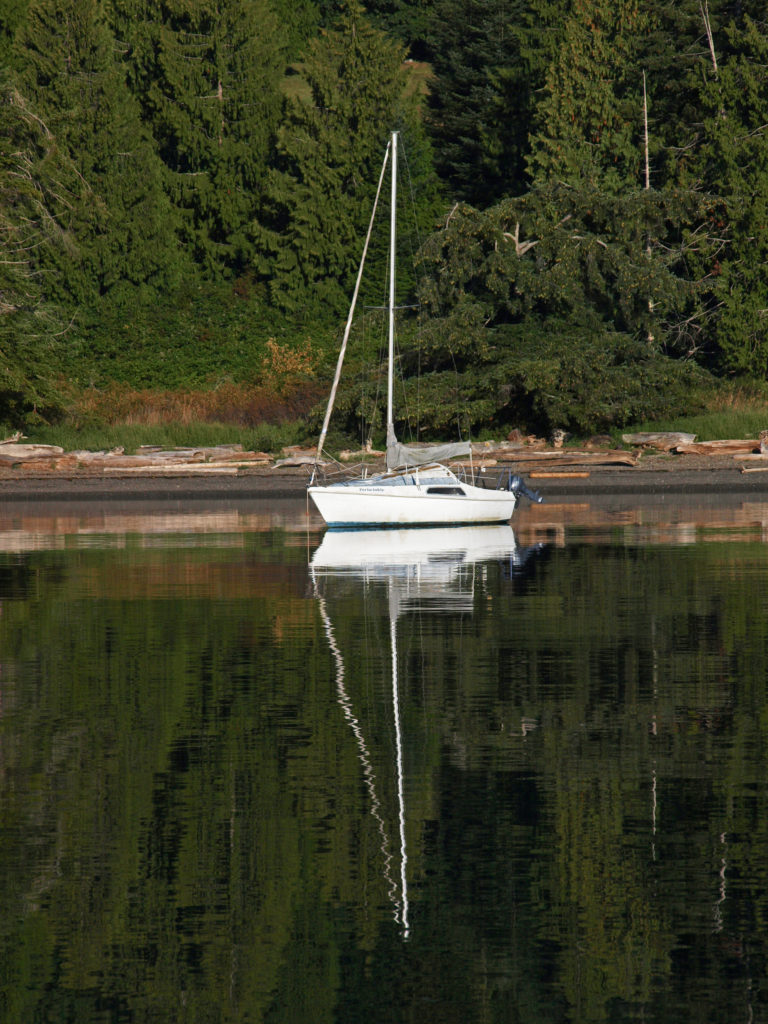 If you or one of your fellow travelers is an experience boater or sailor, you can charter a sailboat or power boat and explore the islands by sea. Full-service marinas are located at Sidney on Vancouver Island, and on Saltspring, Pender, Galiano, and Thetis Islands, and there are public docks on most of the islands. Winds and currents can be tricky and changeable in the narrow channels between the islands, so experience is essential and charter companies require proof of competence. But if you have the necessary qualifications, this is an excellent way to explore the Islands. We have done this, and I can personally recommend it.
If you or one of your fellow travelers is an experience boater or sailor, you can charter a sailboat or power boat and explore the islands by sea. Full-service marinas are located at Sidney on Vancouver Island, and on Saltspring, Pender, Galiano, and Thetis Islands, and there are public docks on most of the islands. Winds and currents can be tricky and changeable in the narrow channels between the islands, so experience is essential and charter companies require proof of competence. But if you have the necessary qualifications, this is an excellent way to explore the Islands. We have done this, and I can personally recommend it.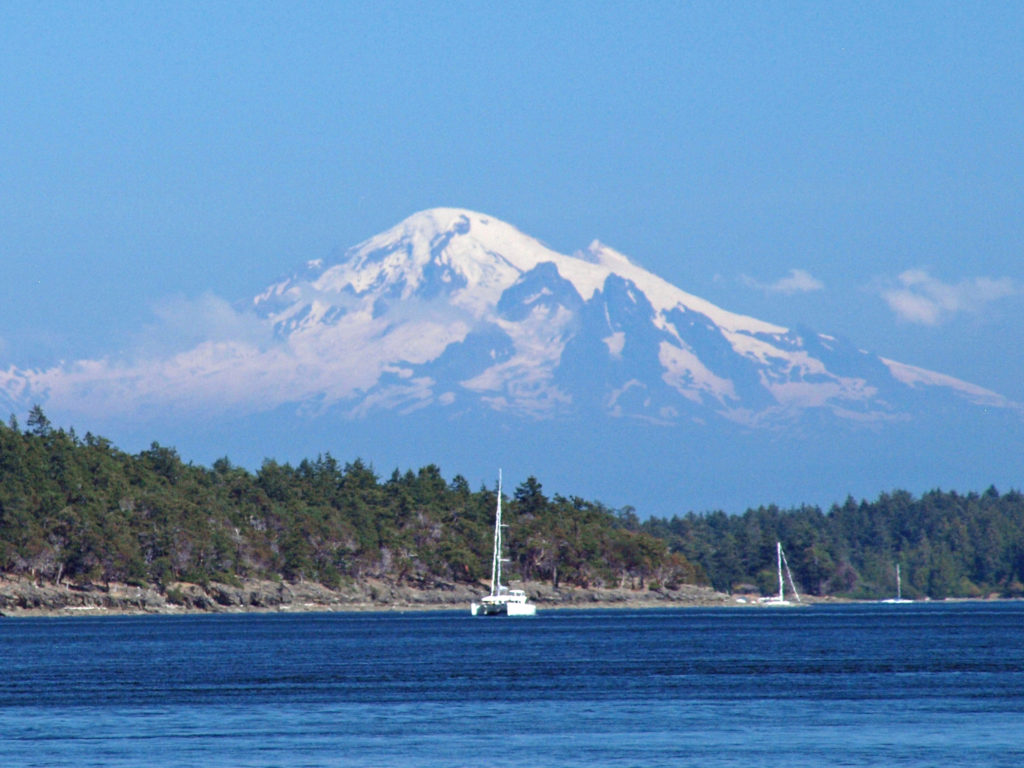 There are a wide variety of accommodations available on the islands, from full-service resorts and hotels to traditional B&Bs to single rooms available through Airbnb. One place that I can personally recommend is
There are a wide variety of accommodations available on the islands, from full-service resorts and hotels to traditional B&Bs to single rooms available through Airbnb. One place that I can personally recommend is 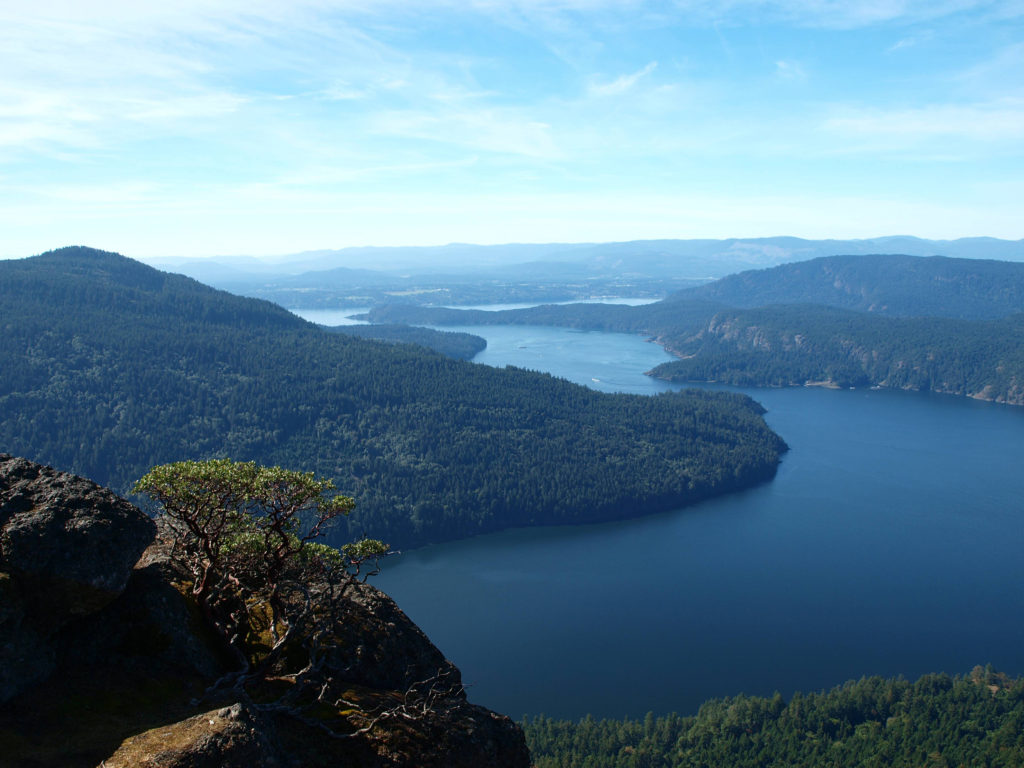 There are a number of
There are a number of 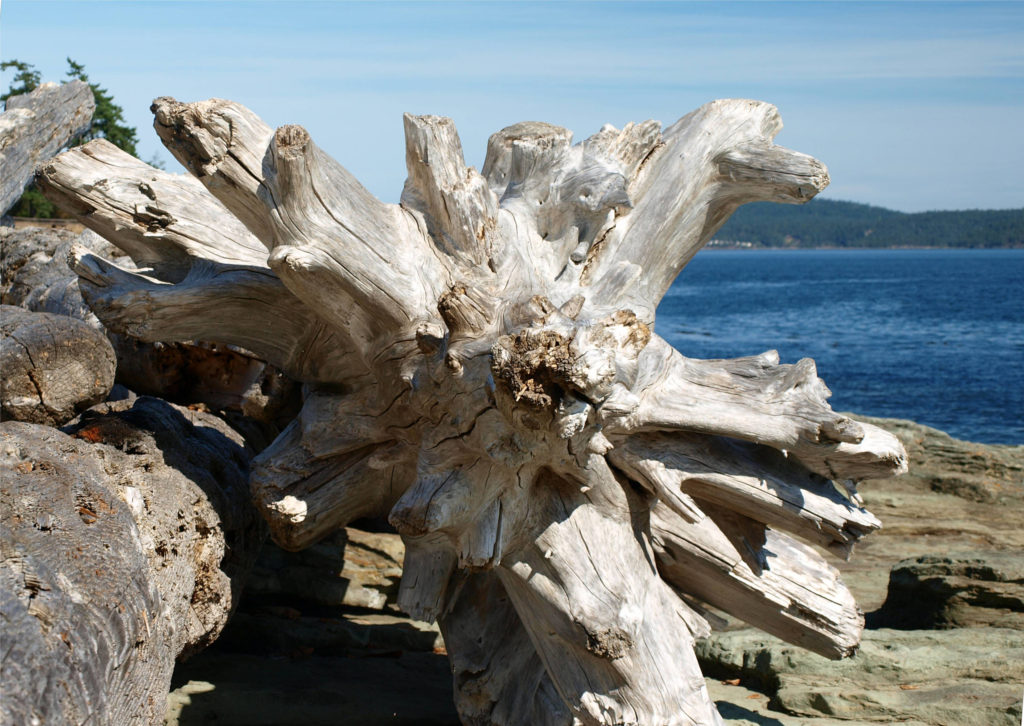 If you are a cheese lover, you’ll want to visit
If you are a cheese lover, you’ll want to visit 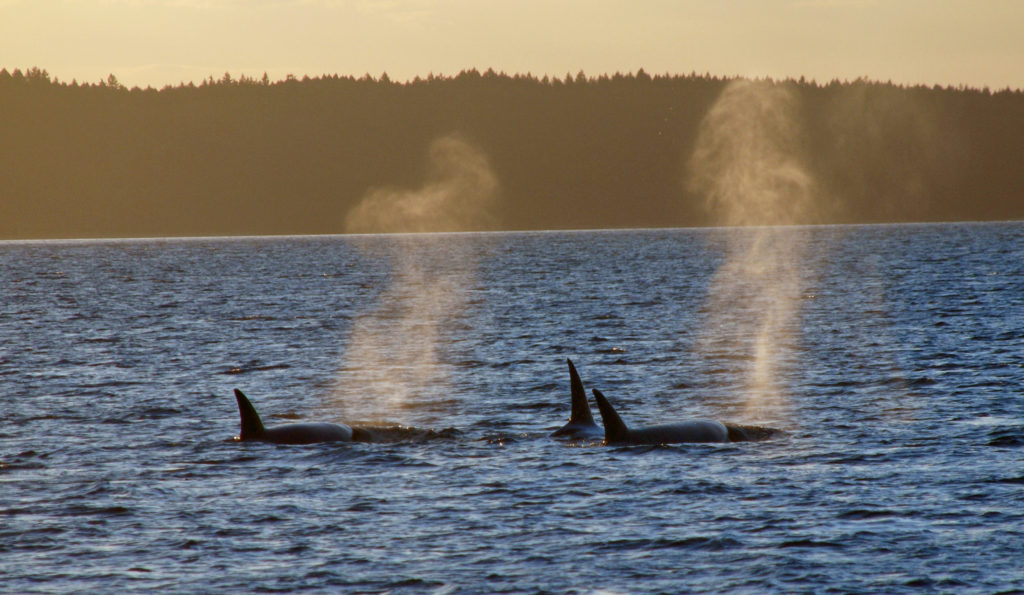
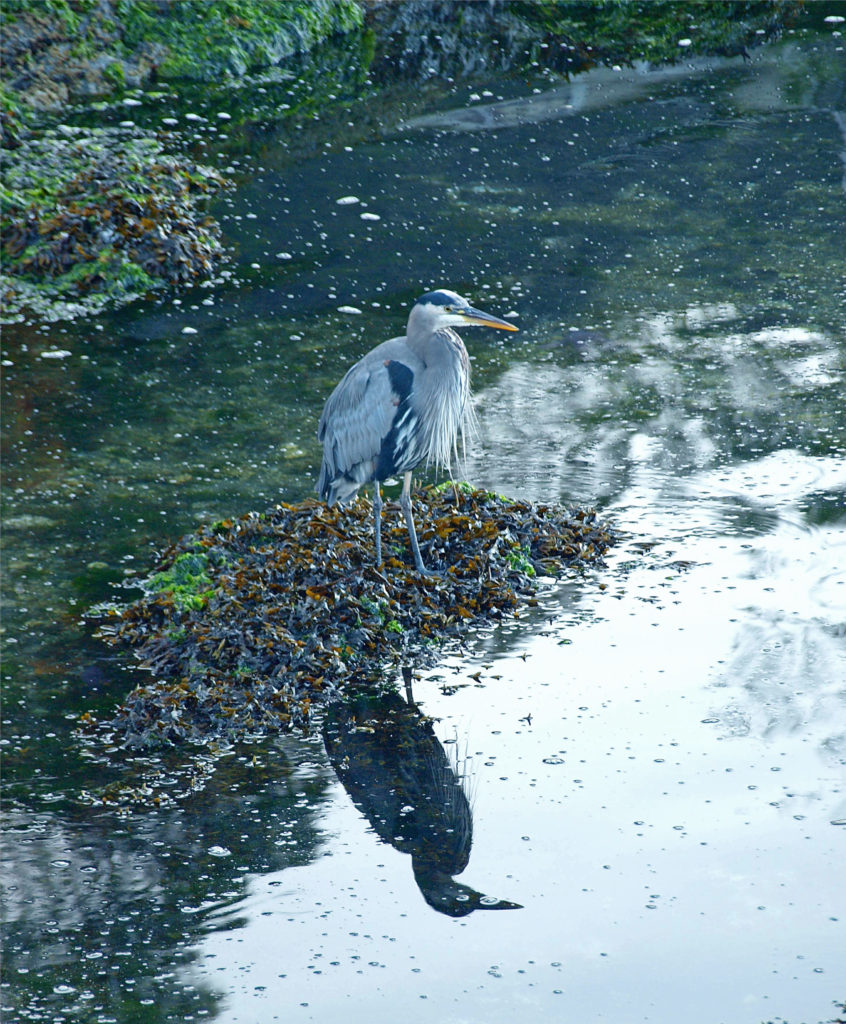
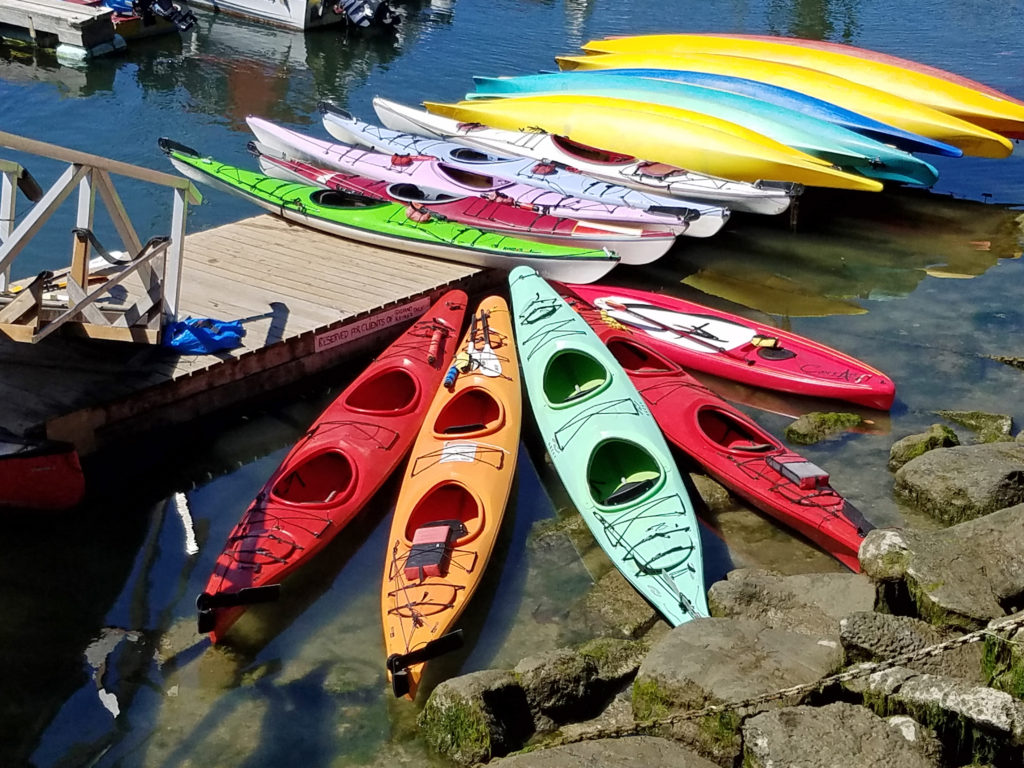 Originally posted July 2, 2018. Updated and re-posted February 17, 2021, and April 21, 2023.
Originally posted July 2, 2018. Updated and re-posted February 17, 2021, and April 21, 2023.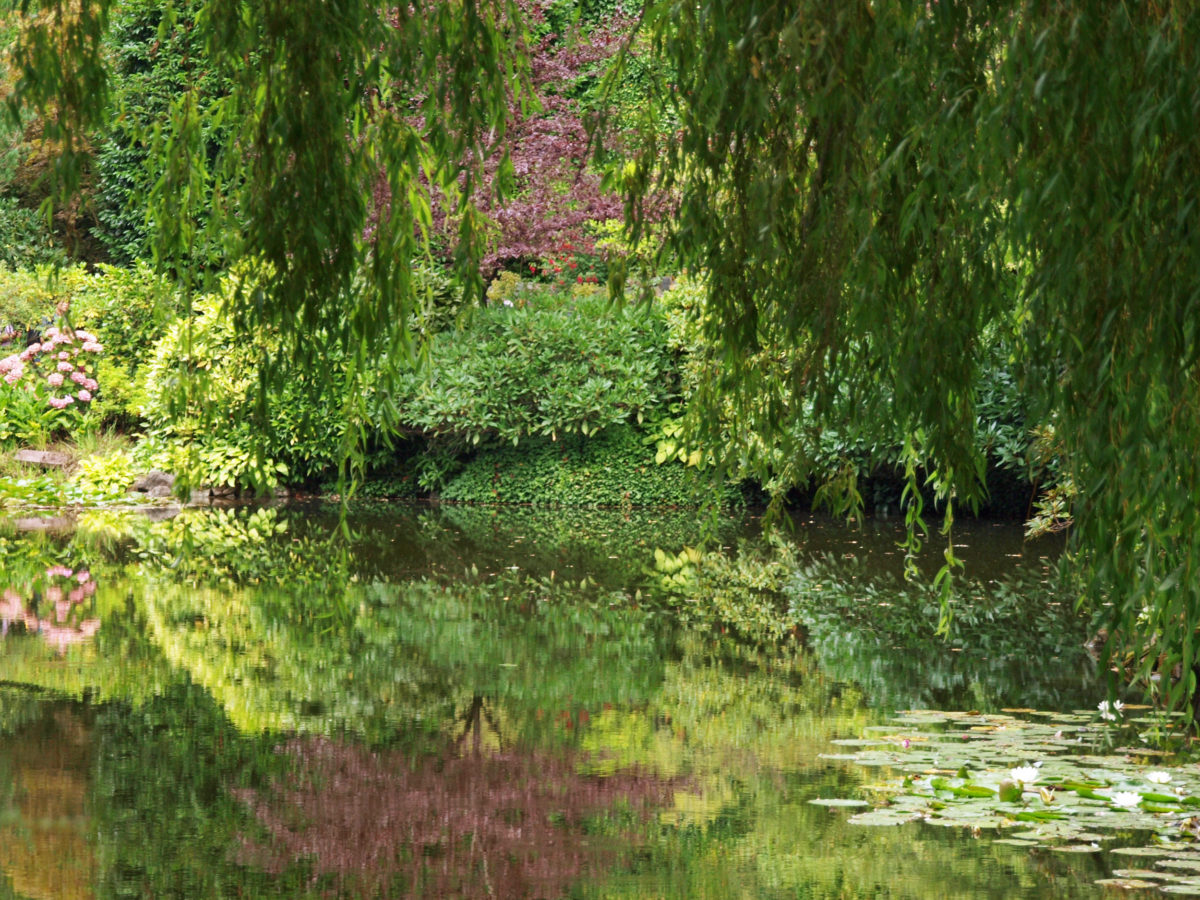
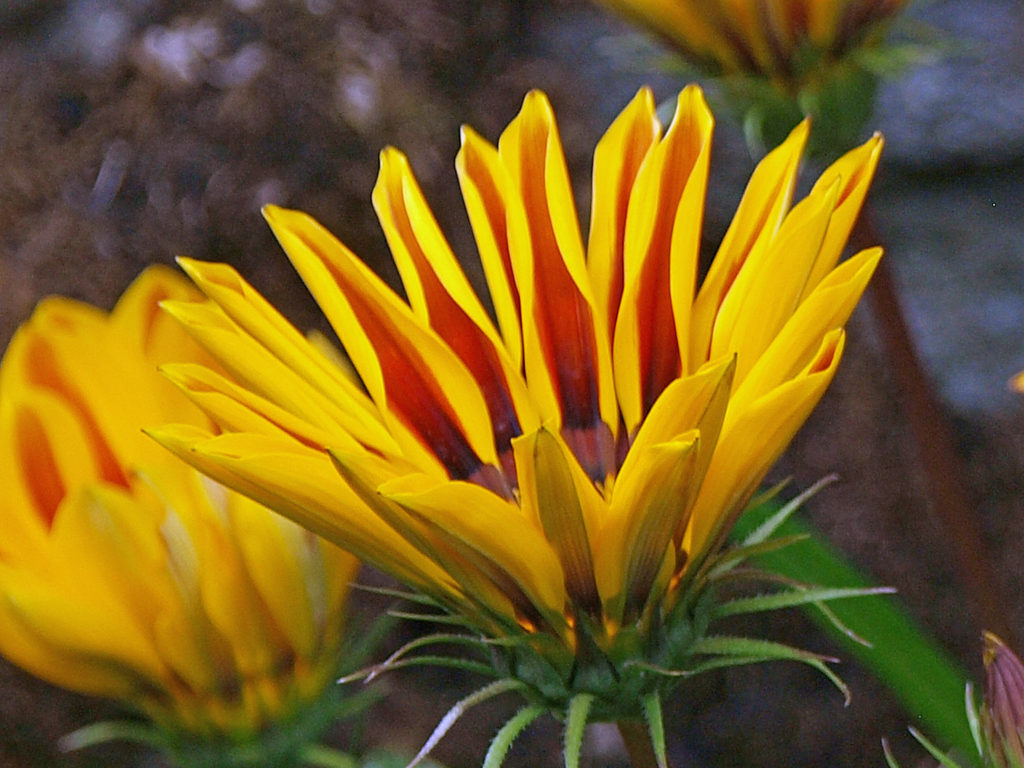
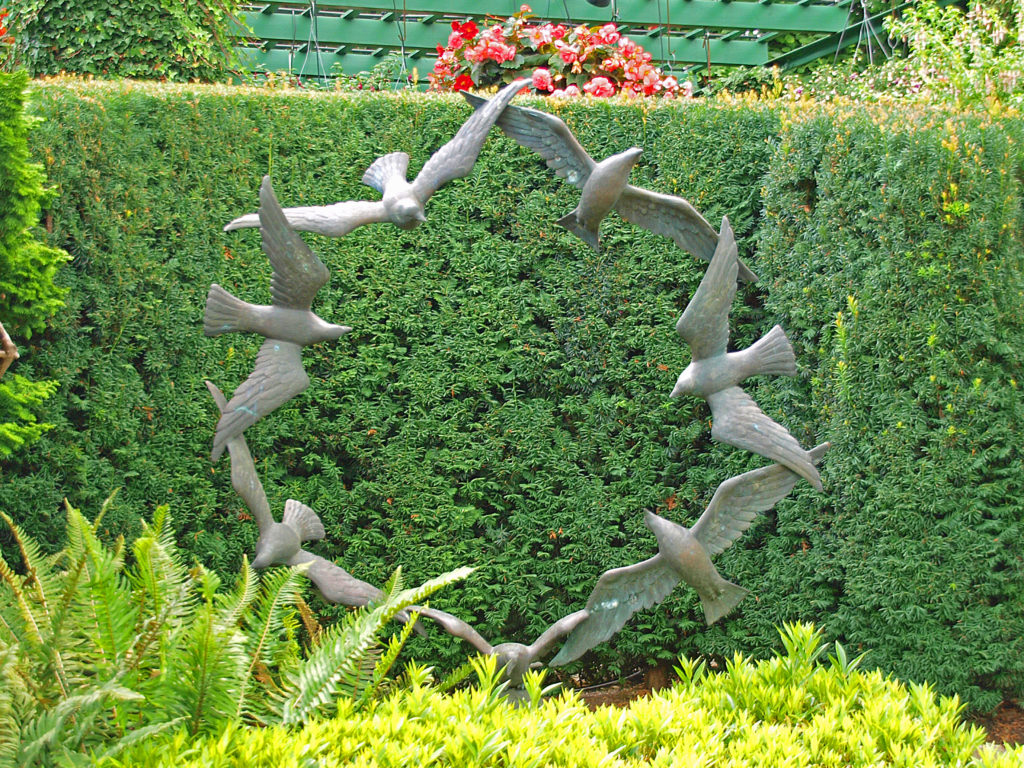 Jeanette (Jenny) Butchart created the gardens in the early 20th century. Her husband, Robert, owned a cement manufacturing business. He was drawn to Vancouver Island because of its abundant limestone deposits, a key ingredient in Portland cement. Near the turn of the 20th century he purchased the site of what is now Butchart Gardens and began mining limestone and manufacturing cement. In 1904 the Butcharts built their estate on land adjacent to the quarry. Shortly thereafter, Jenny Butchart hired Isaburo Kishida to design and build the Japanese Garden at the estate.
Jeanette (Jenny) Butchart created the gardens in the early 20th century. Her husband, Robert, owned a cement manufacturing business. He was drawn to Vancouver Island because of its abundant limestone deposits, a key ingredient in Portland cement. Near the turn of the 20th century he purchased the site of what is now Butchart Gardens and began mining limestone and manufacturing cement. In 1904 the Butcharts built their estate on land adjacent to the quarry. Shortly thereafter, Jenny Butchart hired Isaburo Kishida to design and build the Japanese Garden at the estate.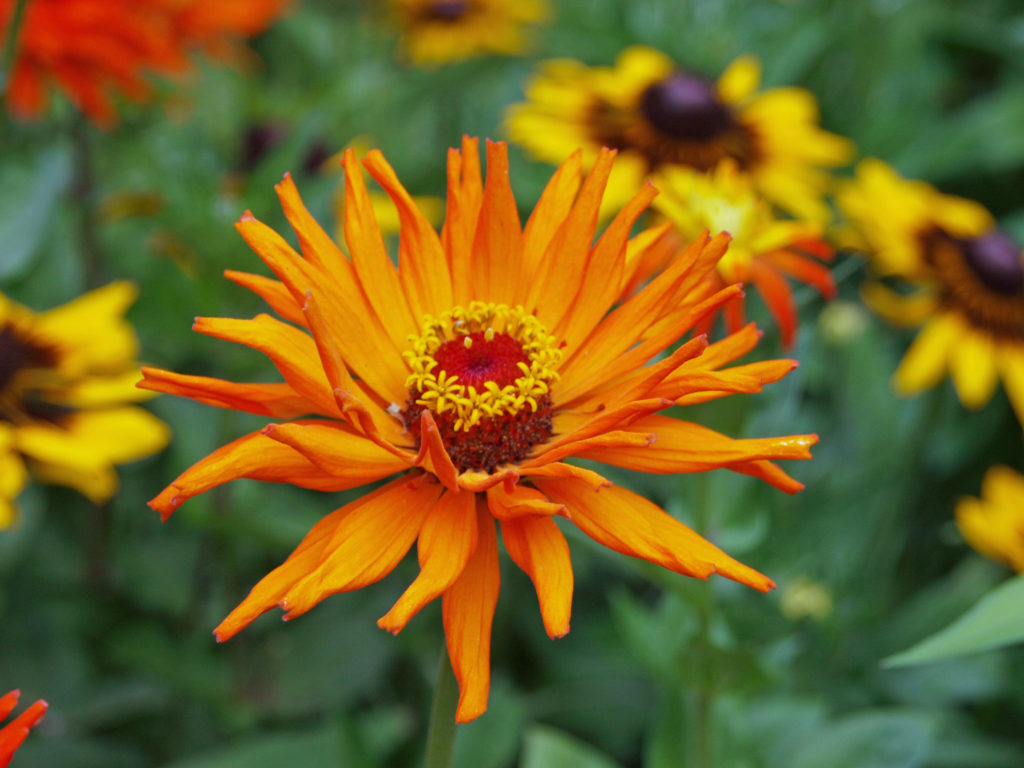
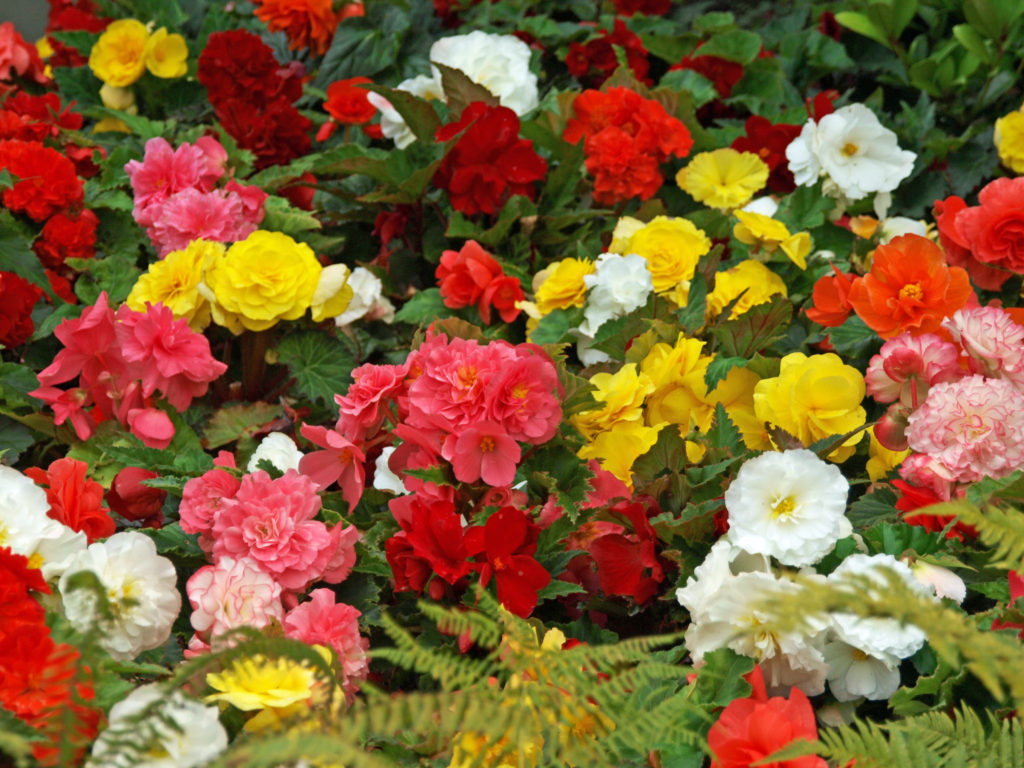
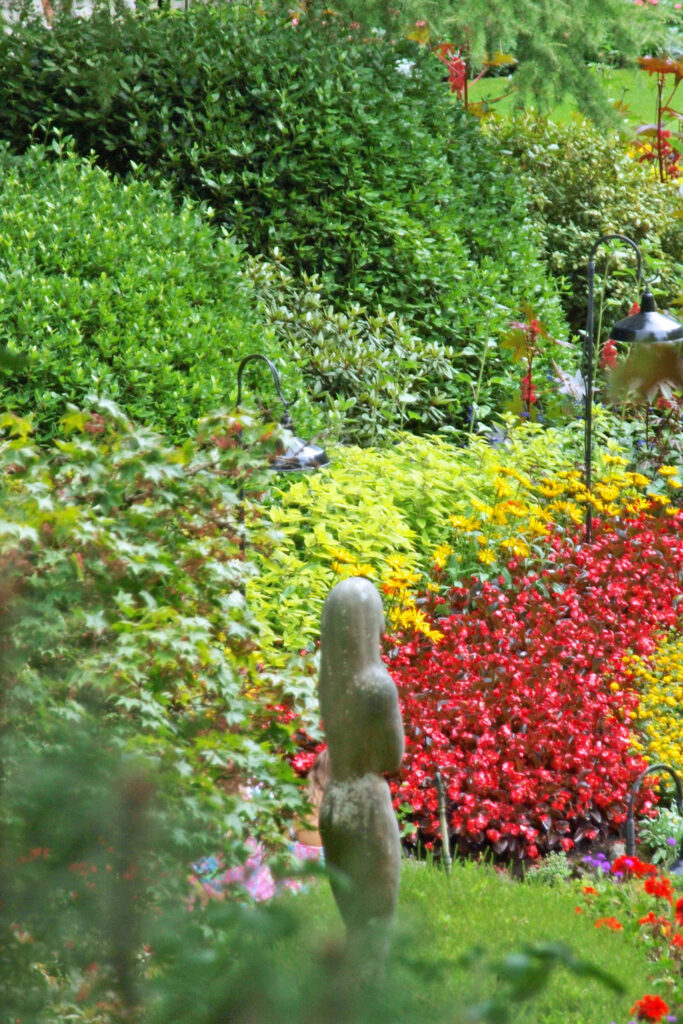
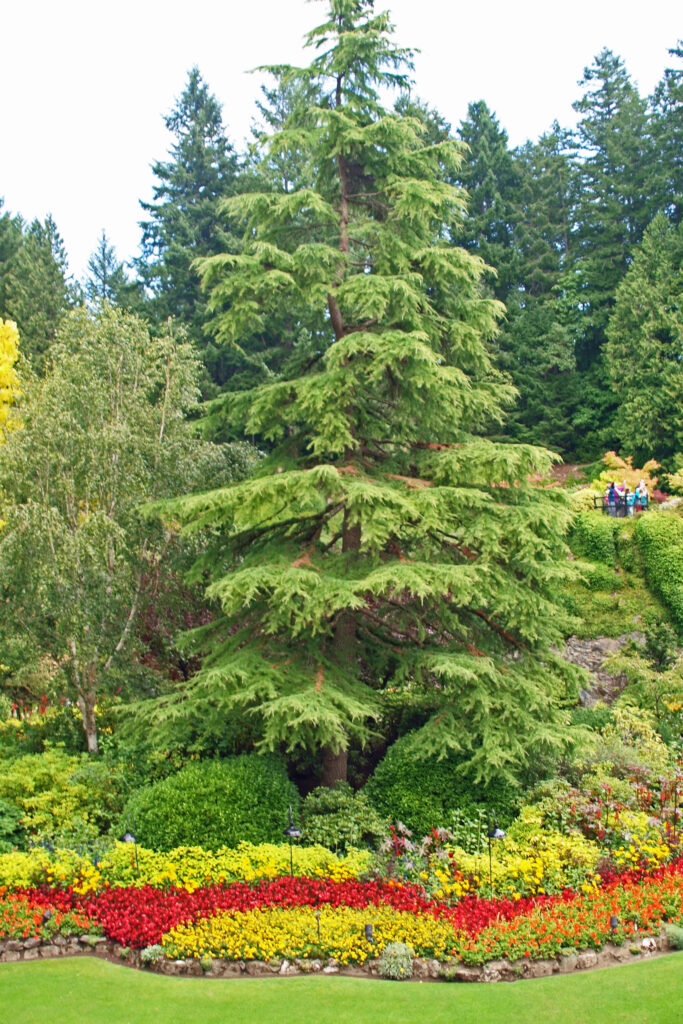
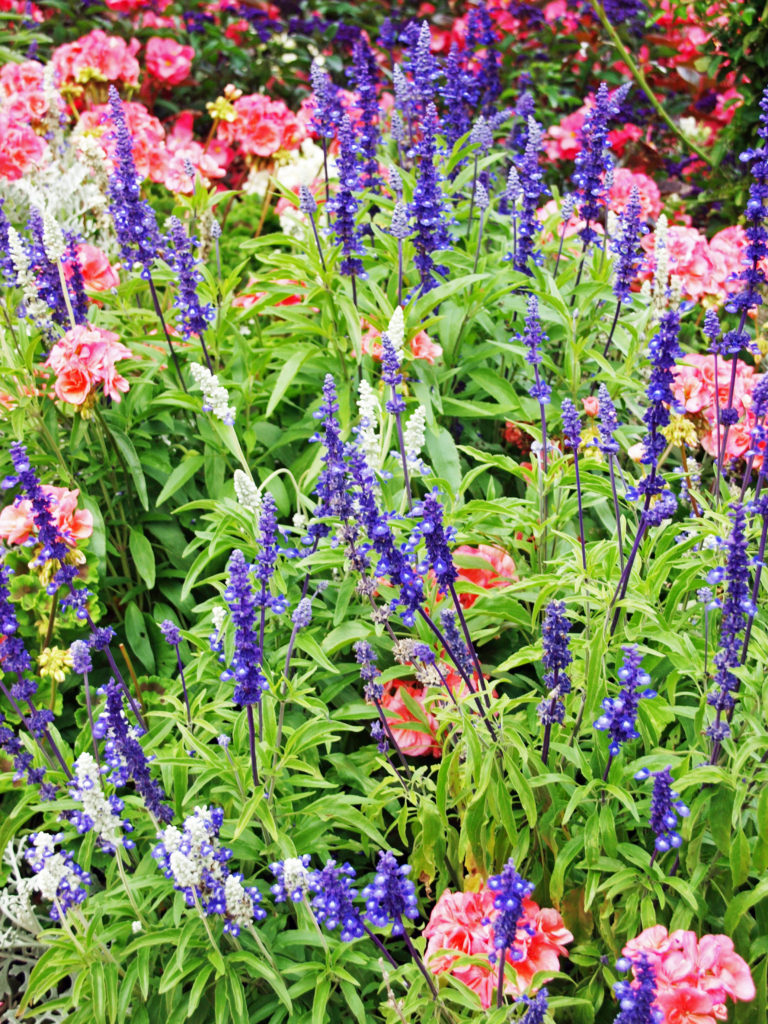
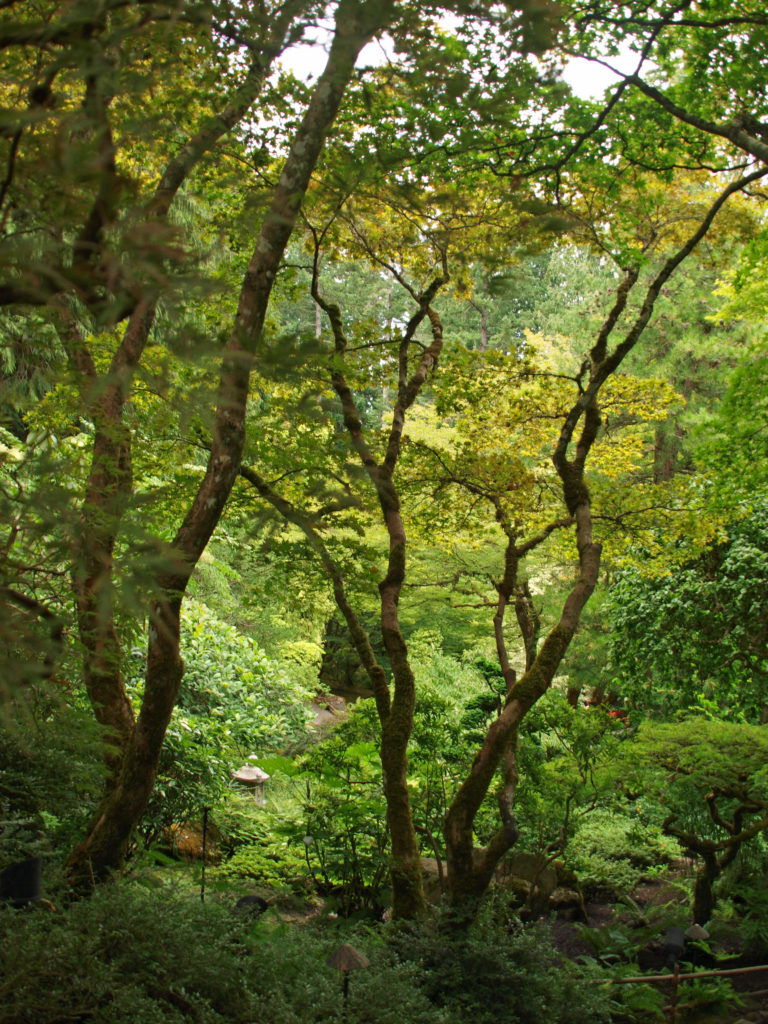 Numerous improvements and additions to the Gardens have been made over the years. In 1953 Ian Ross added lighting to illuminate the Gardens at night, and in 1964 the Ross Fountain was installed in the lower reservoir in the Sunken Garden. The two large totem poles next to the Fireworks Lawn were erected in 2004. In 2009 Robin-Lee Clarke added the Children’s Pavillion and the Rose Carousel.
Numerous improvements and additions to the Gardens have been made over the years. In 1953 Ian Ross added lighting to illuminate the Gardens at night, and in 1964 the Ross Fountain was installed in the lower reservoir in the Sunken Garden. The two large totem poles next to the Fireworks Lawn were erected in 2004. In 2009 Robin-Lee Clarke added the Children’s Pavillion and the Rose Carousel.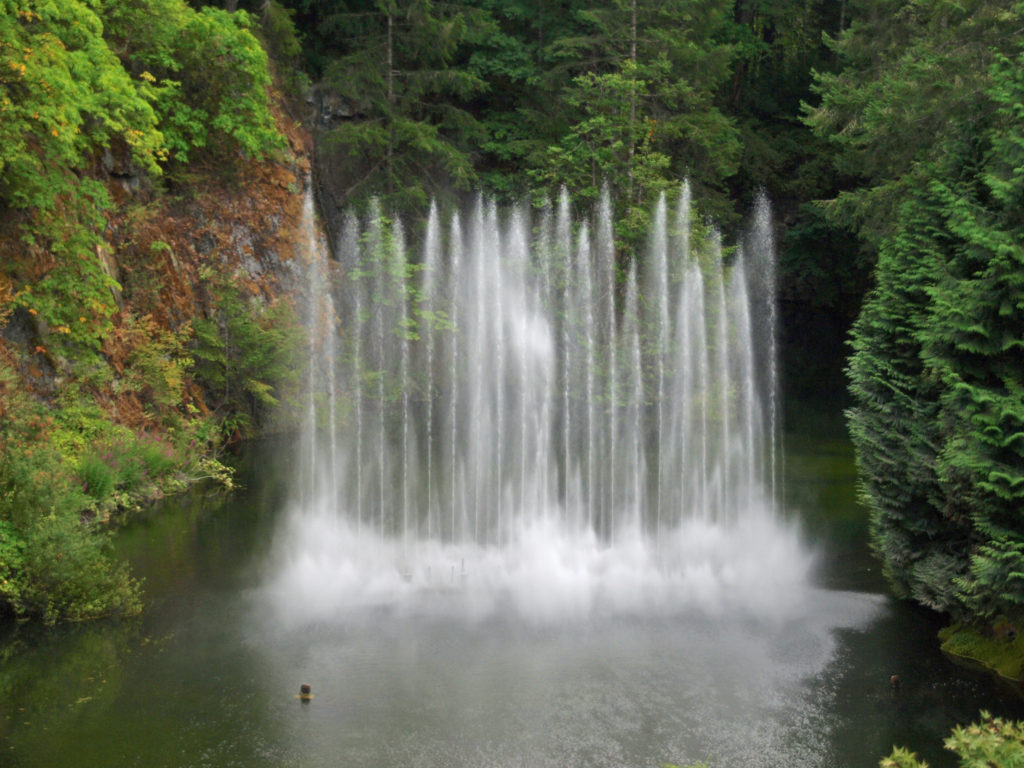
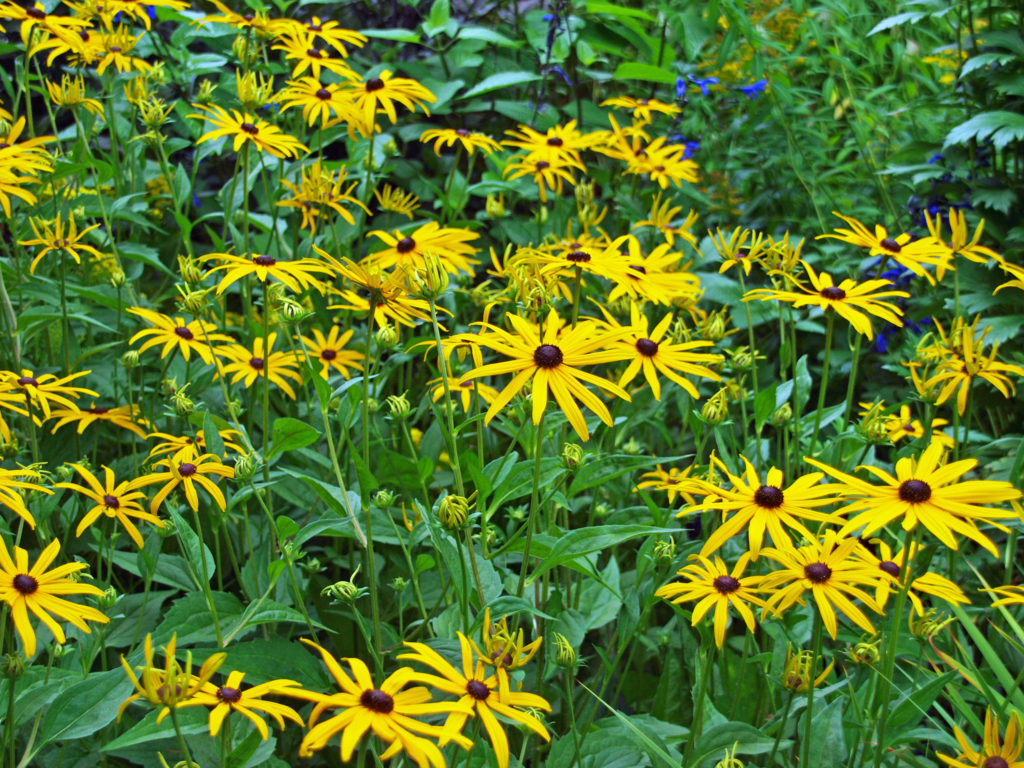
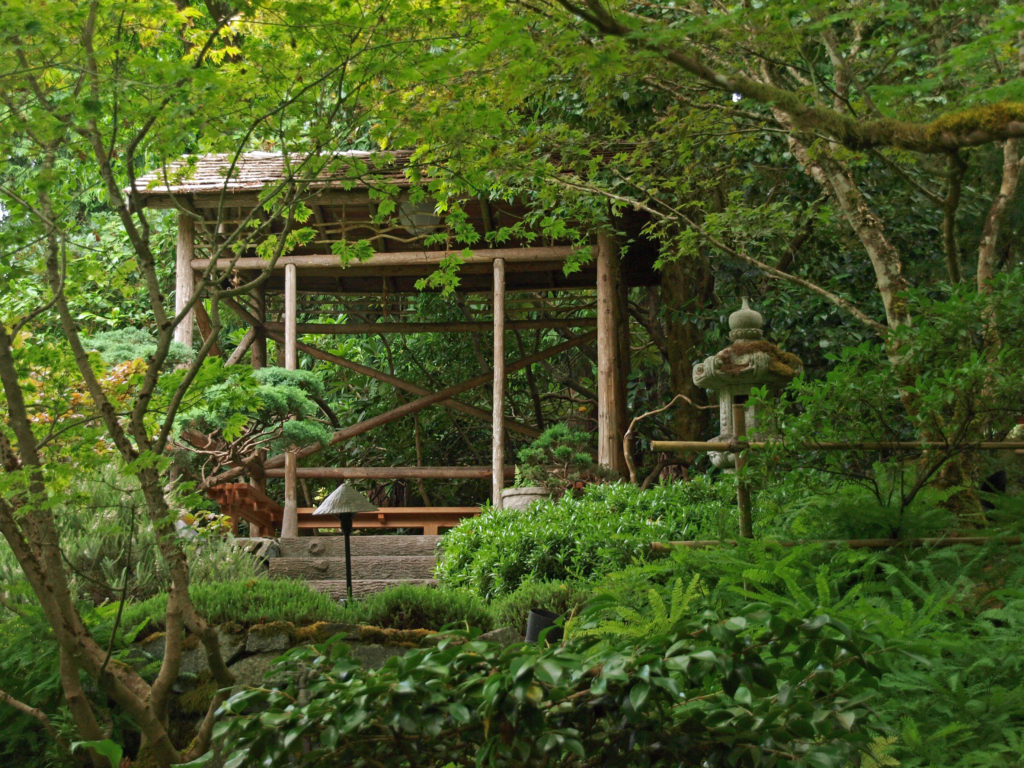
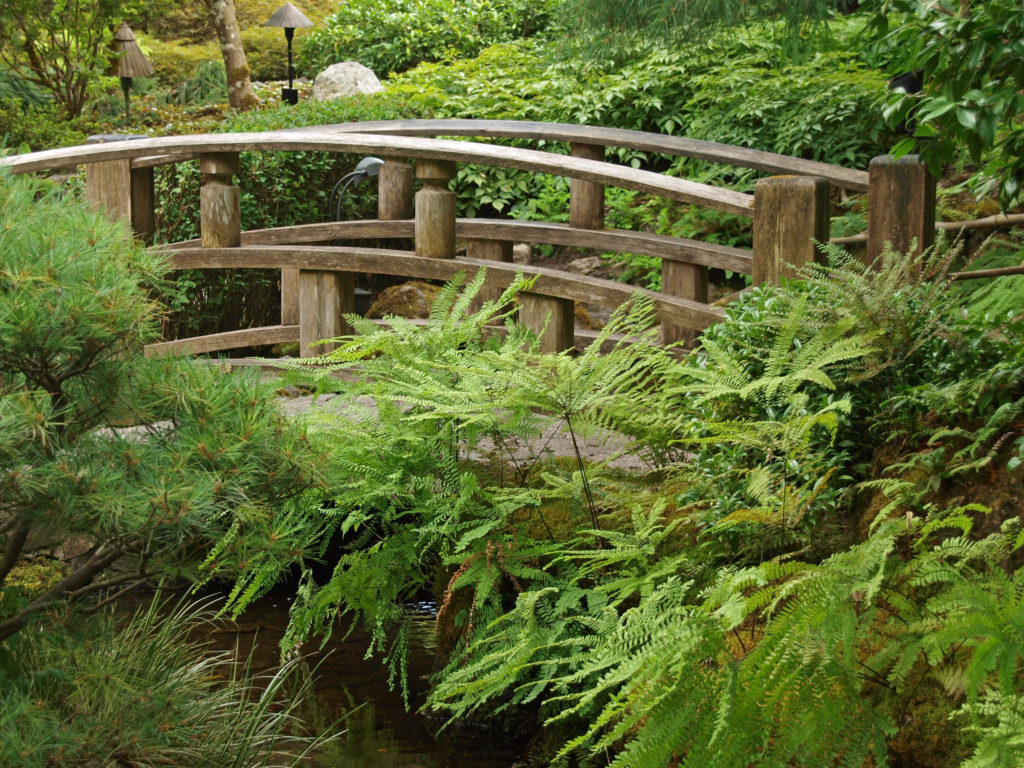
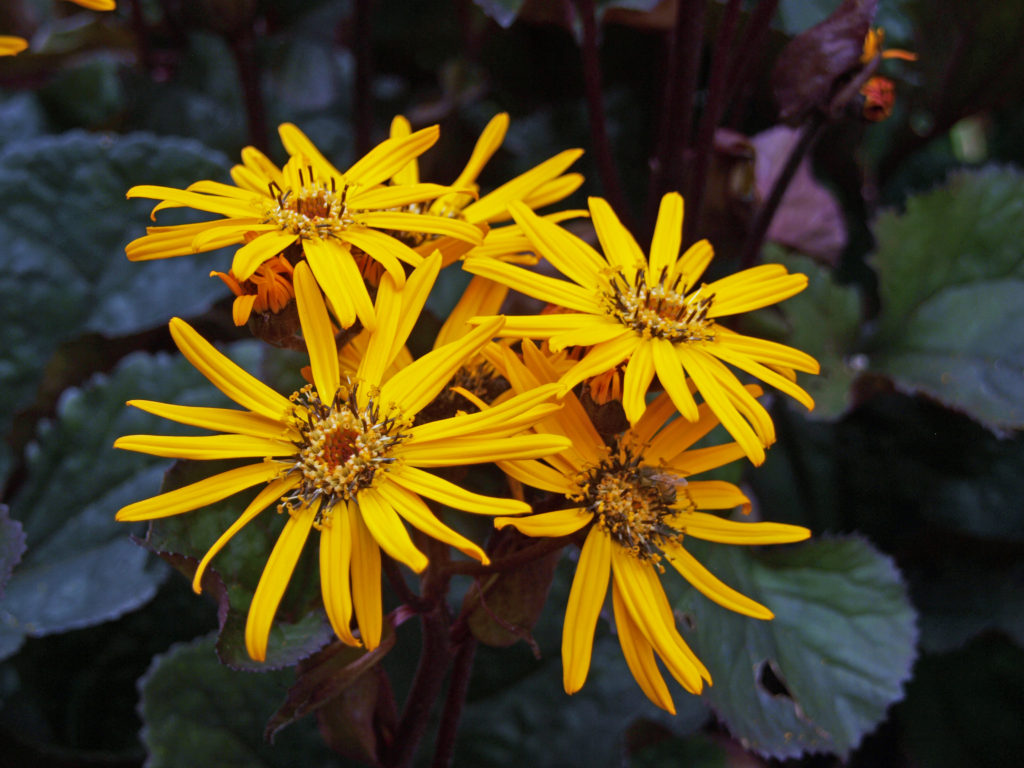
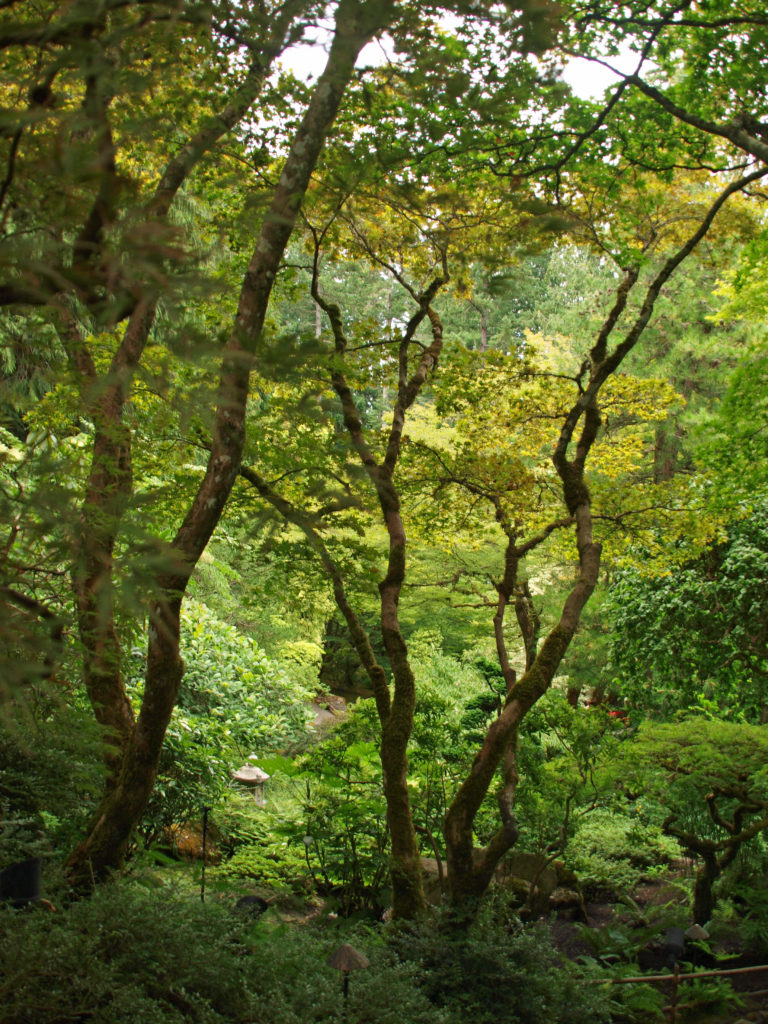
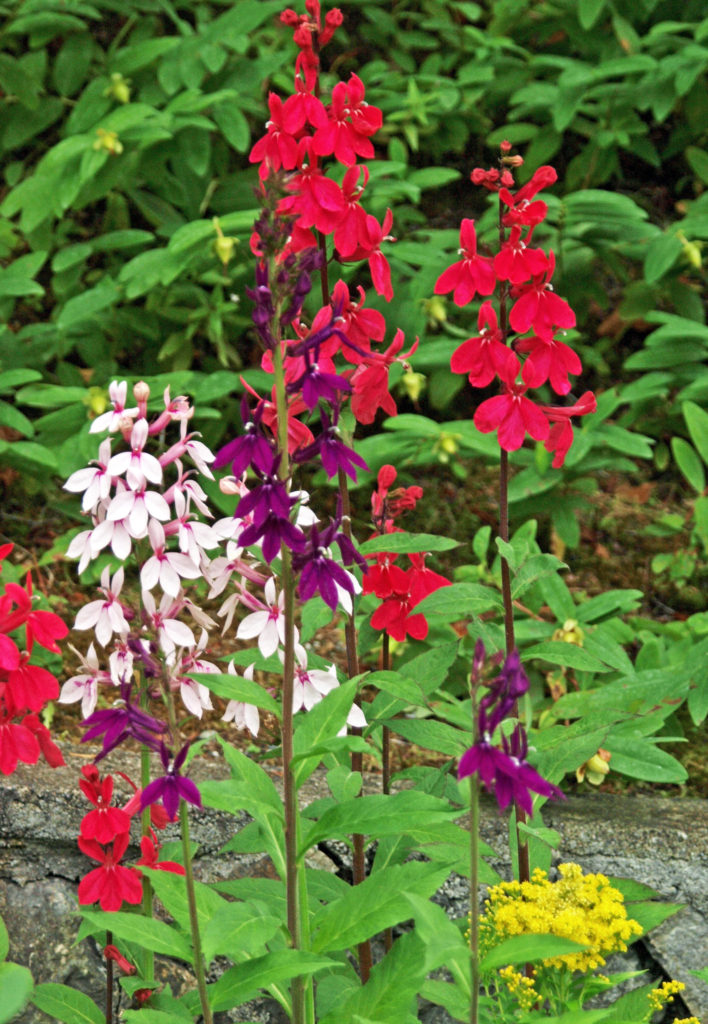 There have been a few reviews that have called the Gardens overpriced and under-whelming, but that’s definitely a minority opinion. And I’m siding with the majority here. Butchart Gardens may not be my favorite garden, but in my opinion the Gardens reputation and World Heritage Site designation are well deserved. And the Gardens are so beautiful that the cost of admission and the crowds shouldn’t dissuade anyone from visiting. If you have never been to Butchart Gardens, they should be on your bucket list, if they aren’t already. And now is as good a time as any to start planning a trip to
There have been a few reviews that have called the Gardens overpriced and under-whelming, but that’s definitely a minority opinion. And I’m siding with the majority here. Butchart Gardens may not be my favorite garden, but in my opinion the Gardens reputation and World Heritage Site designation are well deserved. And the Gardens are so beautiful that the cost of admission and the crowds shouldn’t dissuade anyone from visiting. If you have never been to Butchart Gardens, they should be on your bucket list, if they aren’t already. And now is as good a time as any to start planning a trip to 